In May, I took a couple weeks off to visit Japan for my first time.
I flew in on a Monday night. After a brief layover in Hong Kong, I arrived in Tokyo and settled into an Airbnb.
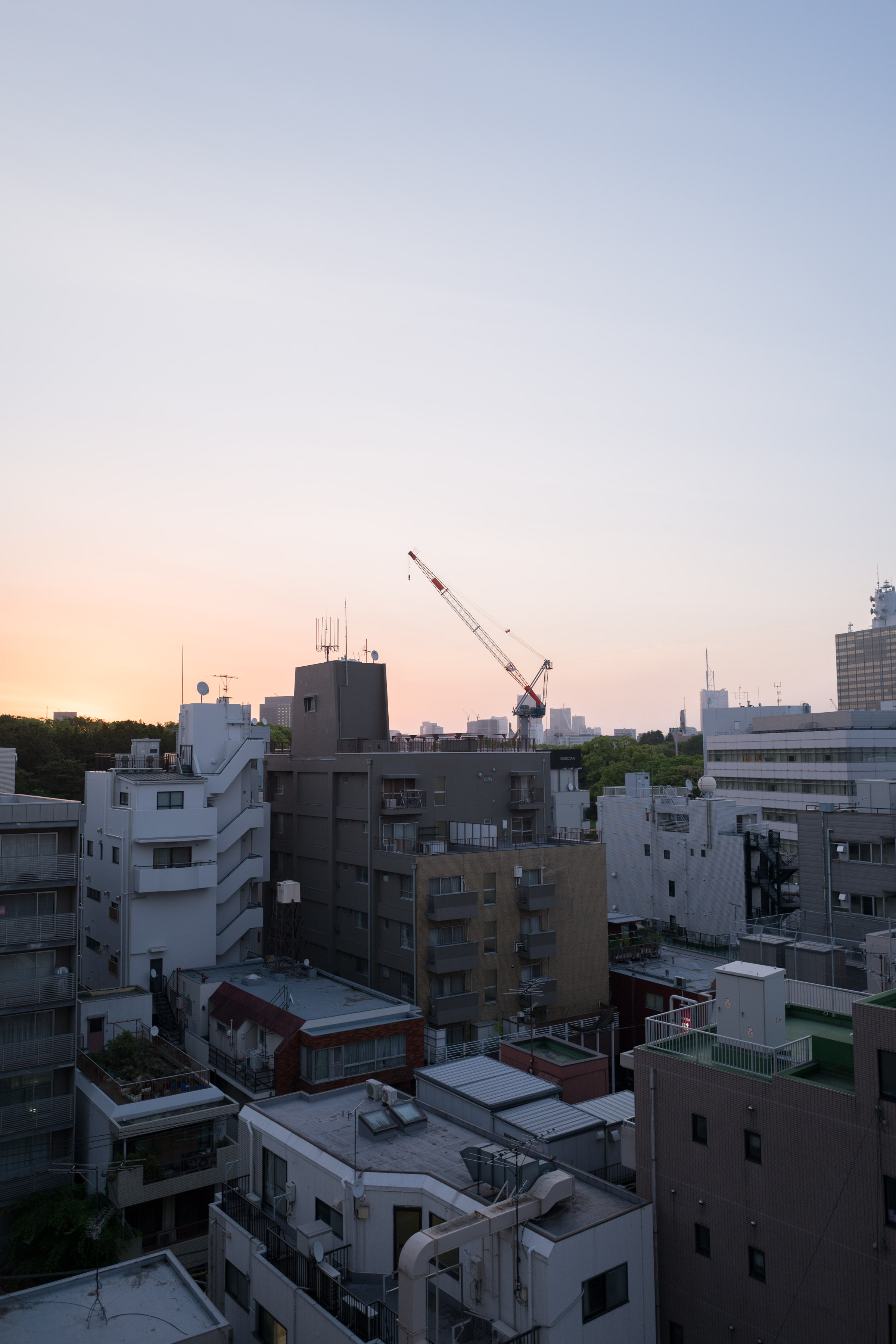
I woke up at 4am (still getting used to the timezone change) and was surprised to see the sun was already up.
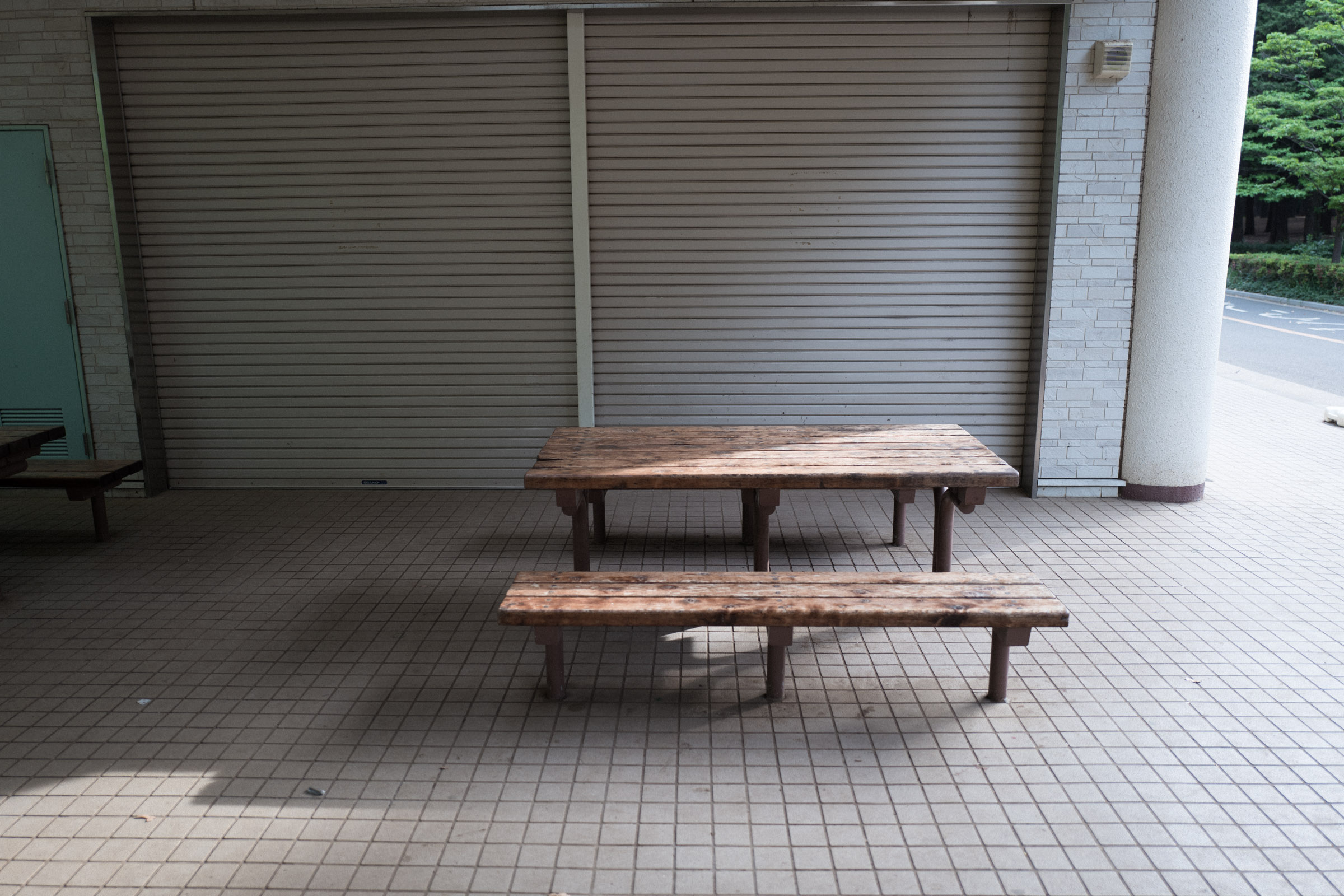
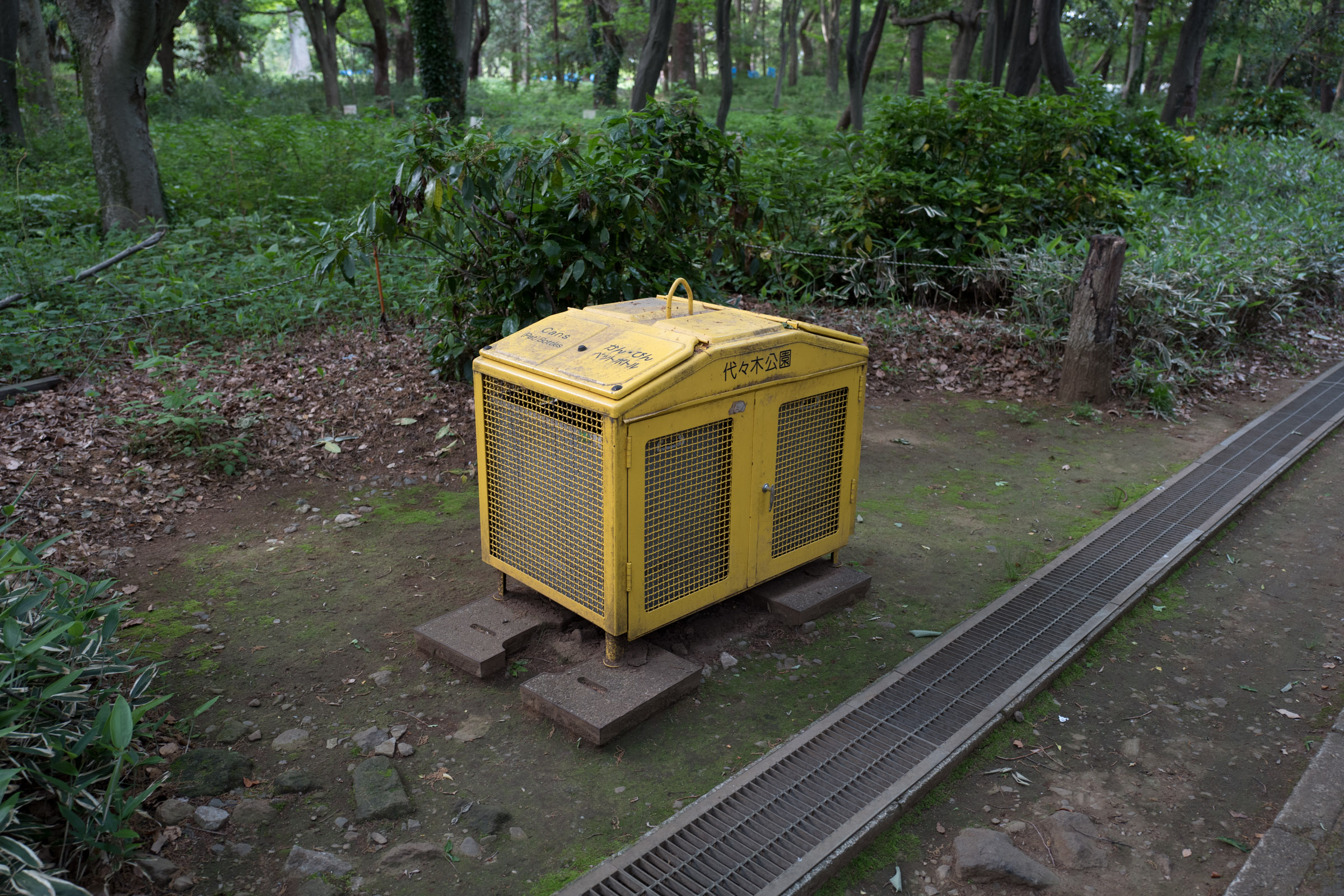
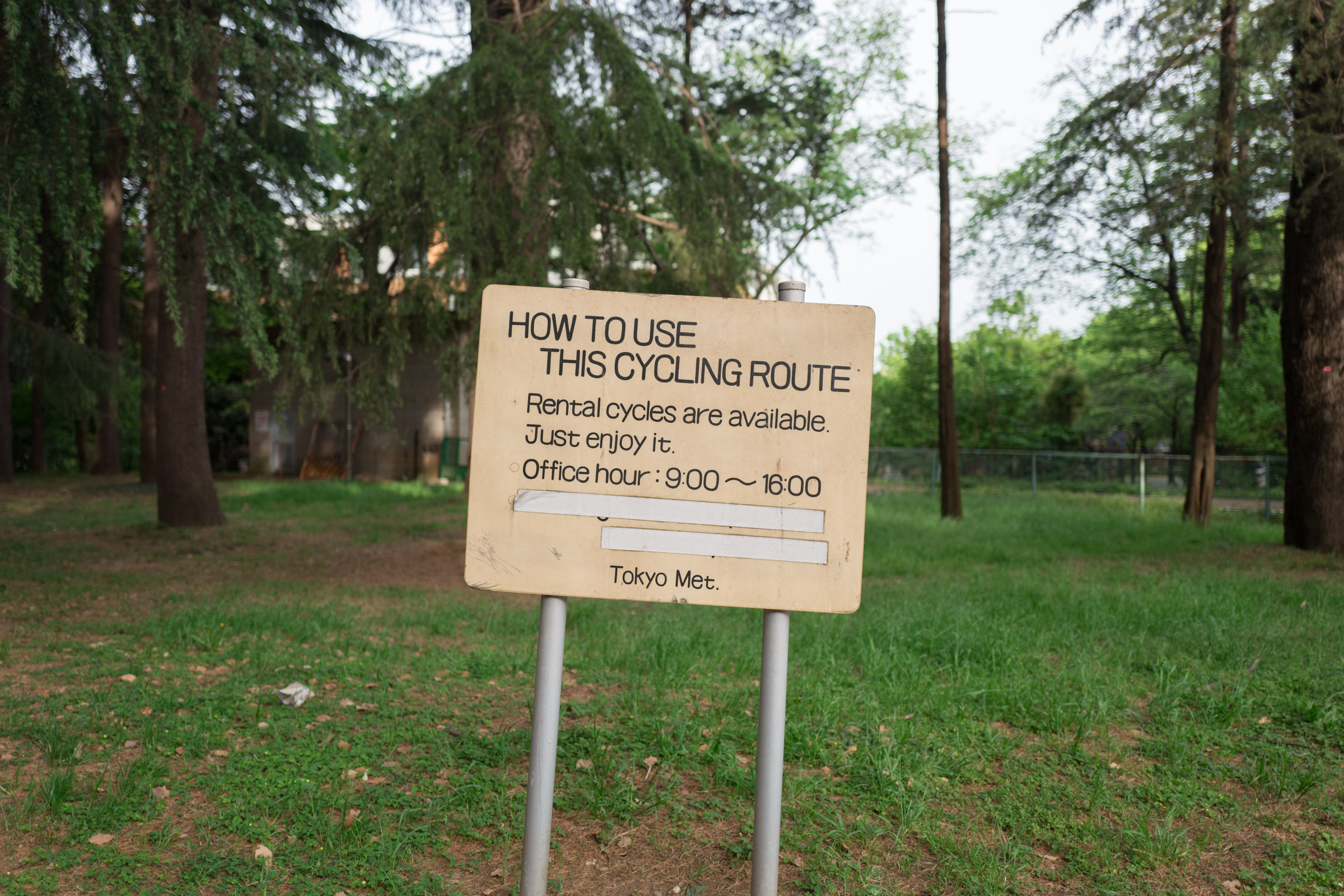
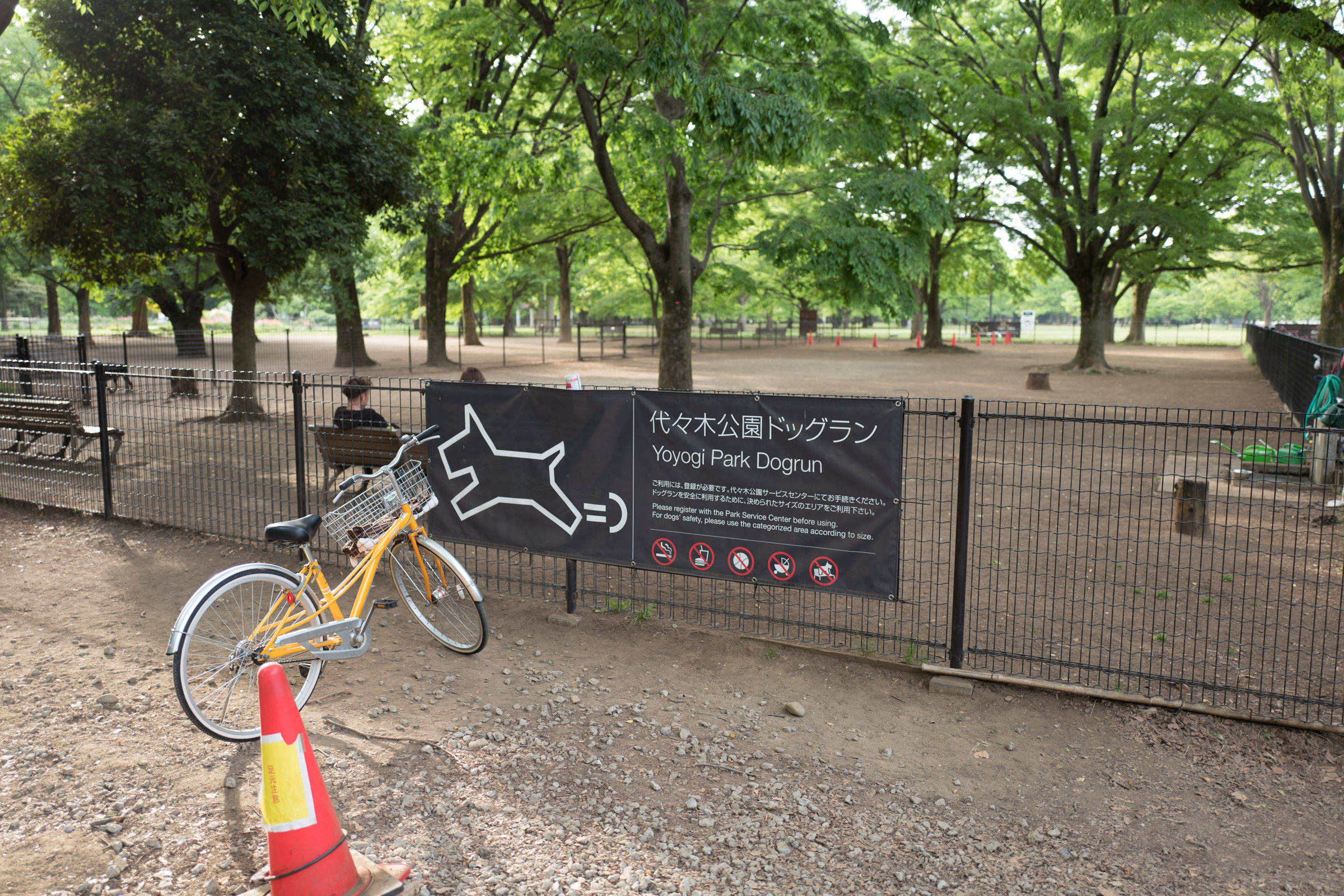
My place was in Shibuya near Yoyogi park, one of the largest parks in Tokyo. I walked through here on the first few mornings, stopping to watch the dogs play in the dog park.
There’s something strange about hearing people talk to dogs in another language. Would they understand me if I talked to them?
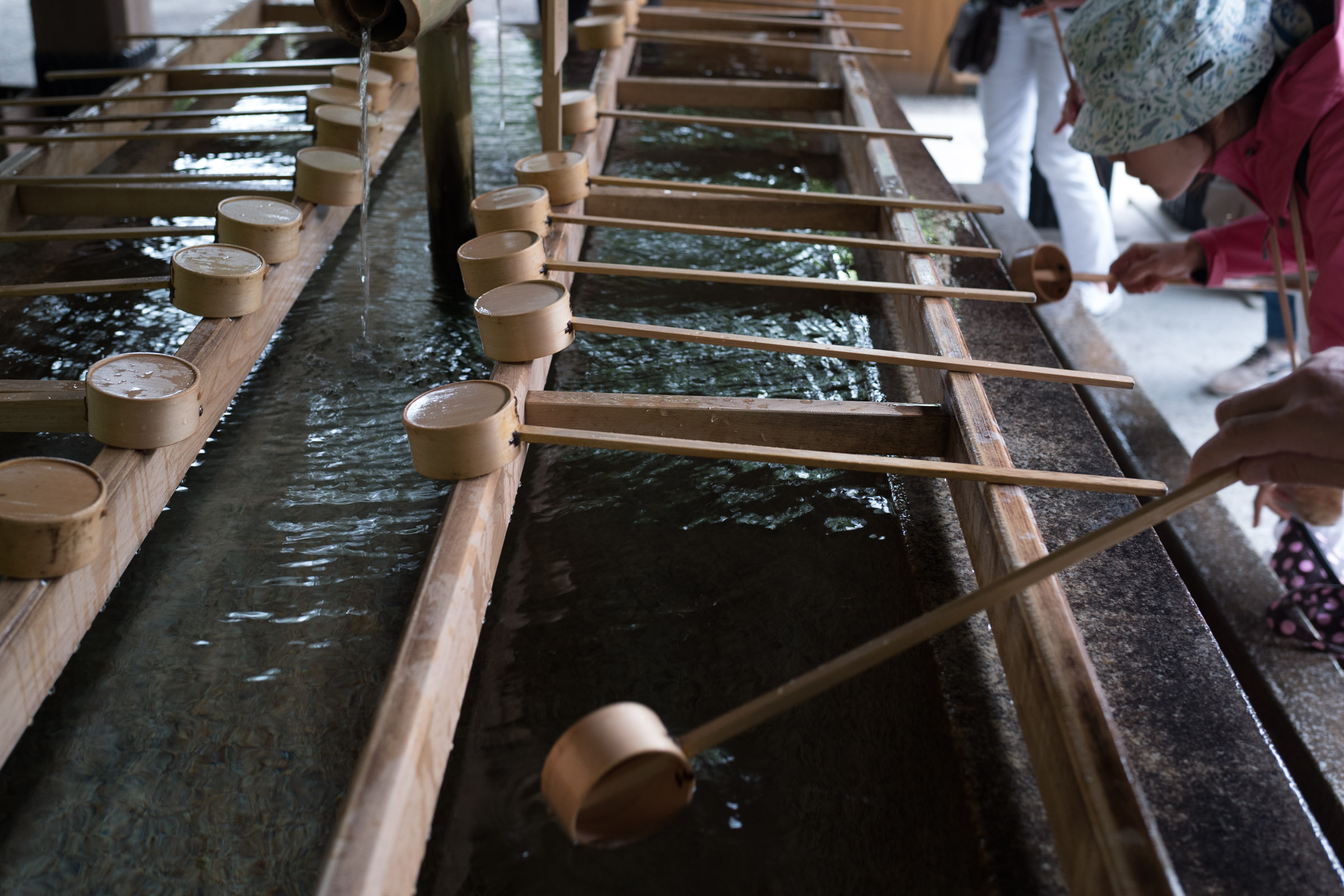


Inside Yoyogi park is the Meiji shrine, one of the largest Shinto shrines in Tokyo.
The enormity of the shrine’s forest caught me by surprise. I was expecting modest trees, like those in the park around it. Instead, it was as if I had walked into a scene from Princess Mononoke.
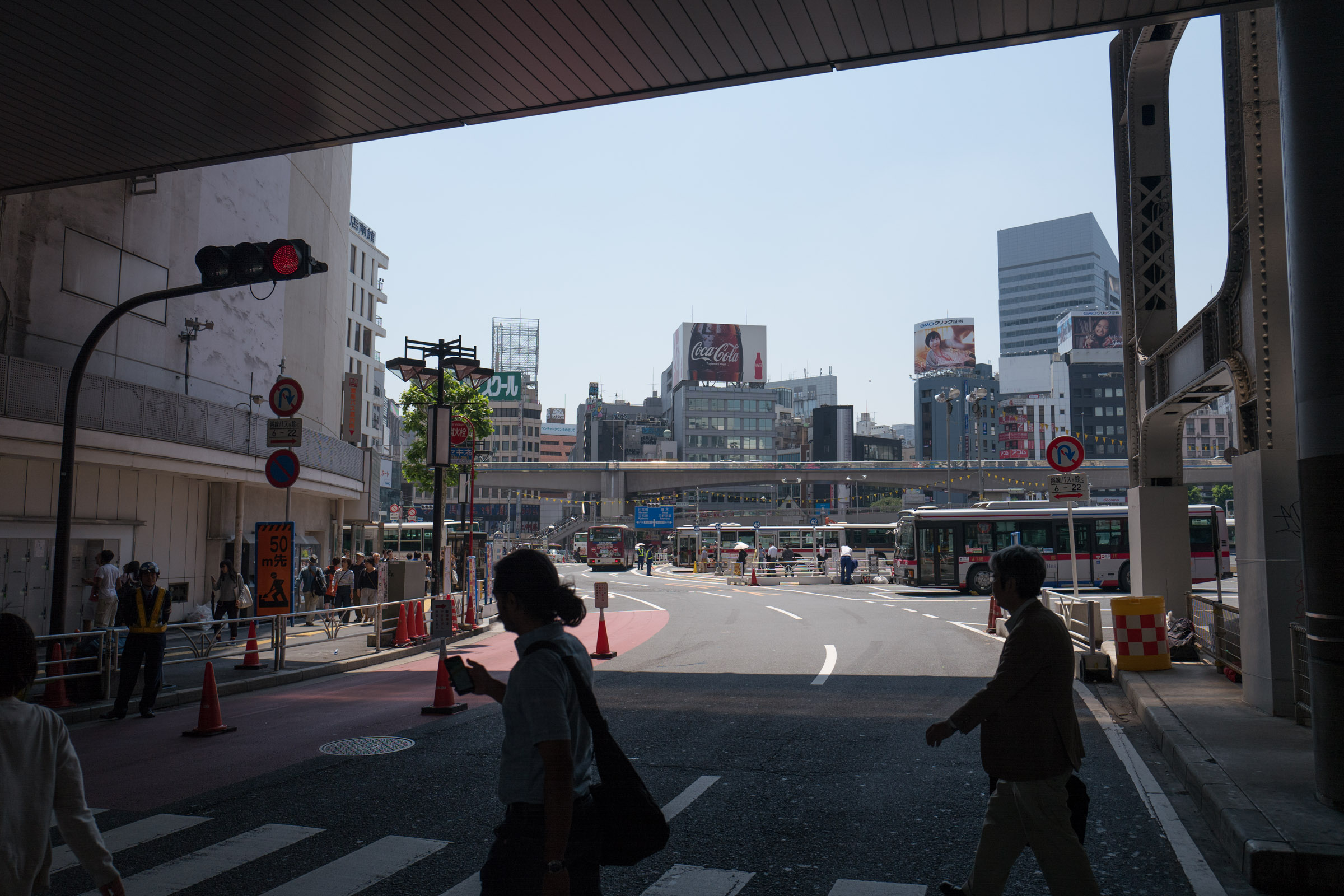
Hit up a few of the main neighbourhoods: Shinjuku, Harakuju, and walked around near the Shibuya crossing.
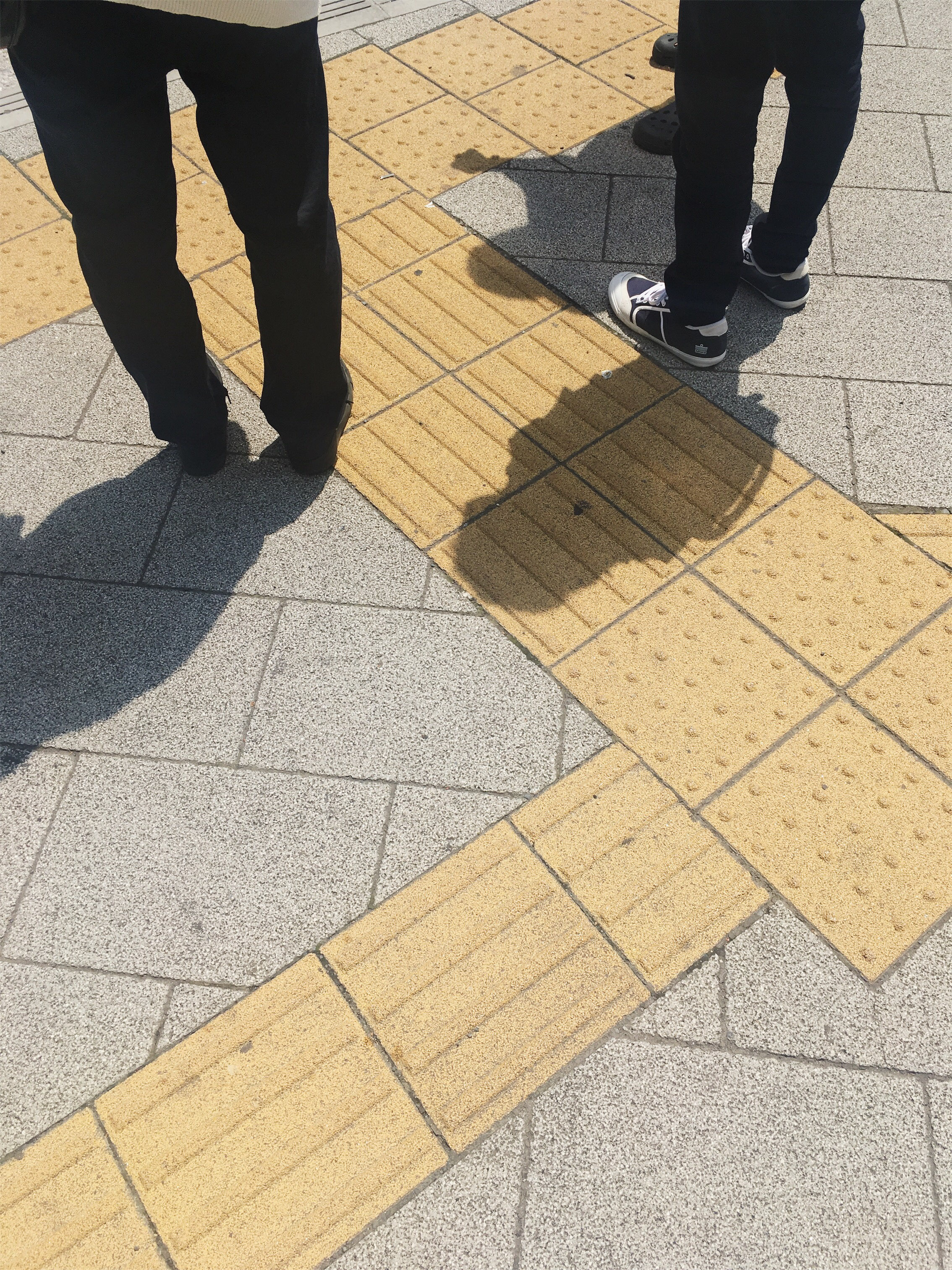
These yellow raised tracks were on most sidewalks, and served to both divide traffic and help guide people with visual impairments. Clever.
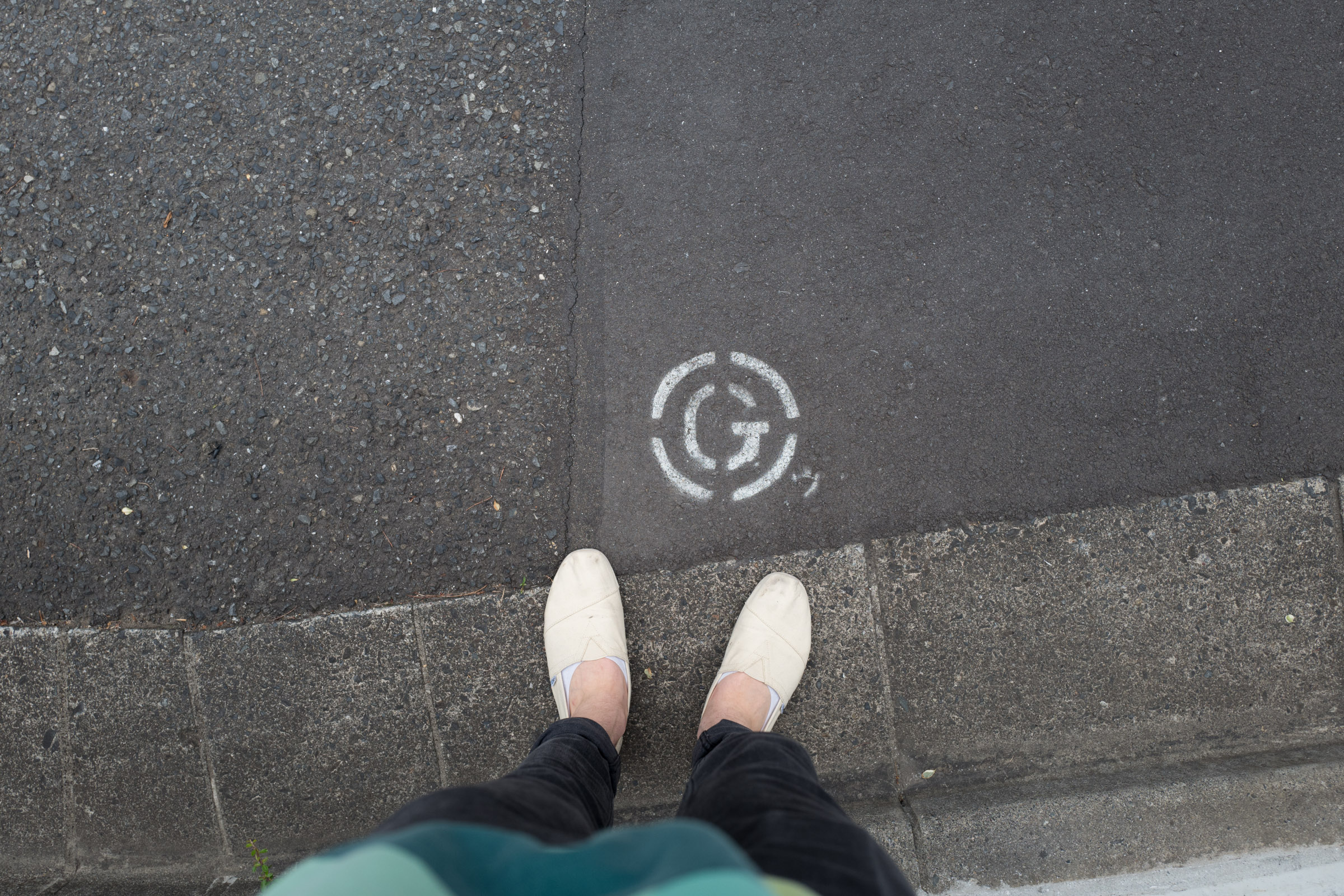
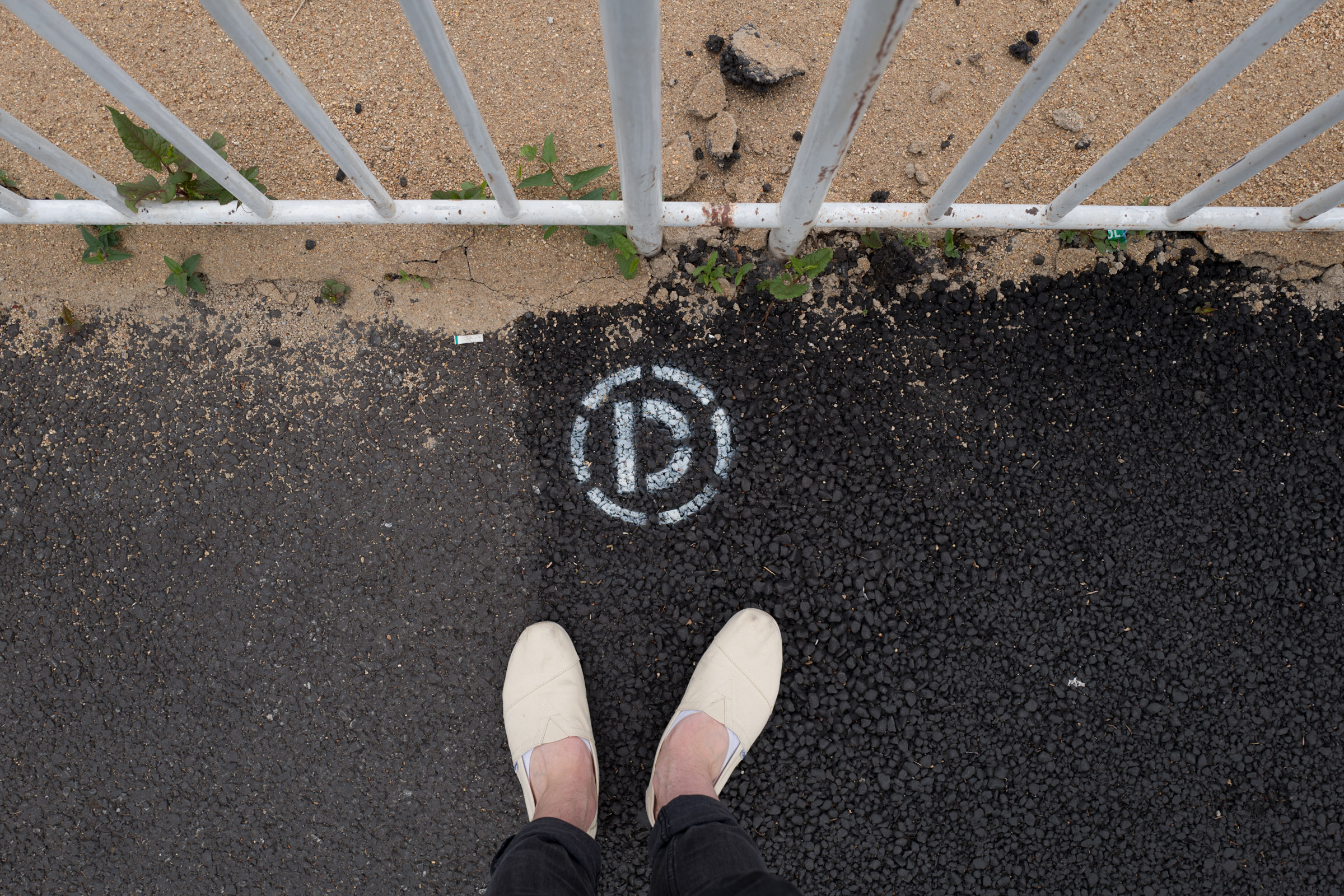
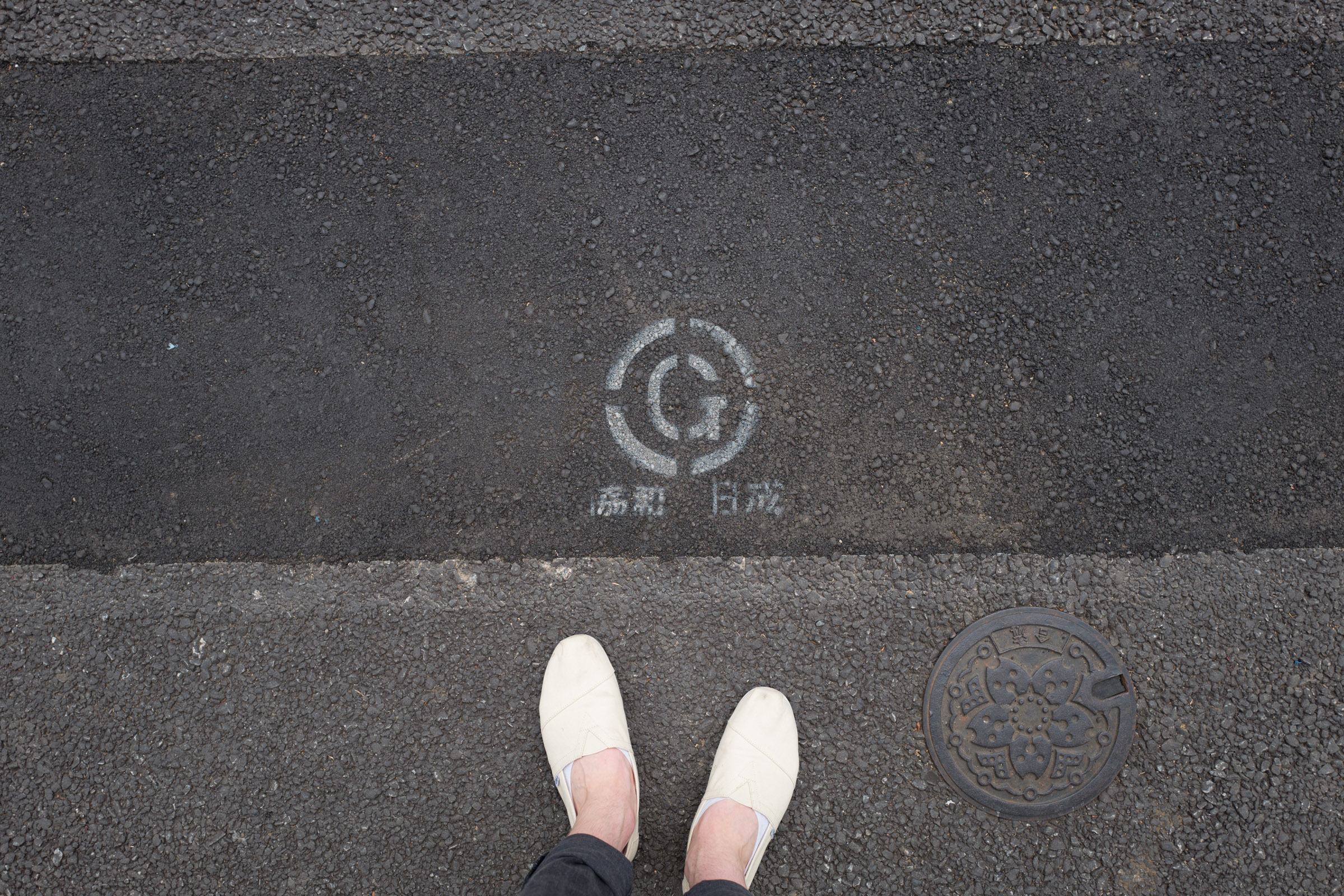
Not sure what these letters marked on the street were.
Snapped a few different ones though.
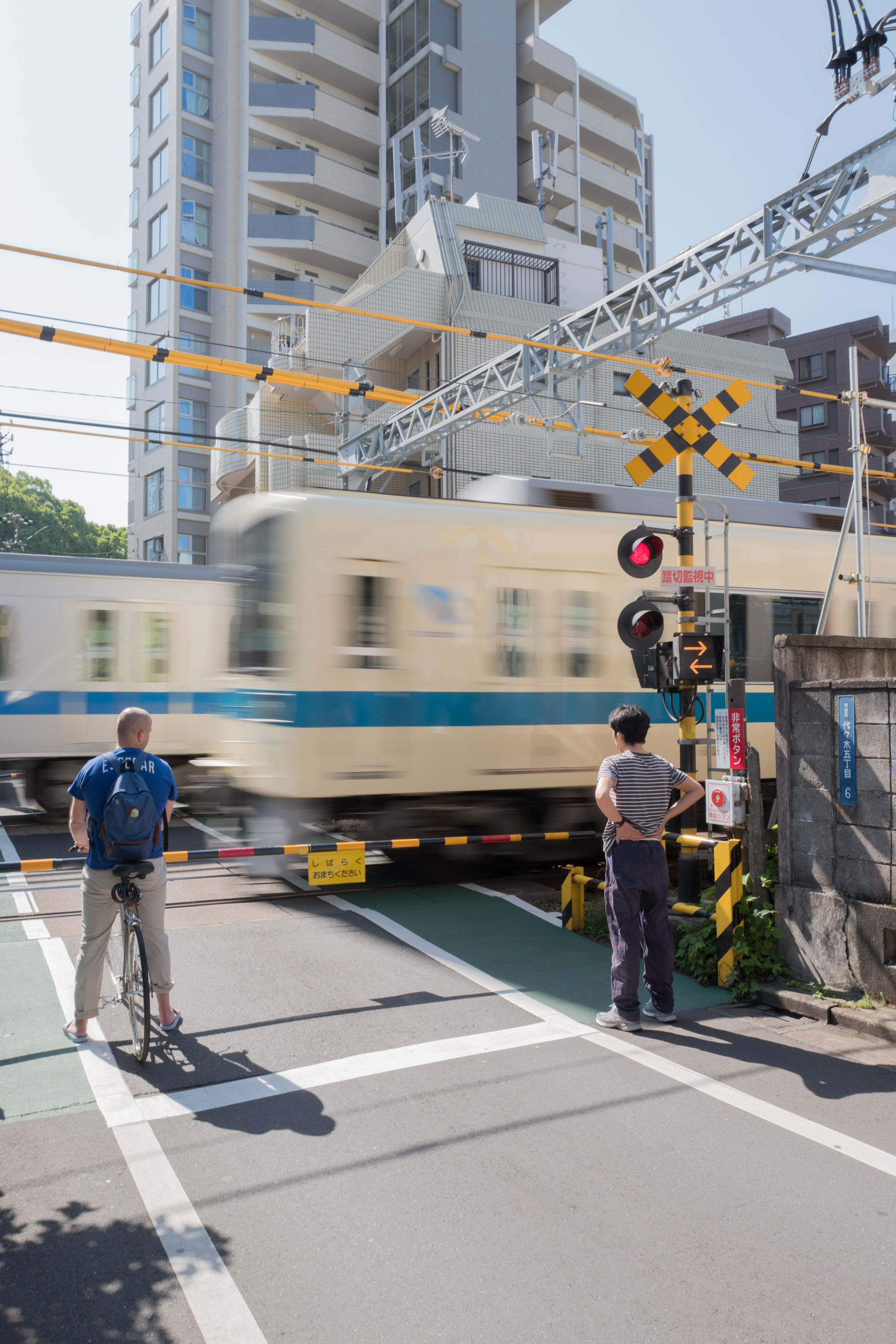
As compact as the city was, the train system makes exploring really easy. Everything was walkable from the nearest station. Only downside was you sometimes needed different tickets to ride trains from different companies.
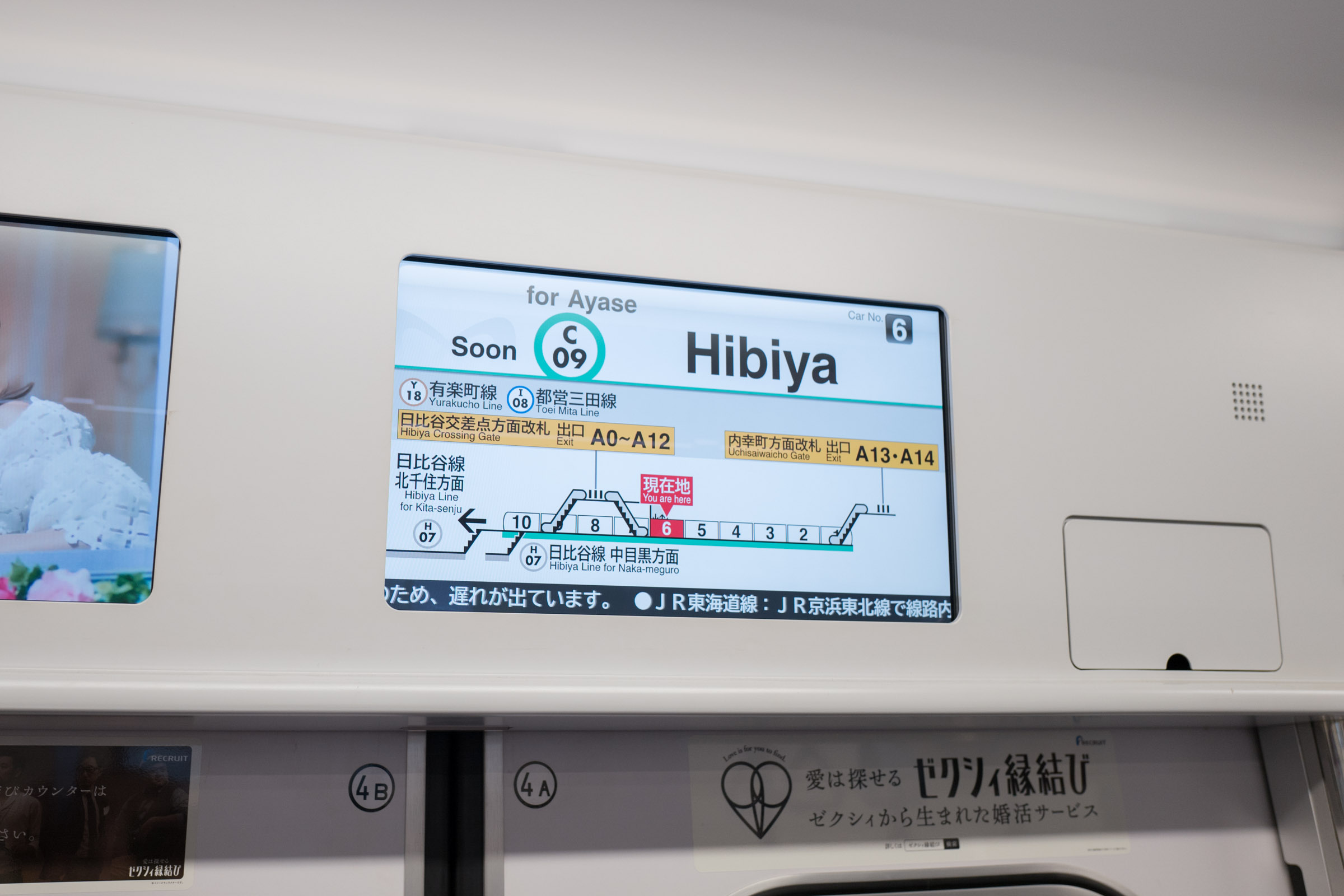
Subway trains showed the station exits relative to your train car as you were arriving. A nice little detail.
Wandering around Shinjuku, I stumbled across the Gyoen National Gardens. Lots of flowers, and they also had a lovely greenhouse.
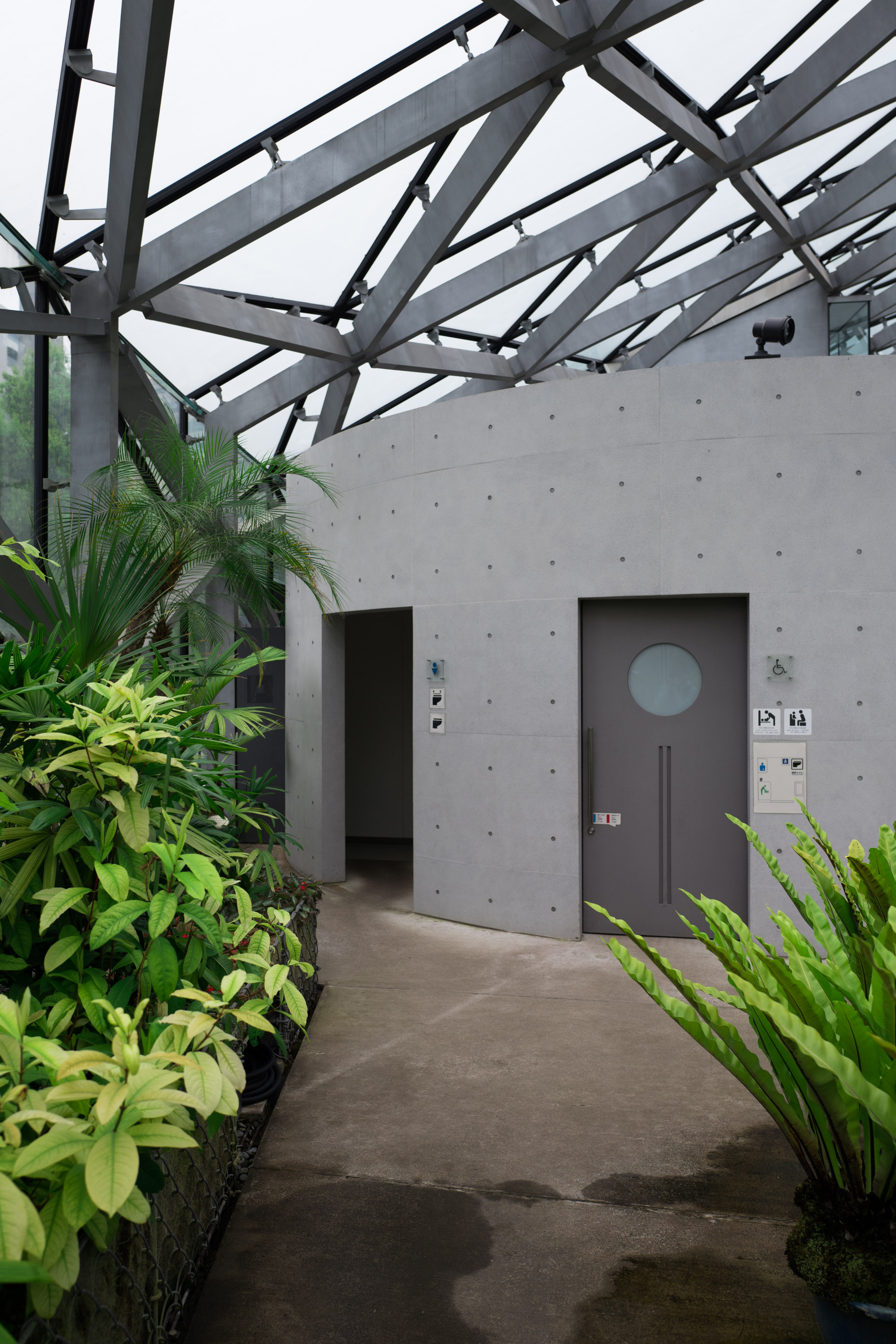
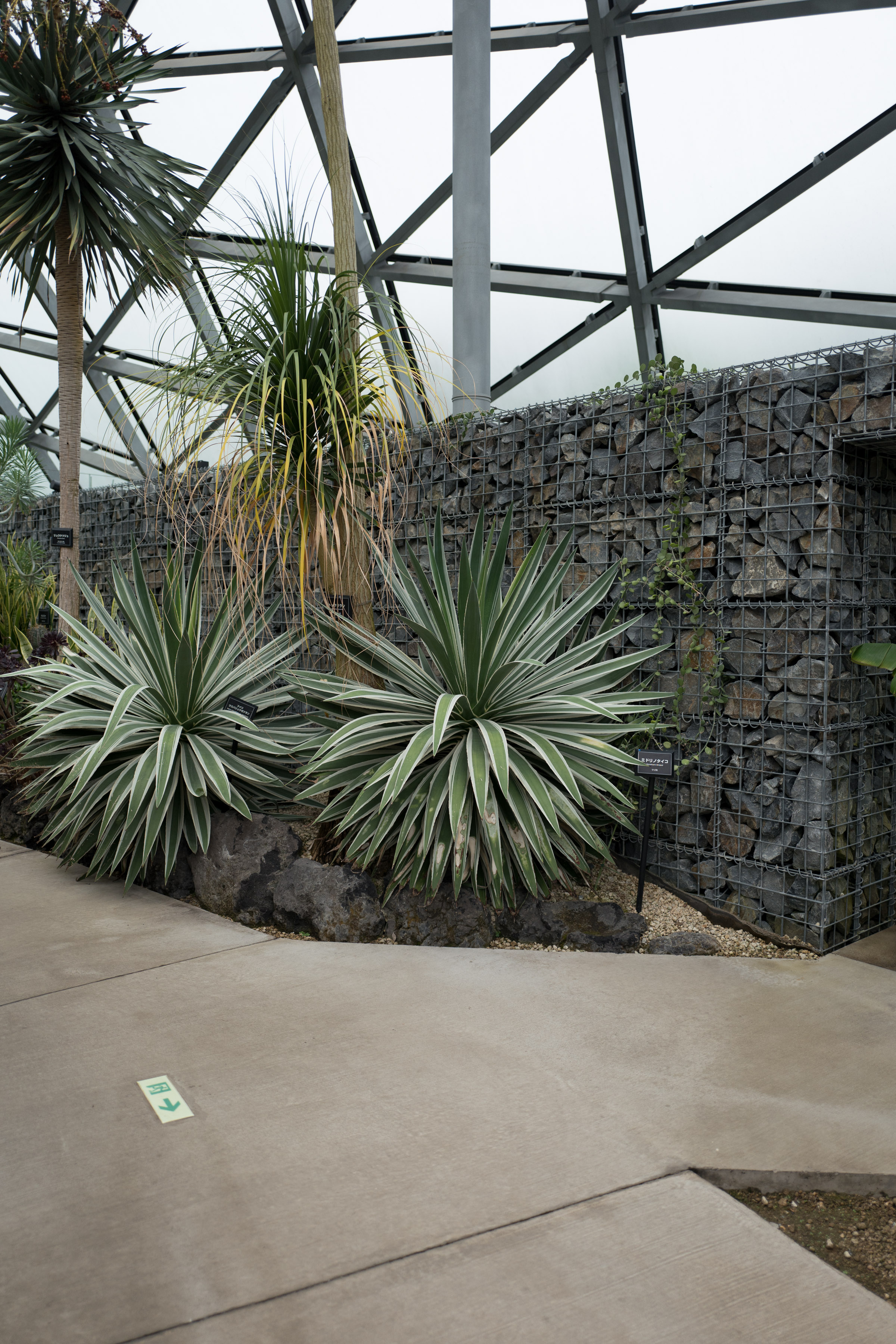
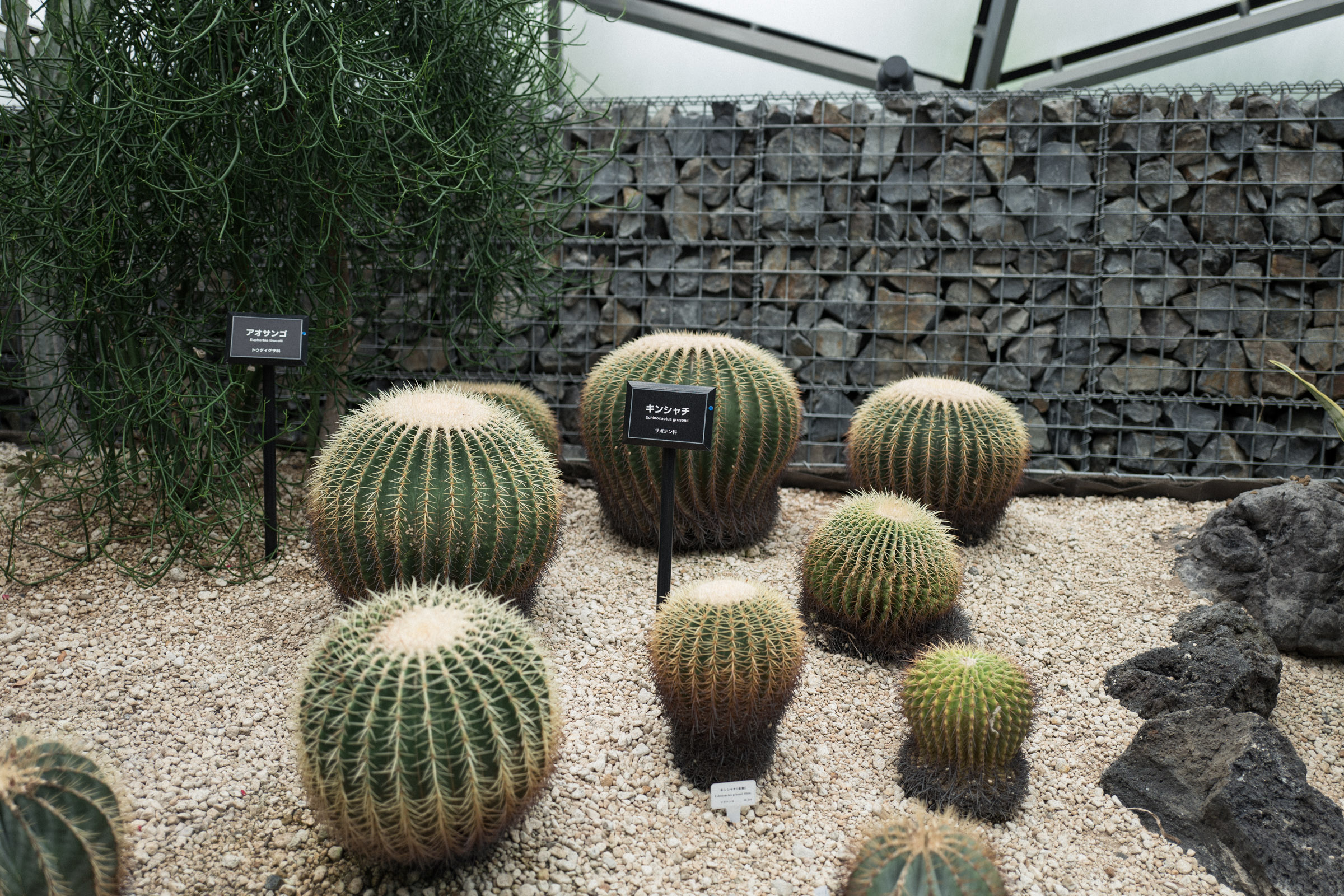
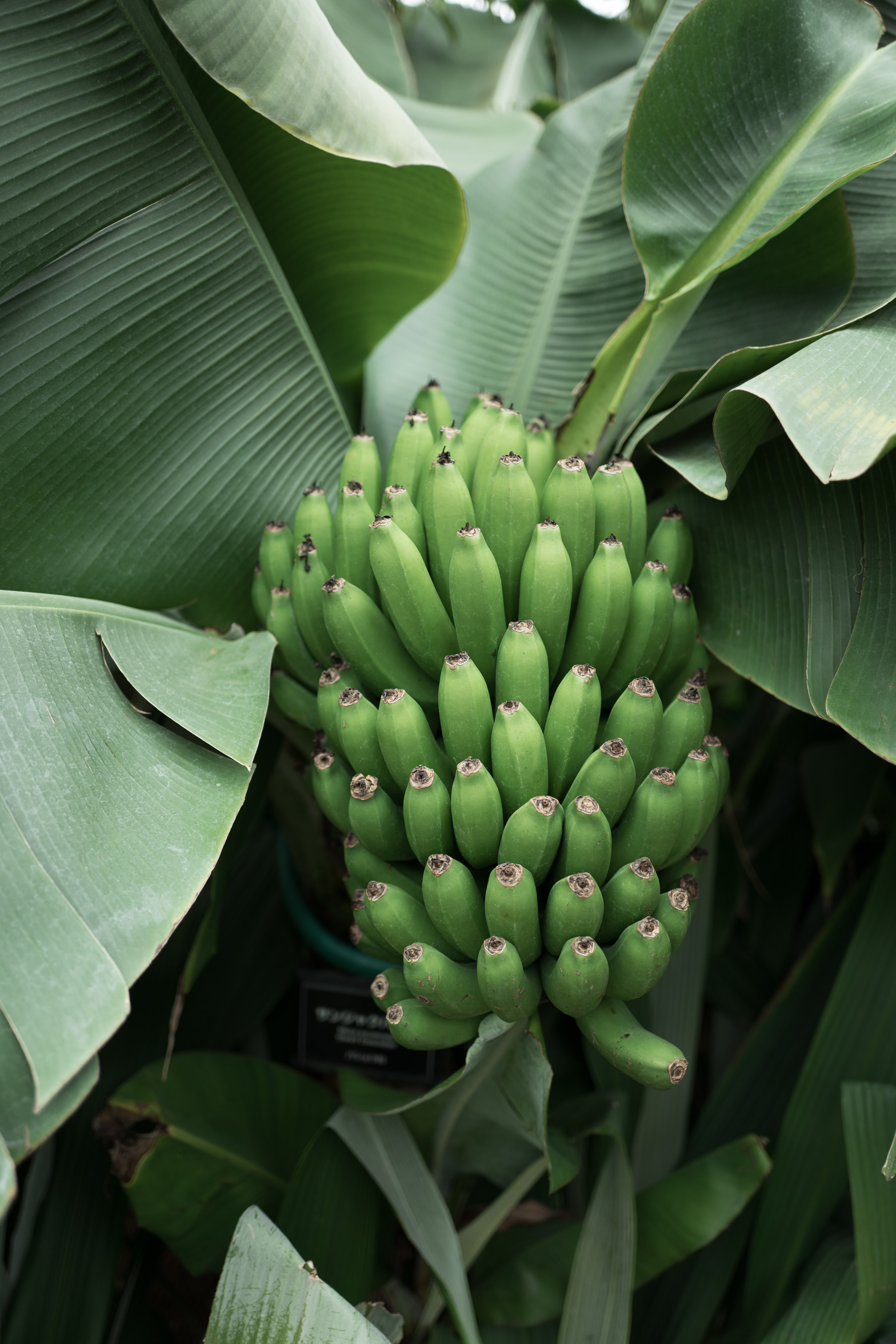
While visiting the gardens I walked by an elderly man standing near some bushes. As I passed him, he plucked a handful of leaves, crammed them into his pockets, and briskly walked off.
Old people are the best.
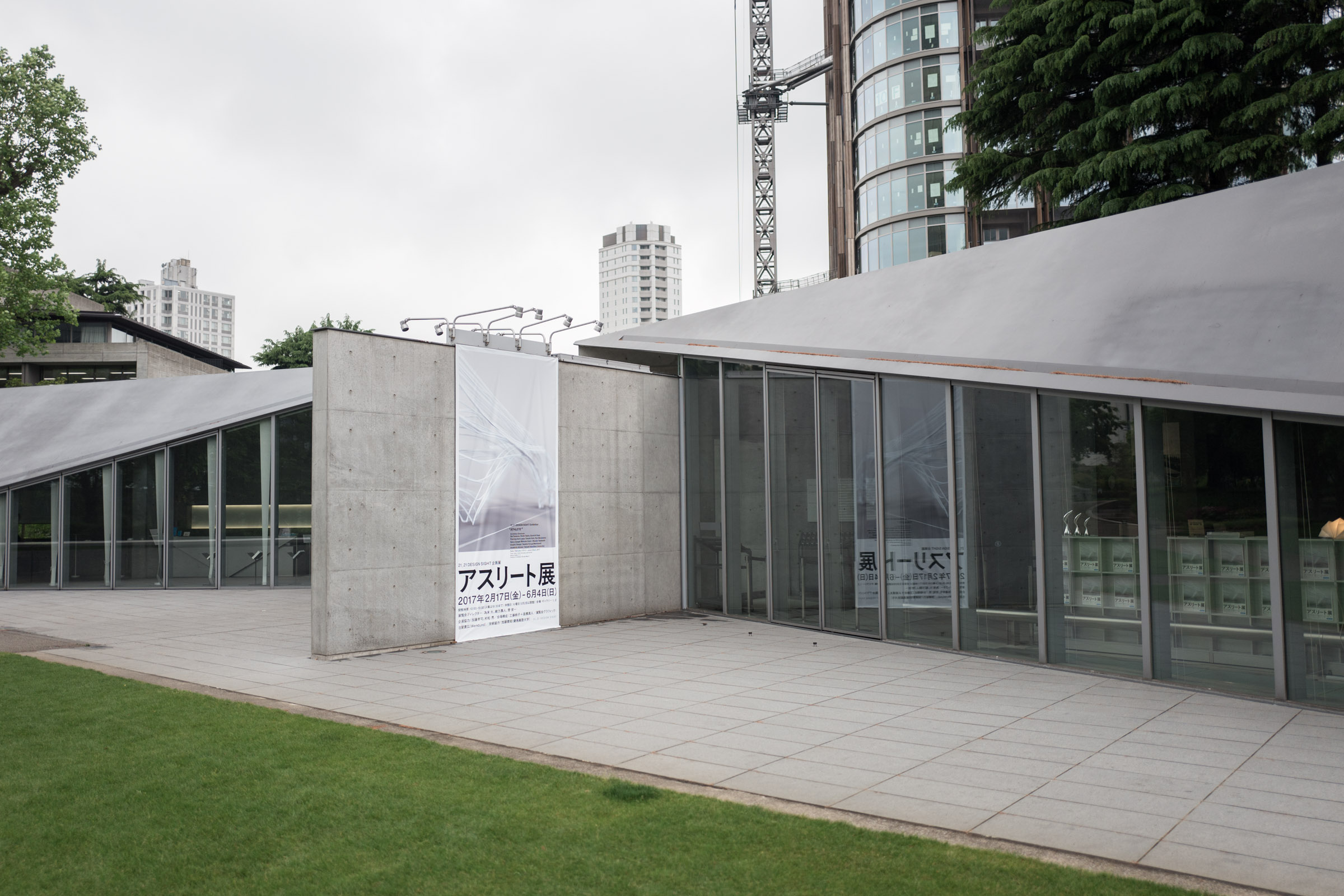
The 21_21 Design Sight gallery was another Tokyo highlight.
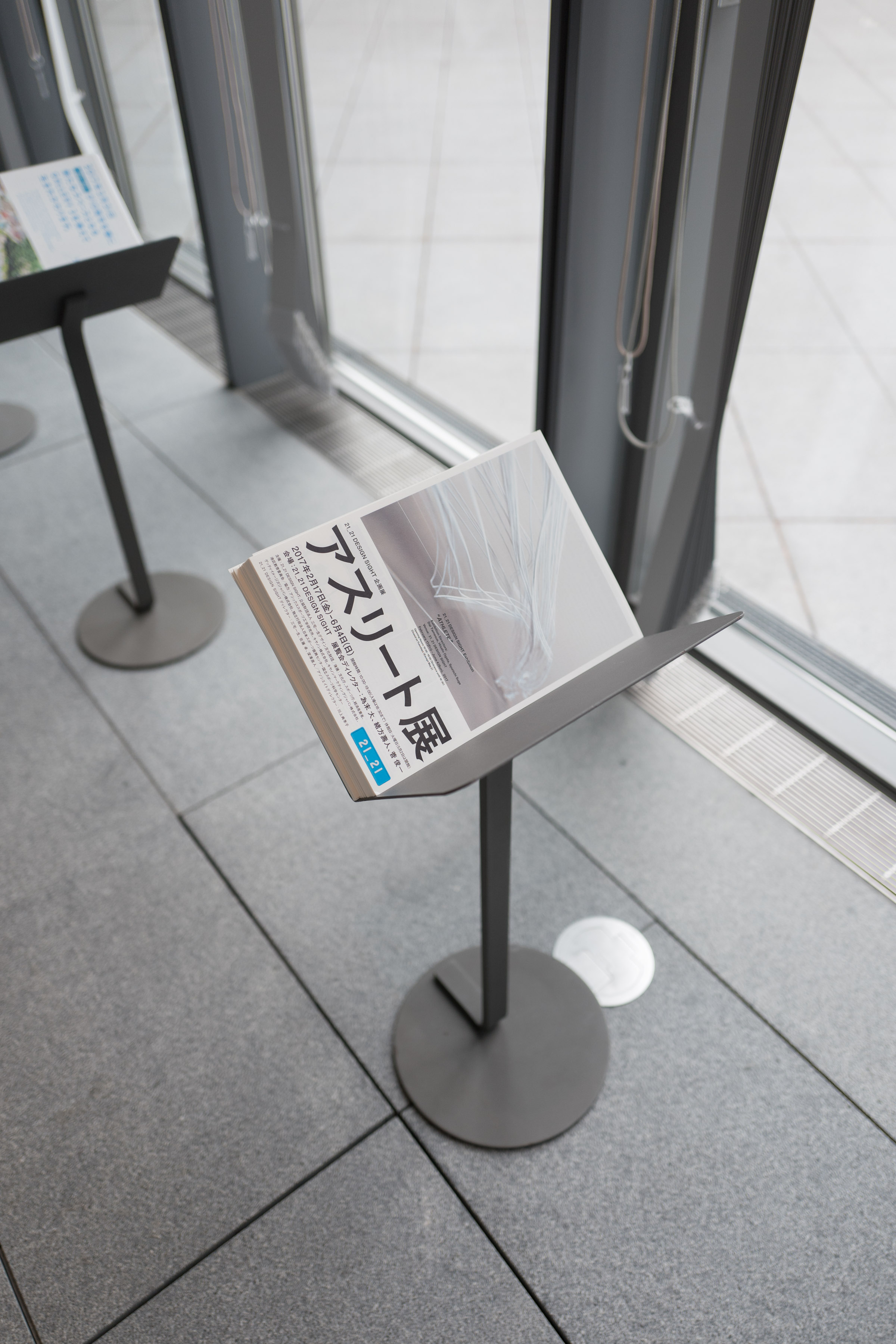

The lobby and store are on ground-level, but most of the gallery actually sits underground.
The exhibition on display was about athletes. It was a mix of work from photographer Adam Pretty alongside some interactive displays.
I think I was most impressed by the sound design on the interactive pieces: the running of the figures, the explorations of kiai (yells and grunts in sports). Things like that are sometimes forgotten in a gallery of visual works.
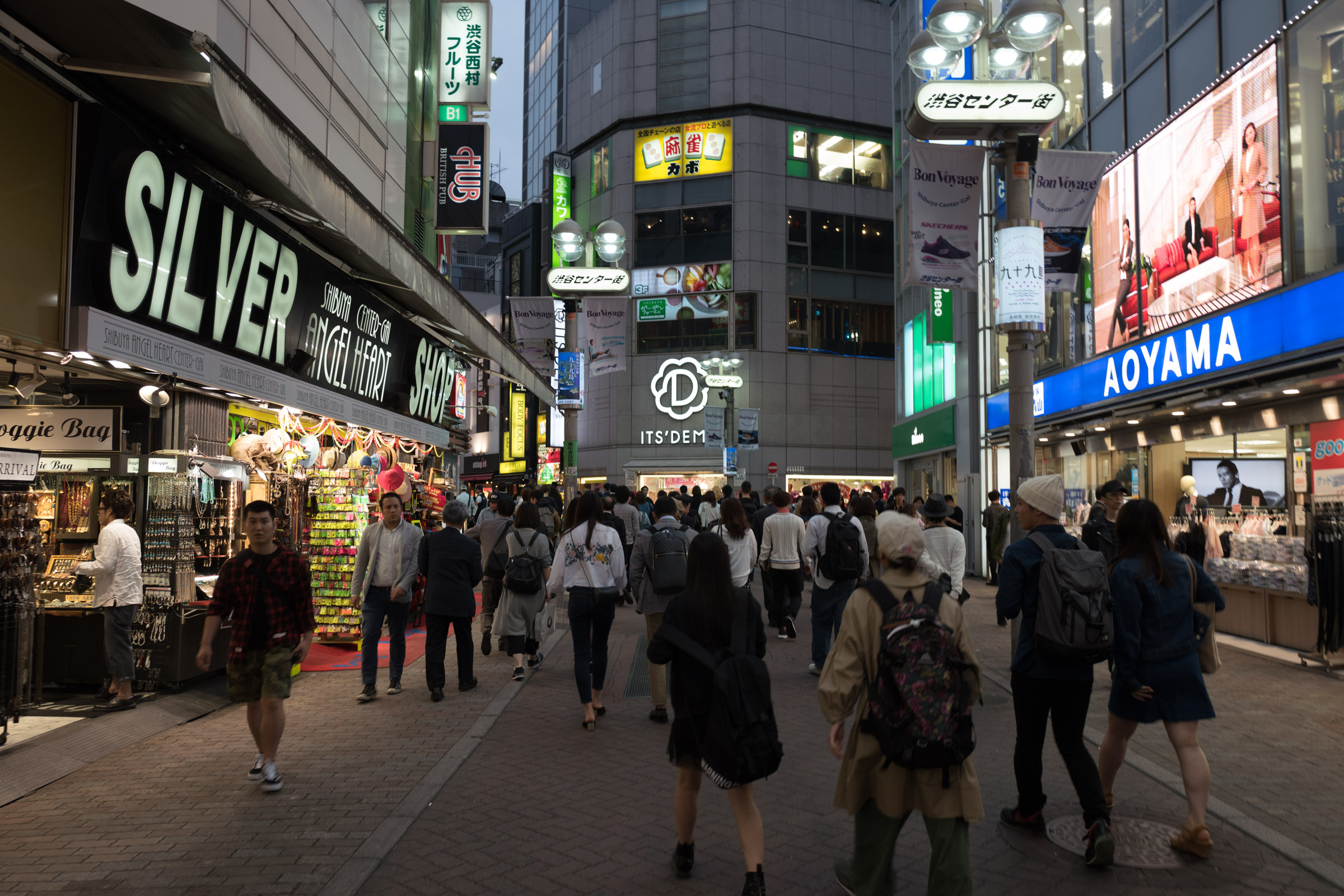
On Thursday I caught the Shinkansen (bullet train) over to Kyoto.
The train system is crazy efficient. Tokyo to Kyoto (about 450km) takes only 3 hours, and arrives exactly on schedule.
I bought a JR Rail Pass, which gives you unlimited travel on the Shinkansen and some local trains. A little pricey, but since I was planning on the fly, having that flexibility was really nice.
I found out conductors and attendants use a technique called “Pointing-and-calling”:
When train drivers wish to perform a required speed check, they do not simply glance at a display. Rather, the speedometer will be physically pointed at, with a call of “speed check, 80”—confirming the action taking place, and audibly confirming the correct speed. While these might strike visitors as silly, the movements and shouts … reduce workplace errors by up to 85 percent.
The New York Transit Authority adopted the “point” part of the system, which people have played with before.
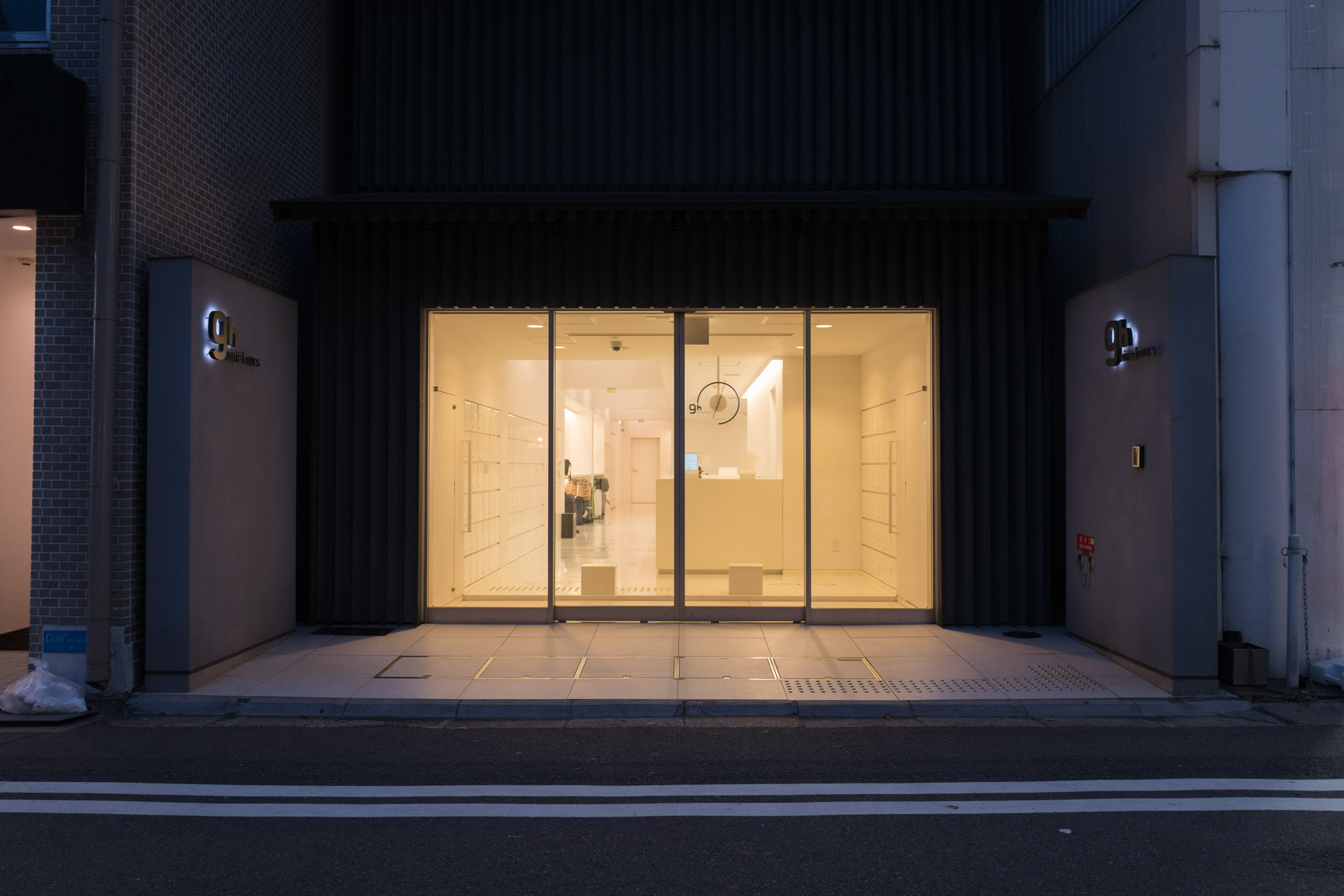
In Kyoto I stayed at the 9hours capsule hotel.
Apparently capsule hotels started as a cheap place to stay for people who were too drunk to make it home, but they’ve since become popular with backpackers and young travellers.
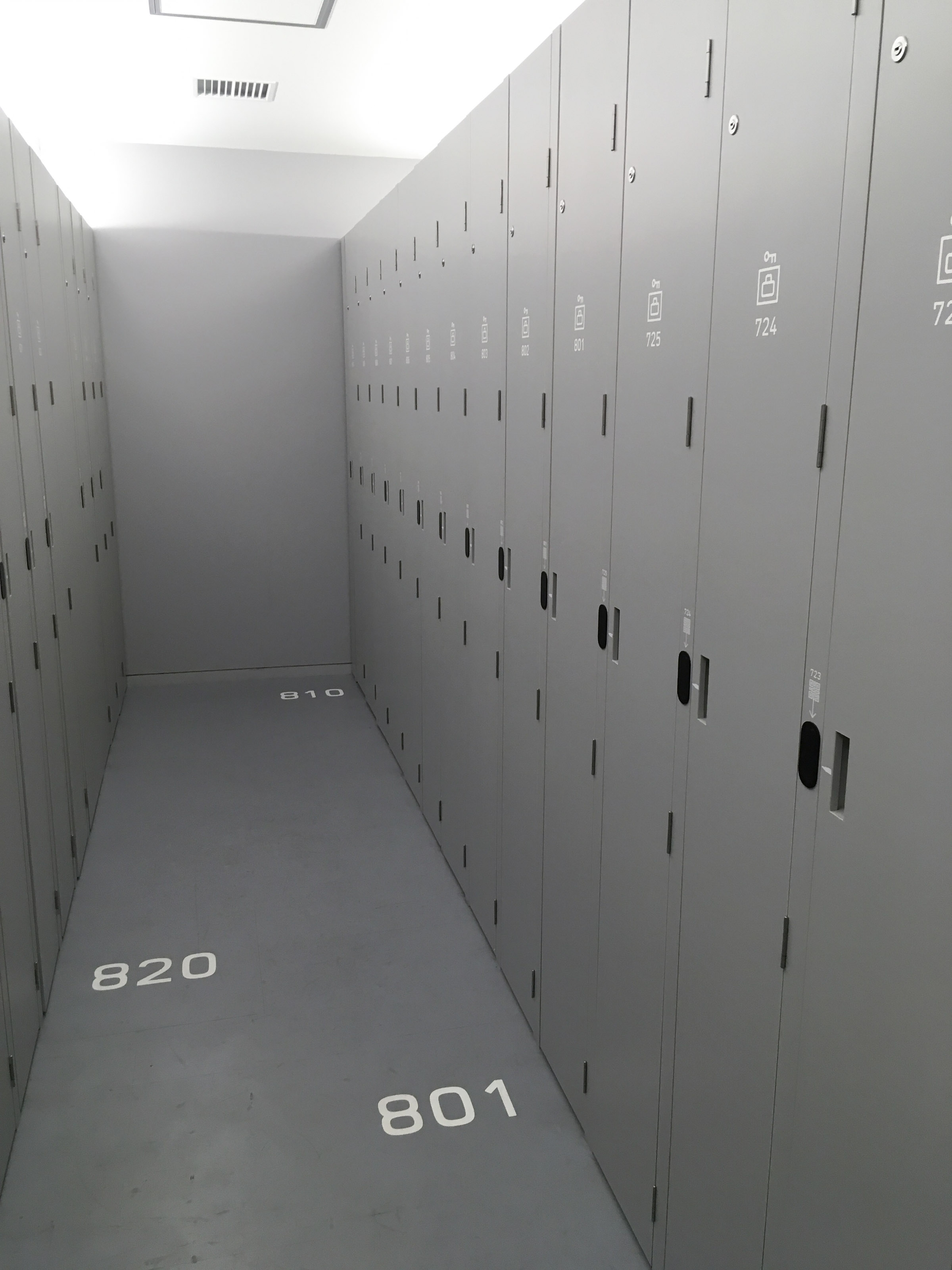
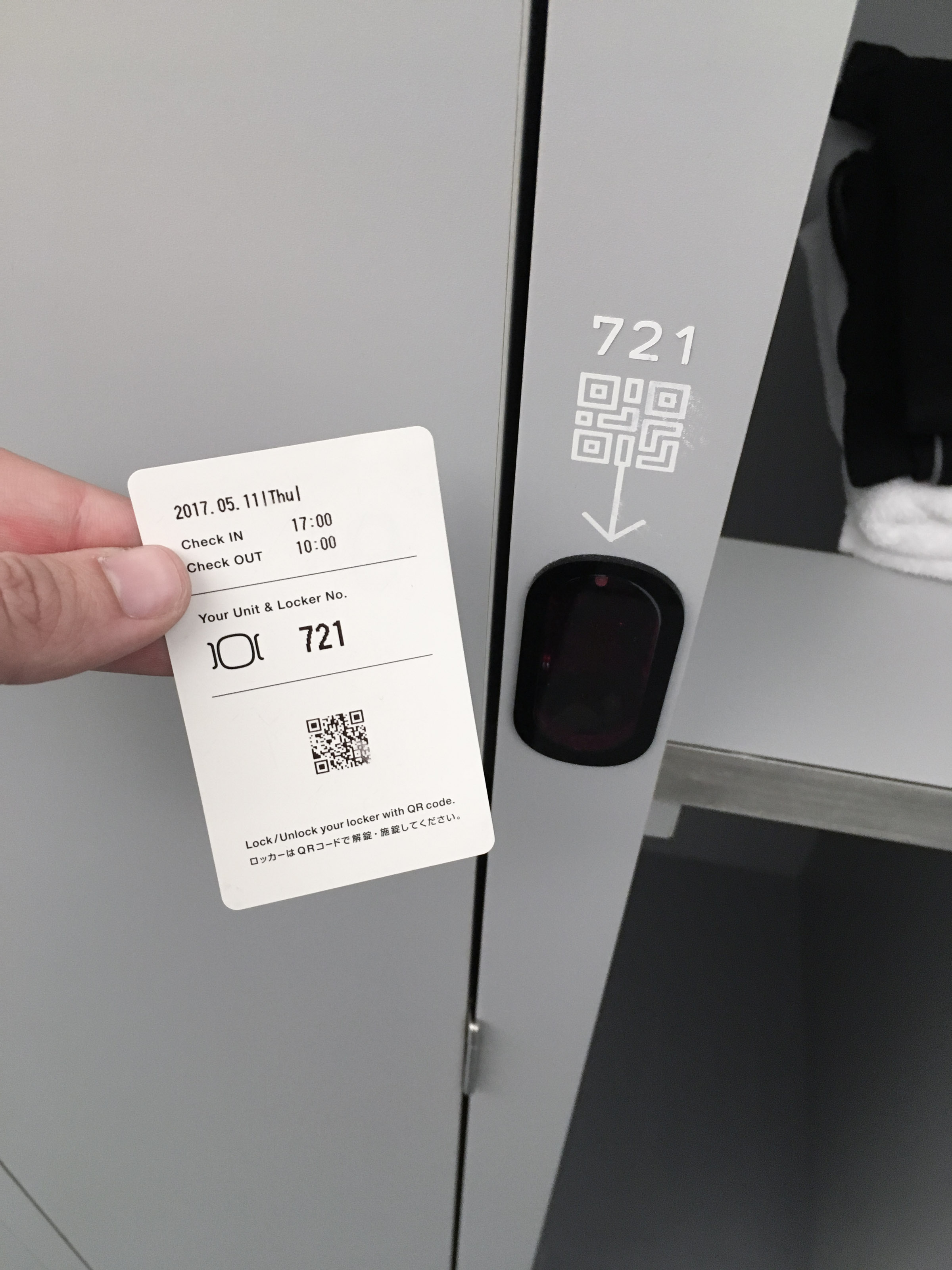
When you arrive, you’re assigned a locker to keep your stuff. You can hang out in some of the shared spaces, but, for the most part, you’re just there to sleep.
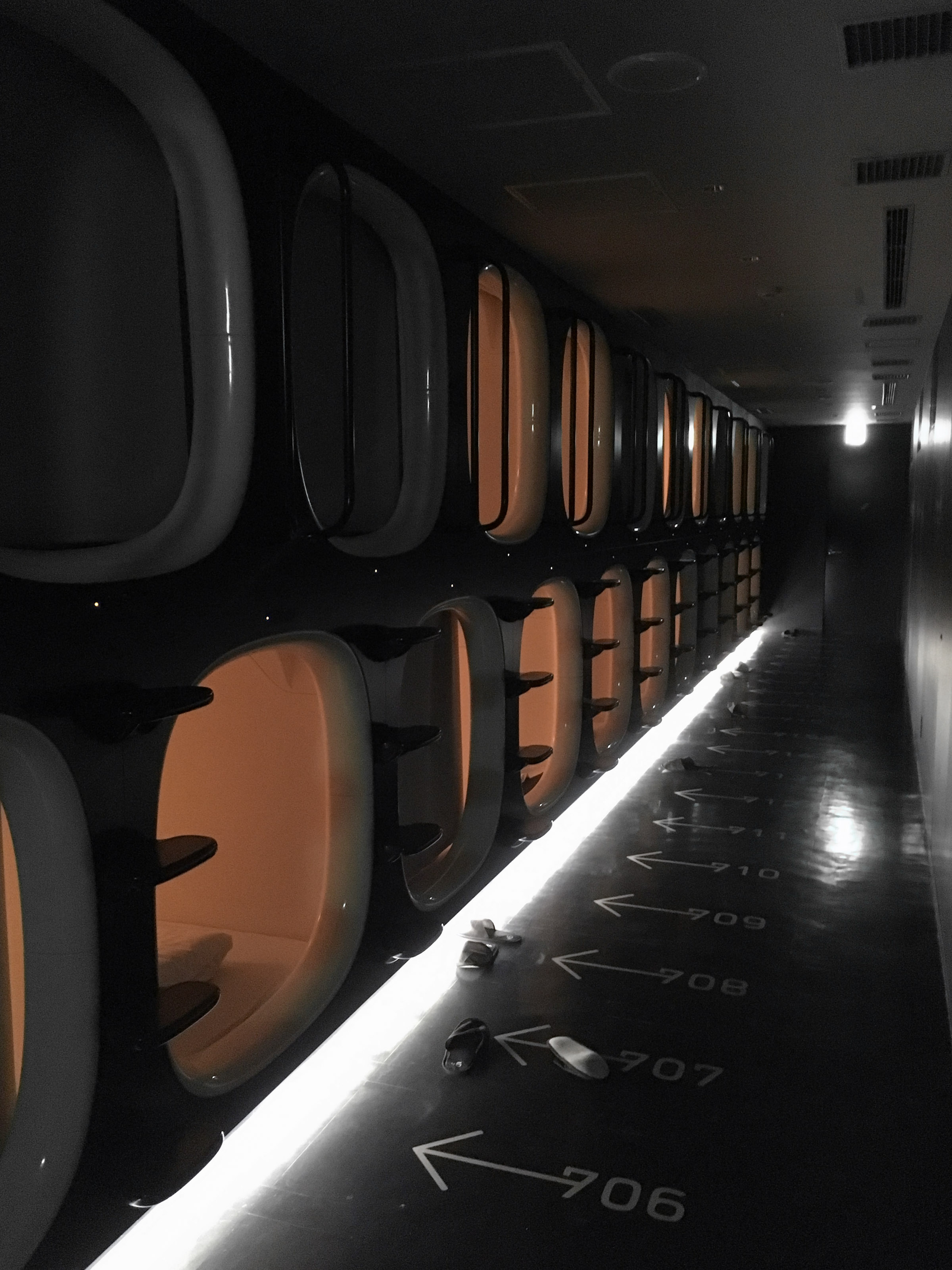
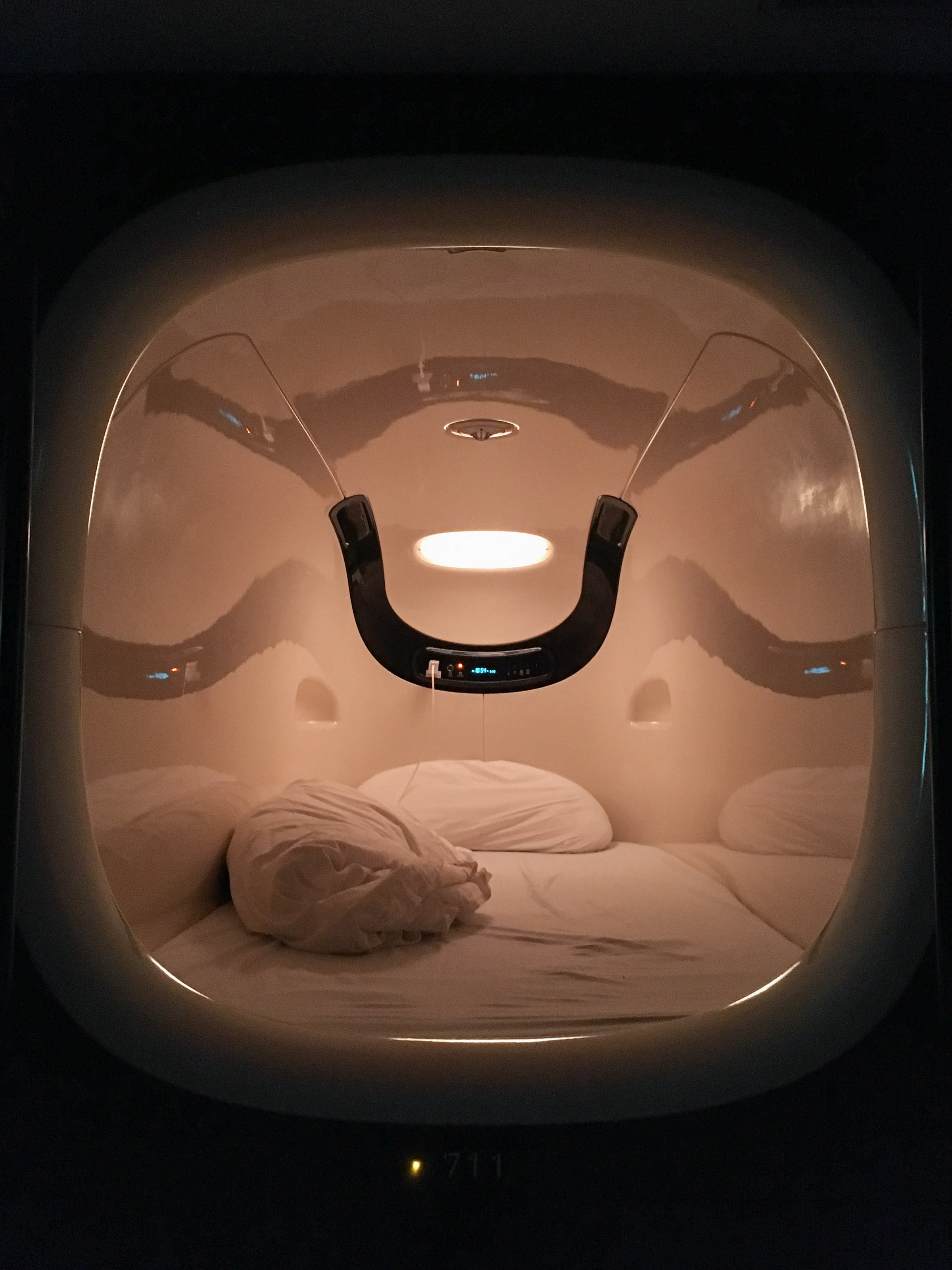
I was a little worried my 6'2" frame wouldn’t fit, but it was actually pretty comfy.
Each unit was outfitted with a dimmable light system that worked like an alarm clock: you set the time, and it’d slowly wake you up by filling the capsule with light.
And for $25/night, I’d definitely visit again.
The next day I woke up early to check out Arashiyama, a neighbourhood of Kyoto known for it’s bamboo forest and monkey park.
But – silly me – I showed up a few hours before it opened. So I snapped some photos of some nearby rocks and light instead.
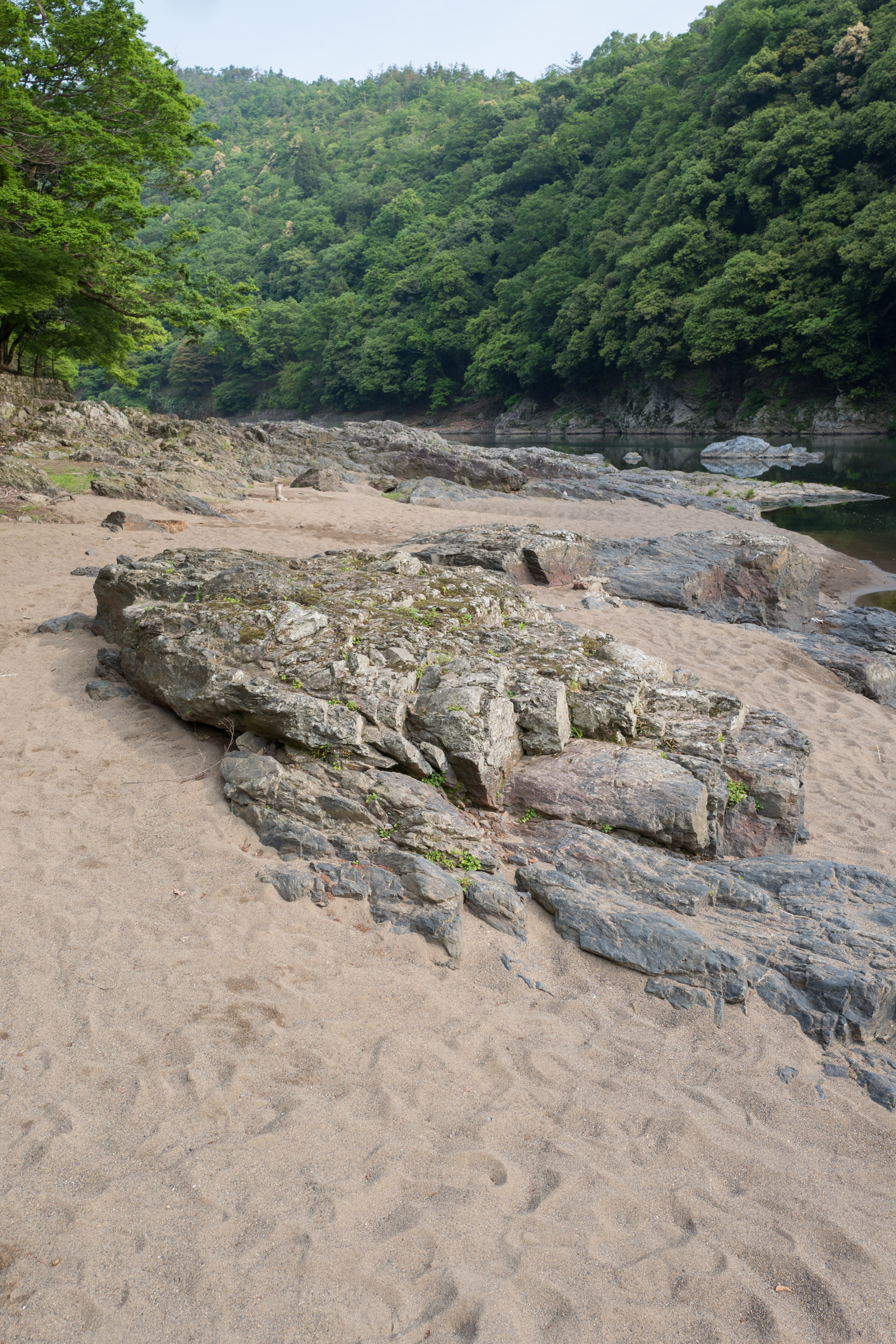
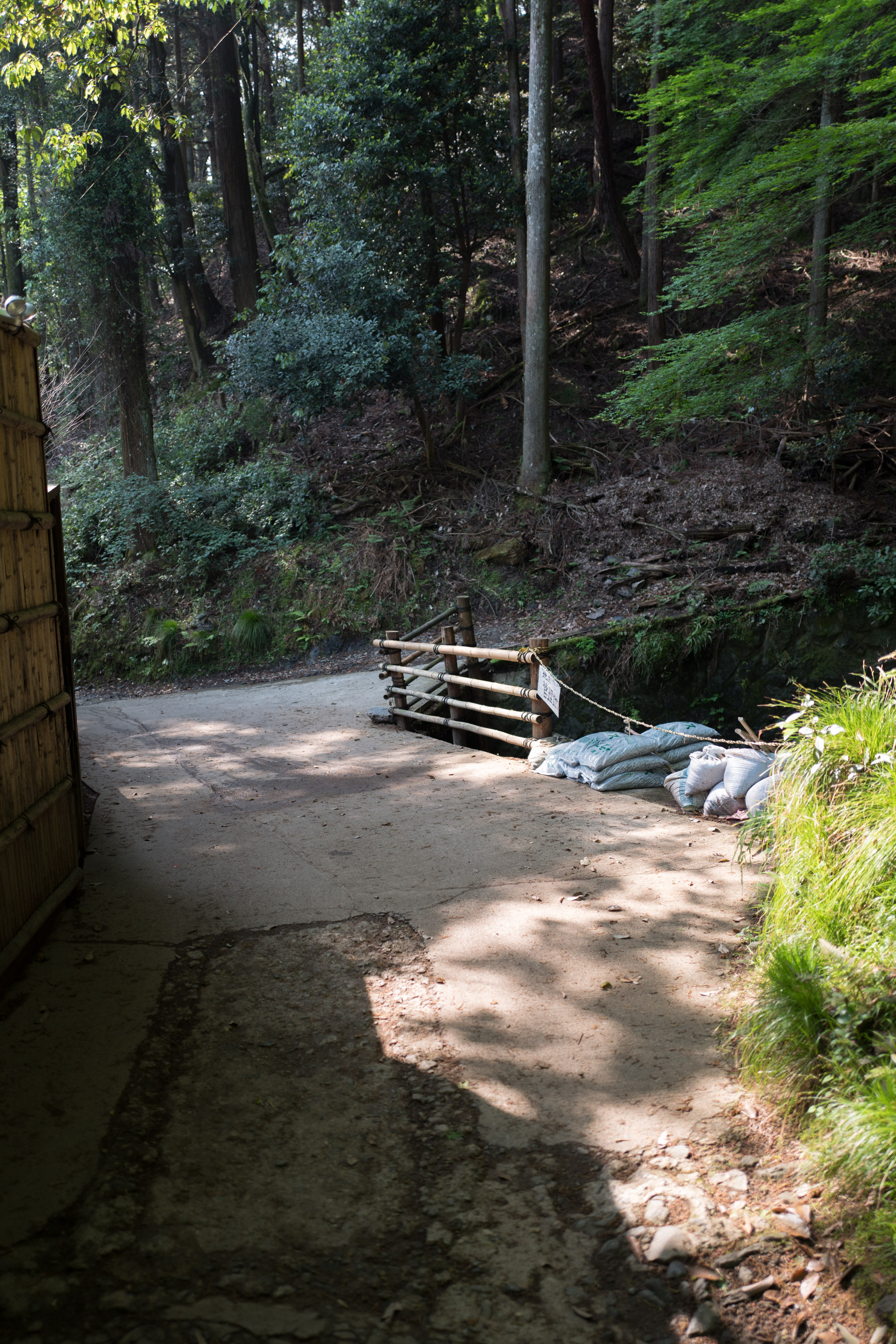
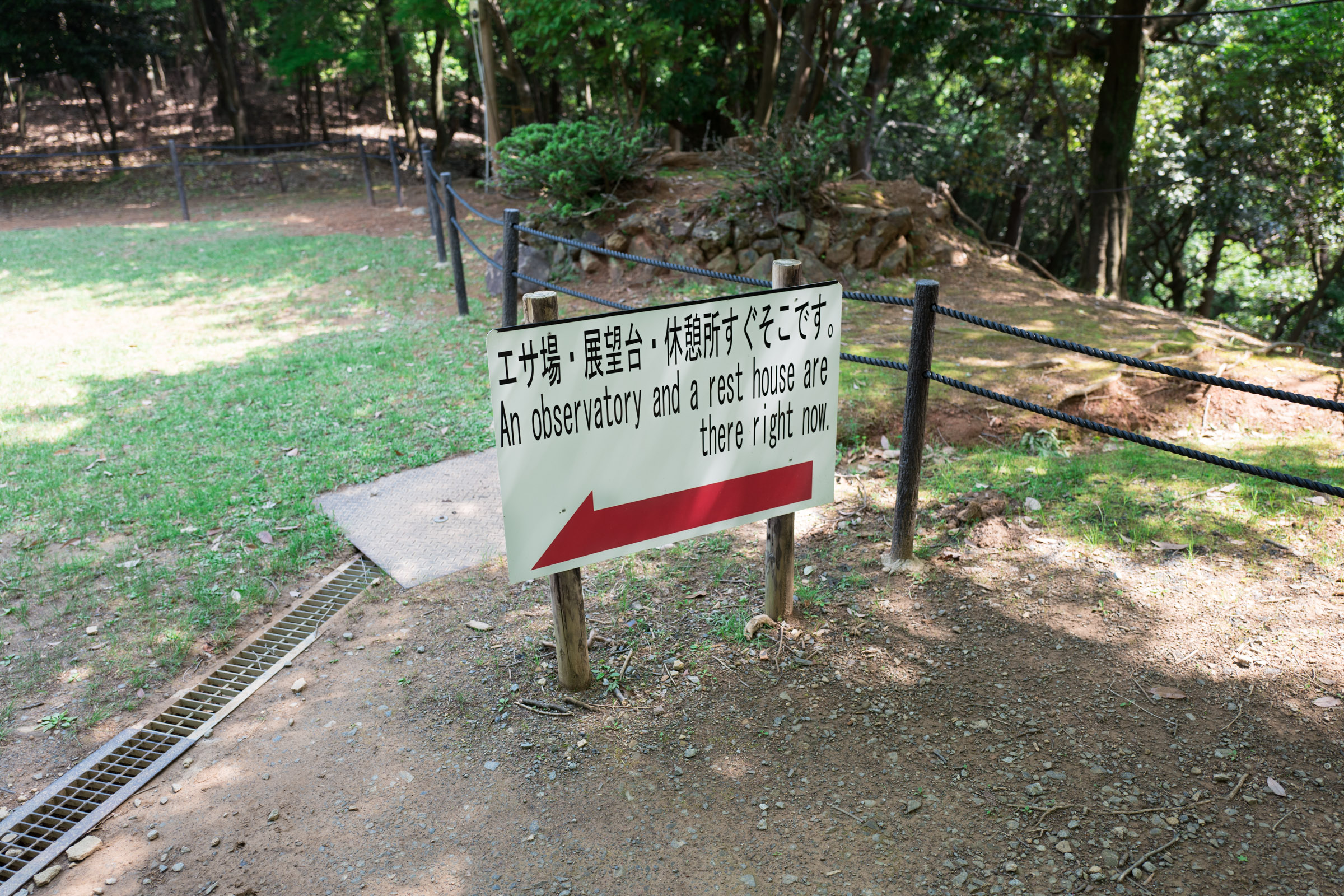
The monkeys were pretty fun too. Fed them some apples and moved on.
Found a cozy café in the Arashiyama neighbourhood called % Arabica. It was a standard third-wave coffee kinda place, but it made for some nice photos.
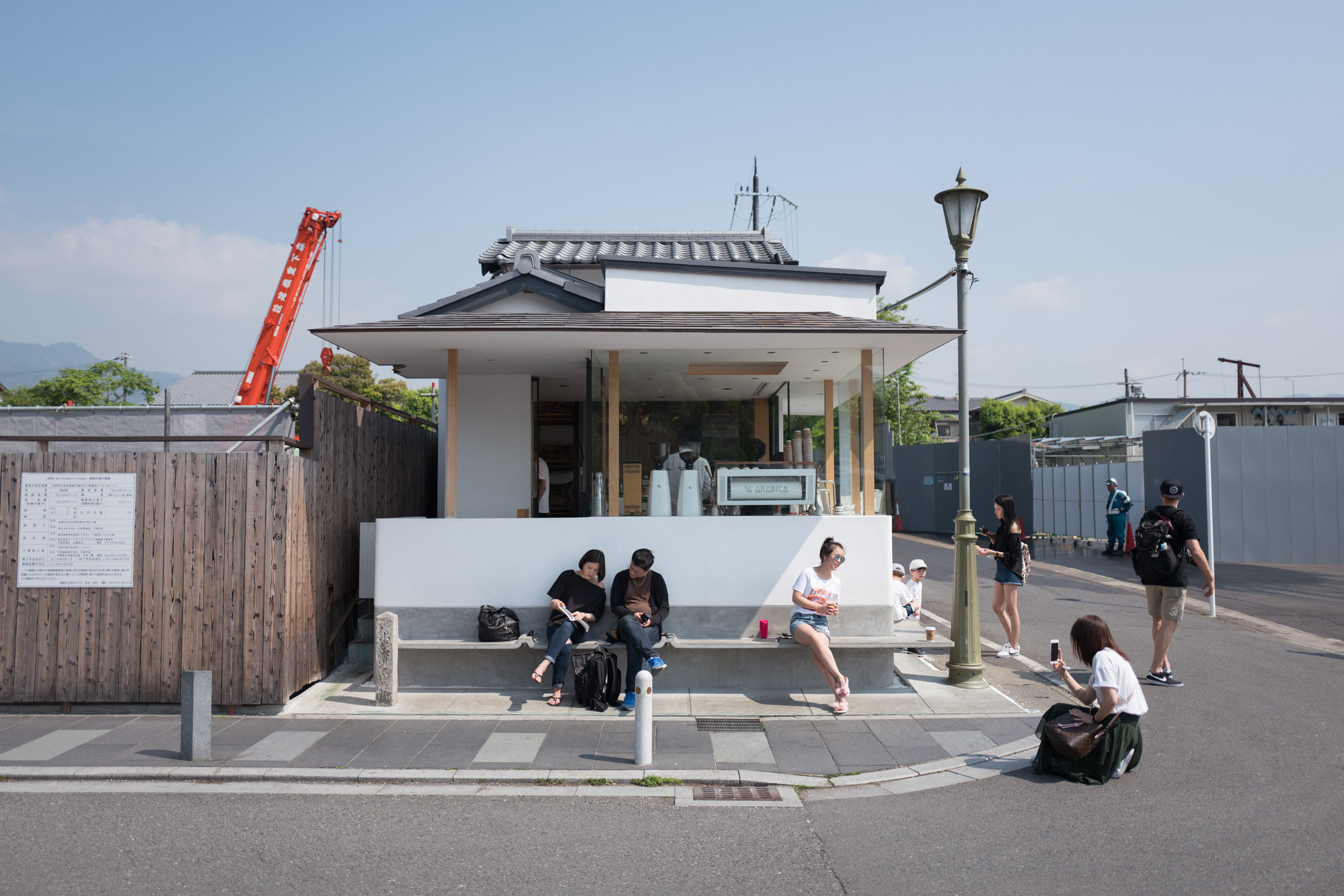
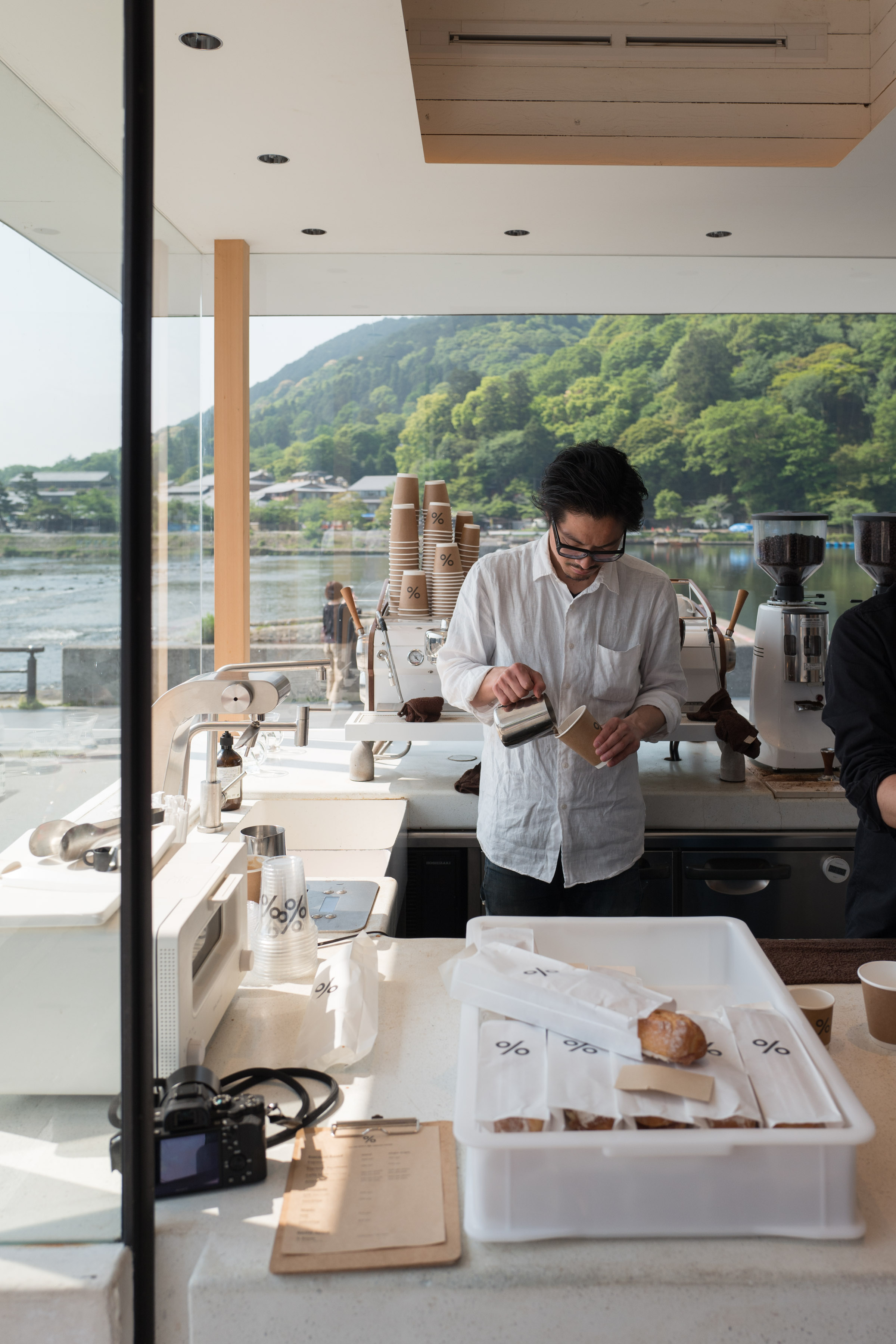
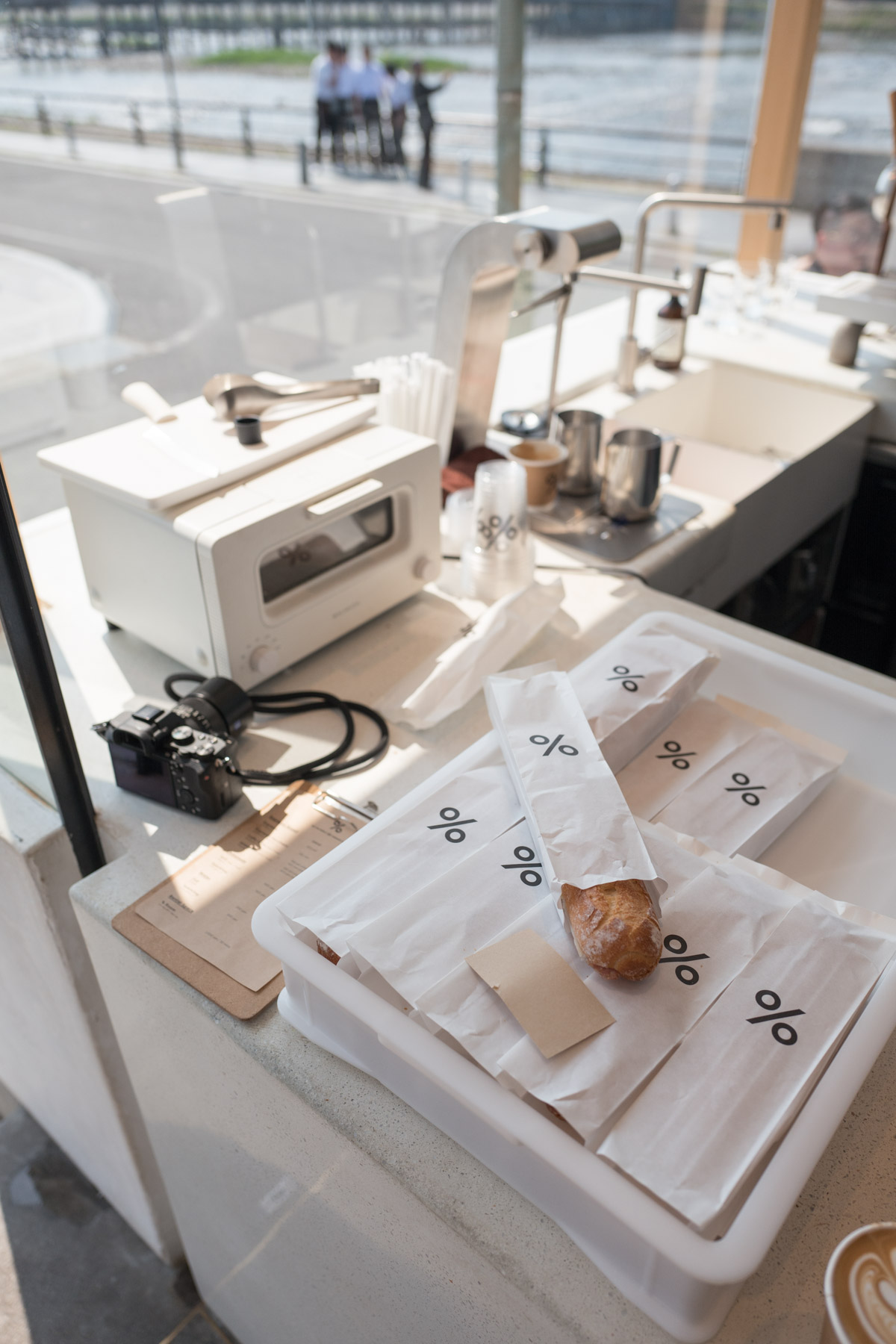
Spent the rest of the day visiting the Gion neighbourhood and checking out a couple of the shrines in the city.
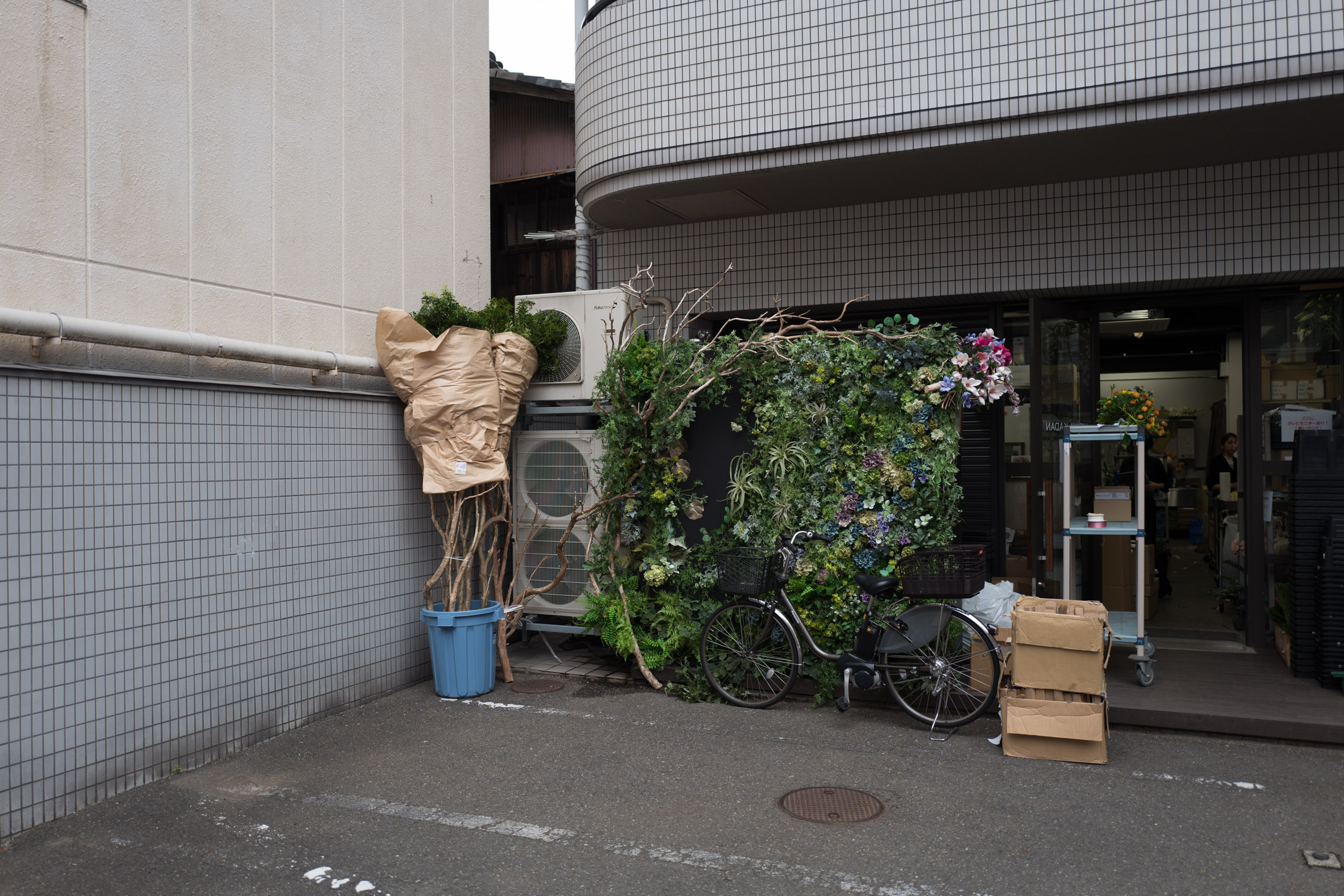
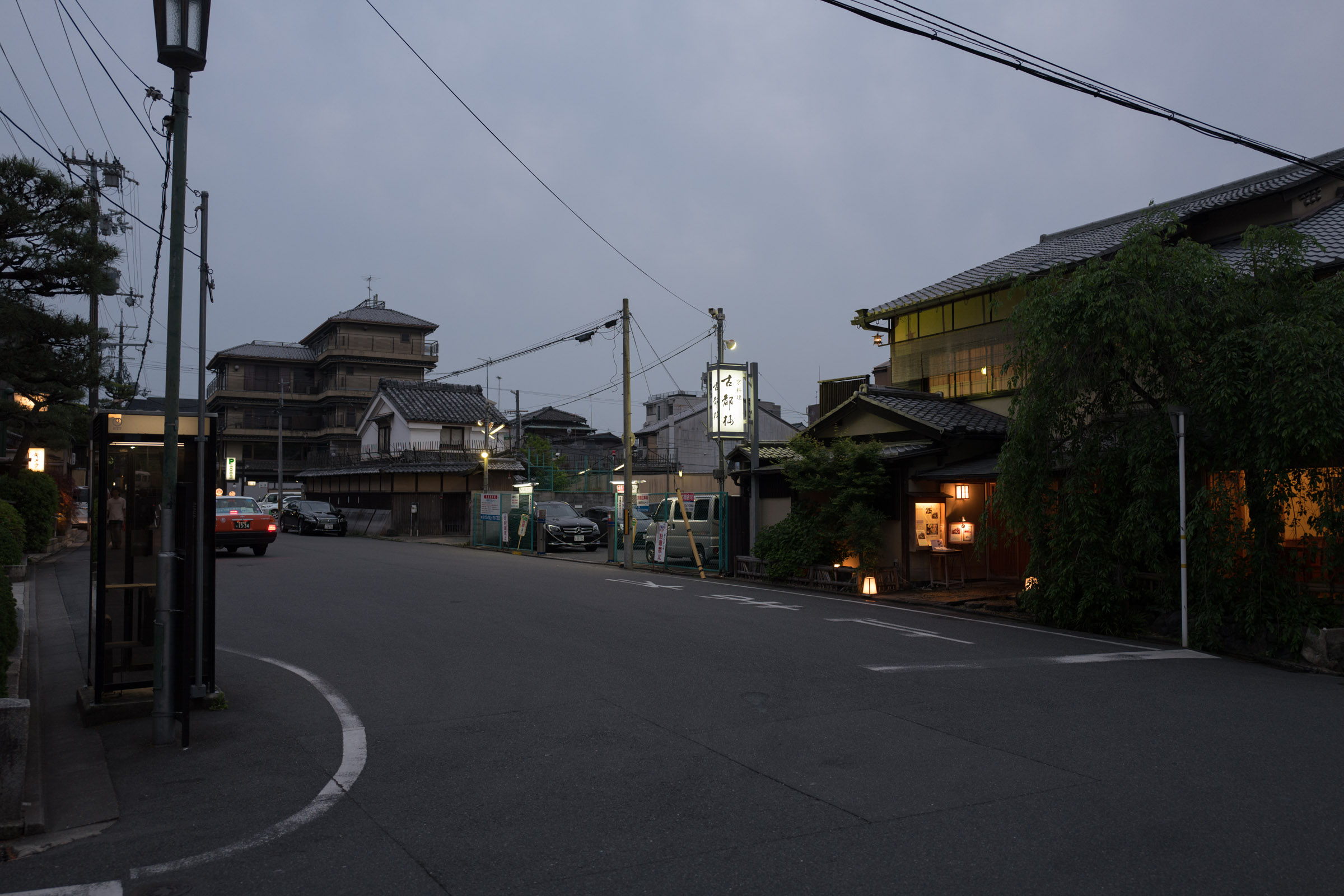
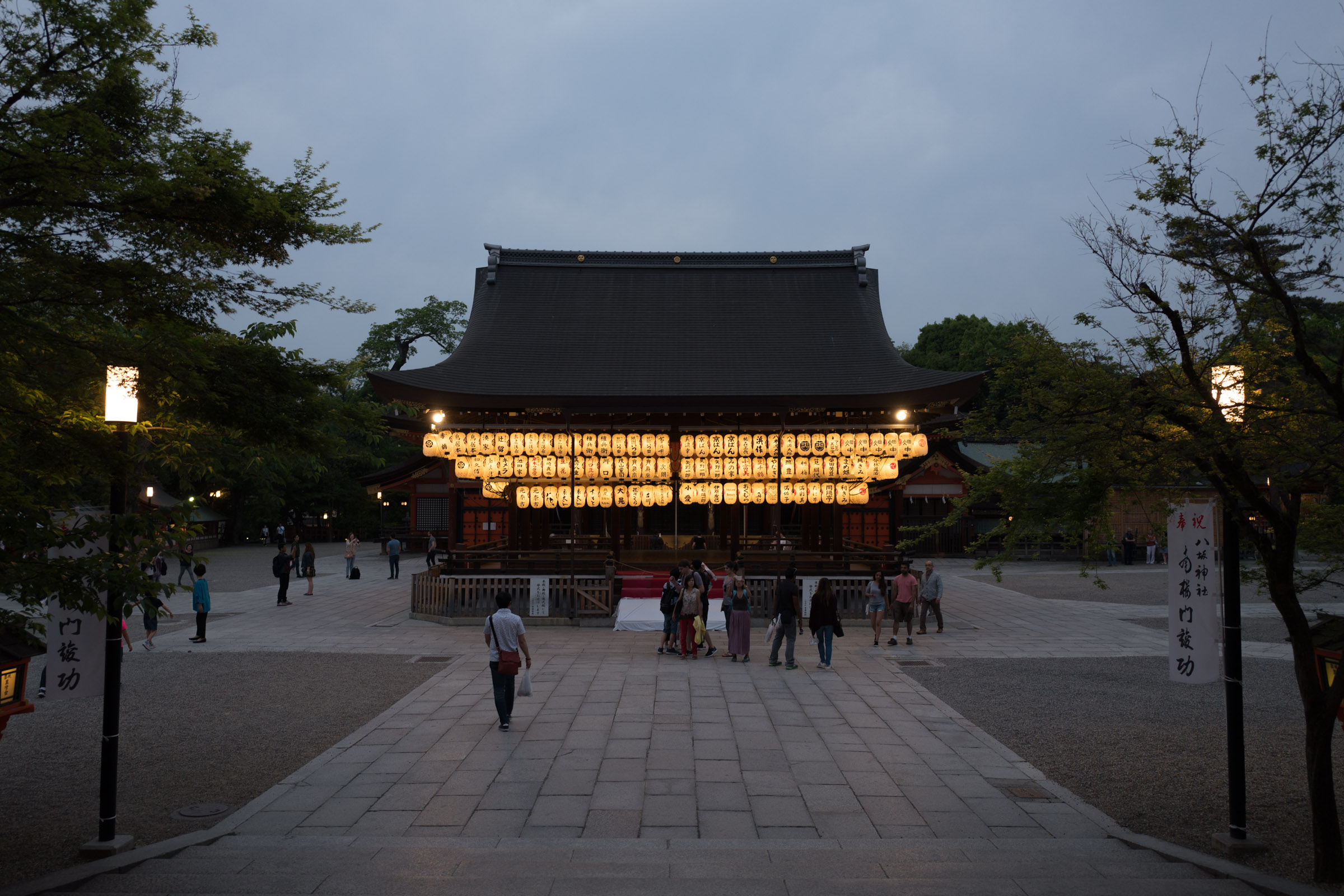
The following morning I caught a train heading westward.
I stopped in Kobe for some Wagyu beef (mmm), and a look at the Hyogo Prefectural Art Museum.
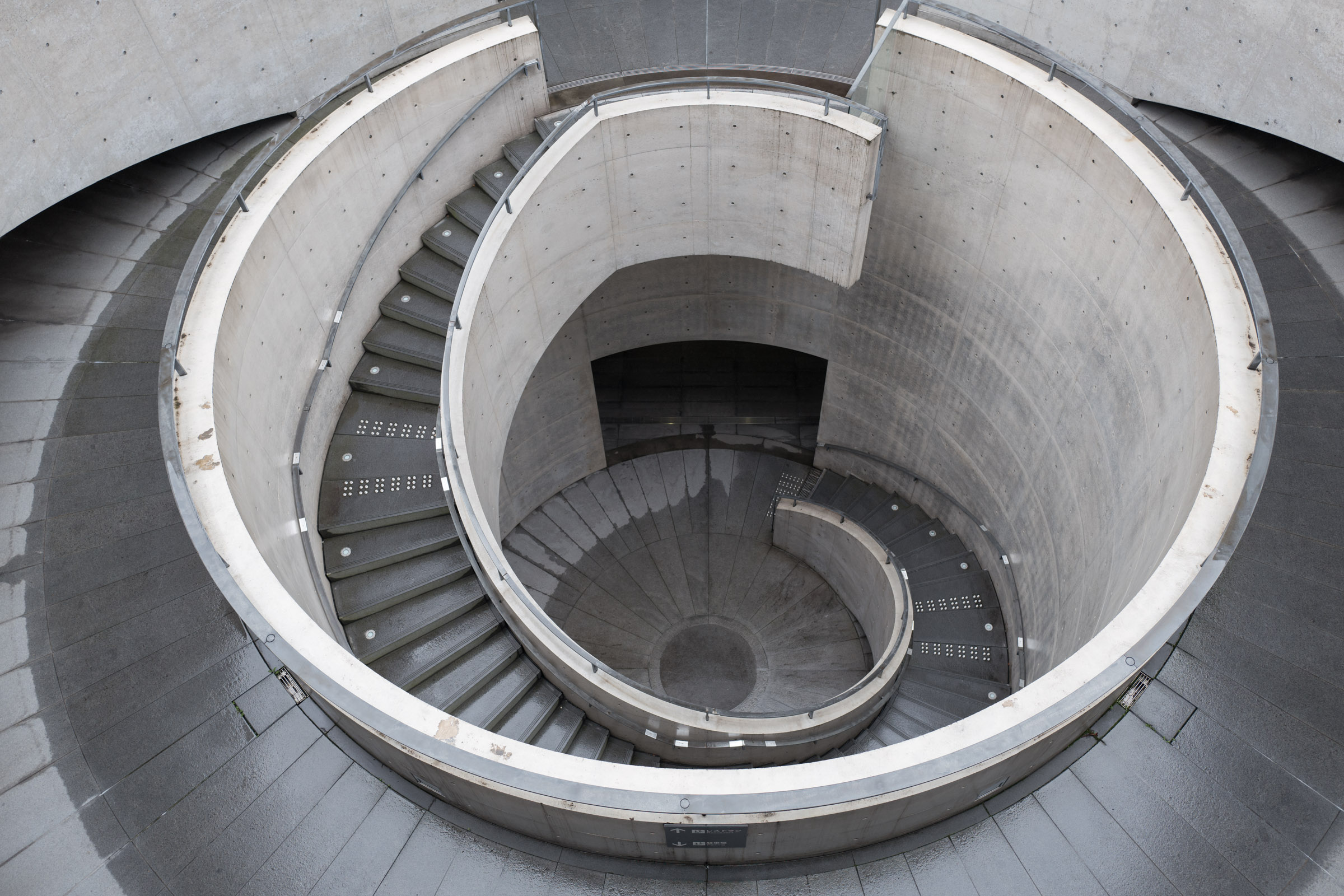
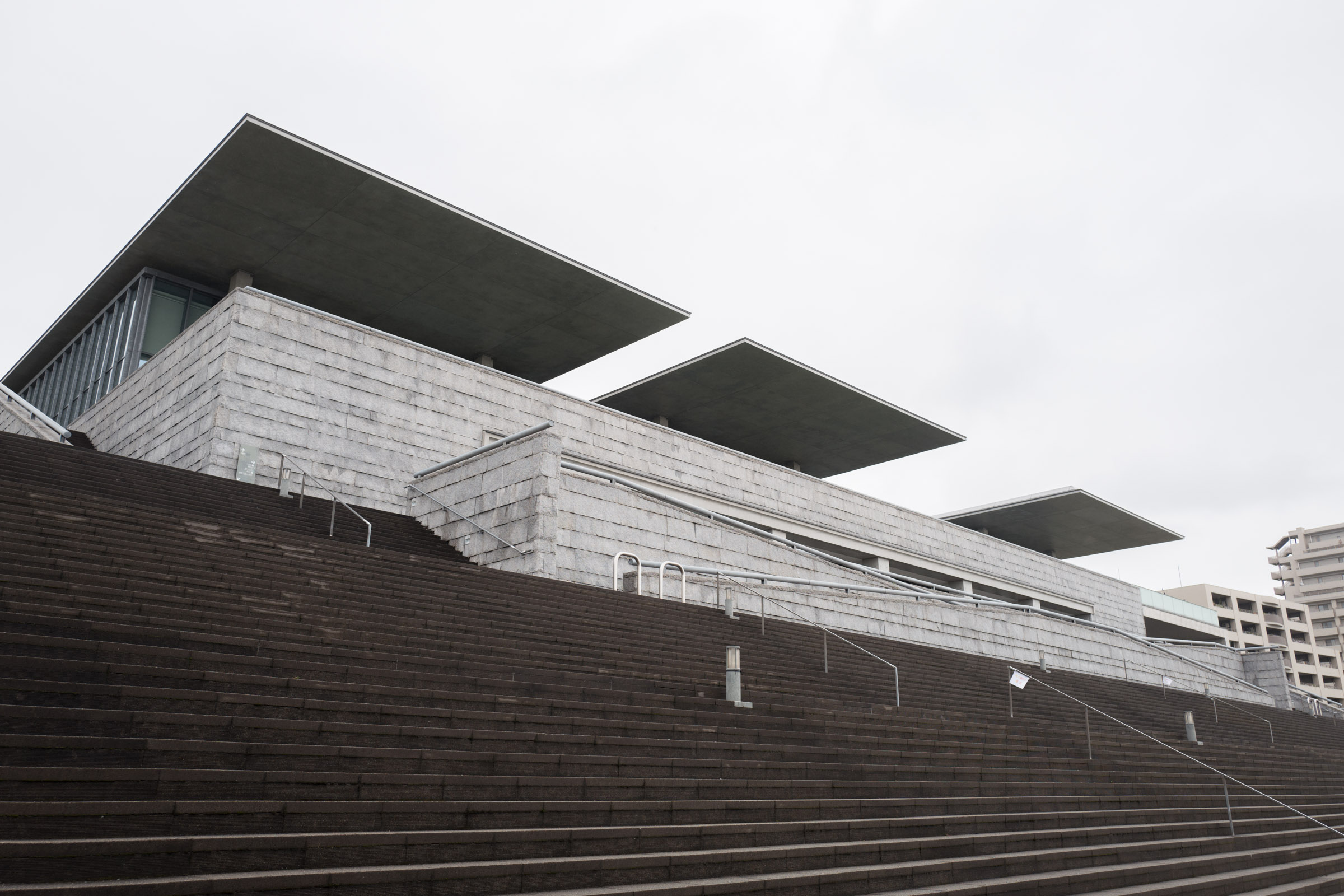

Good look.
I continued on to Takamatsu.
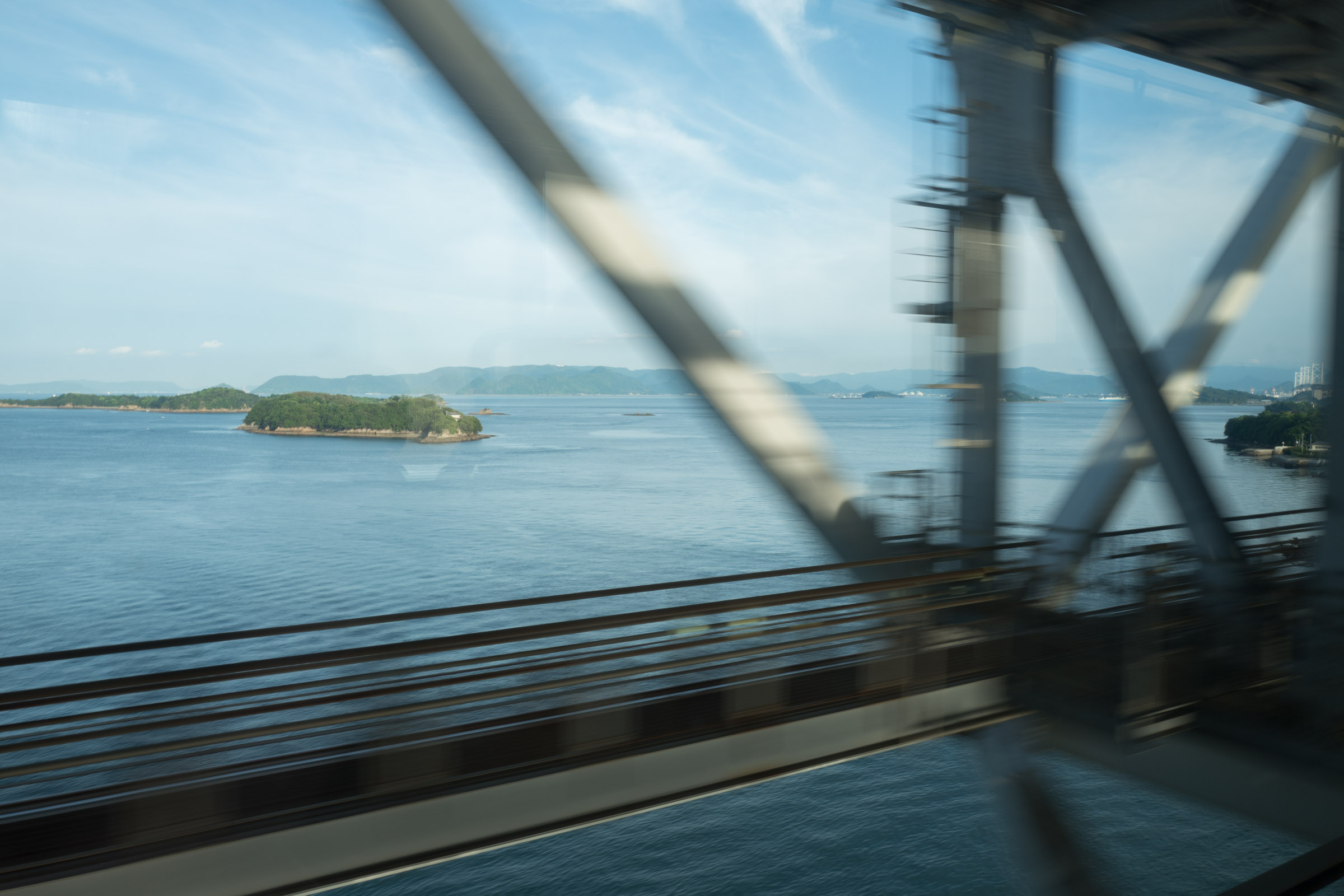
Takamatsu is primarily a port city, but has grown a lot since the opening of the nearby Seto-Ohashi bridge that connects the mainland (Honshu) with Takamatsu’s island (Shikoku).
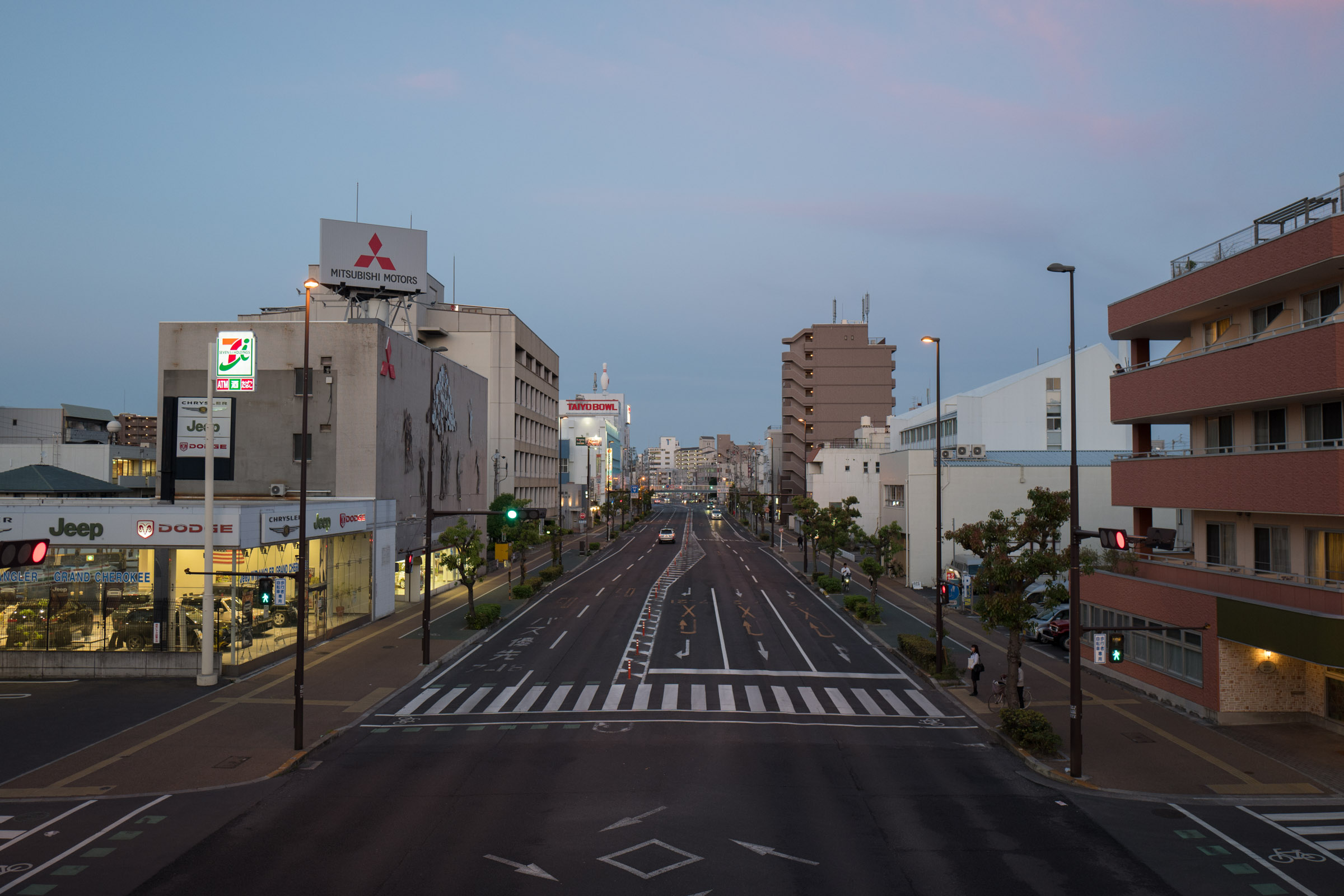
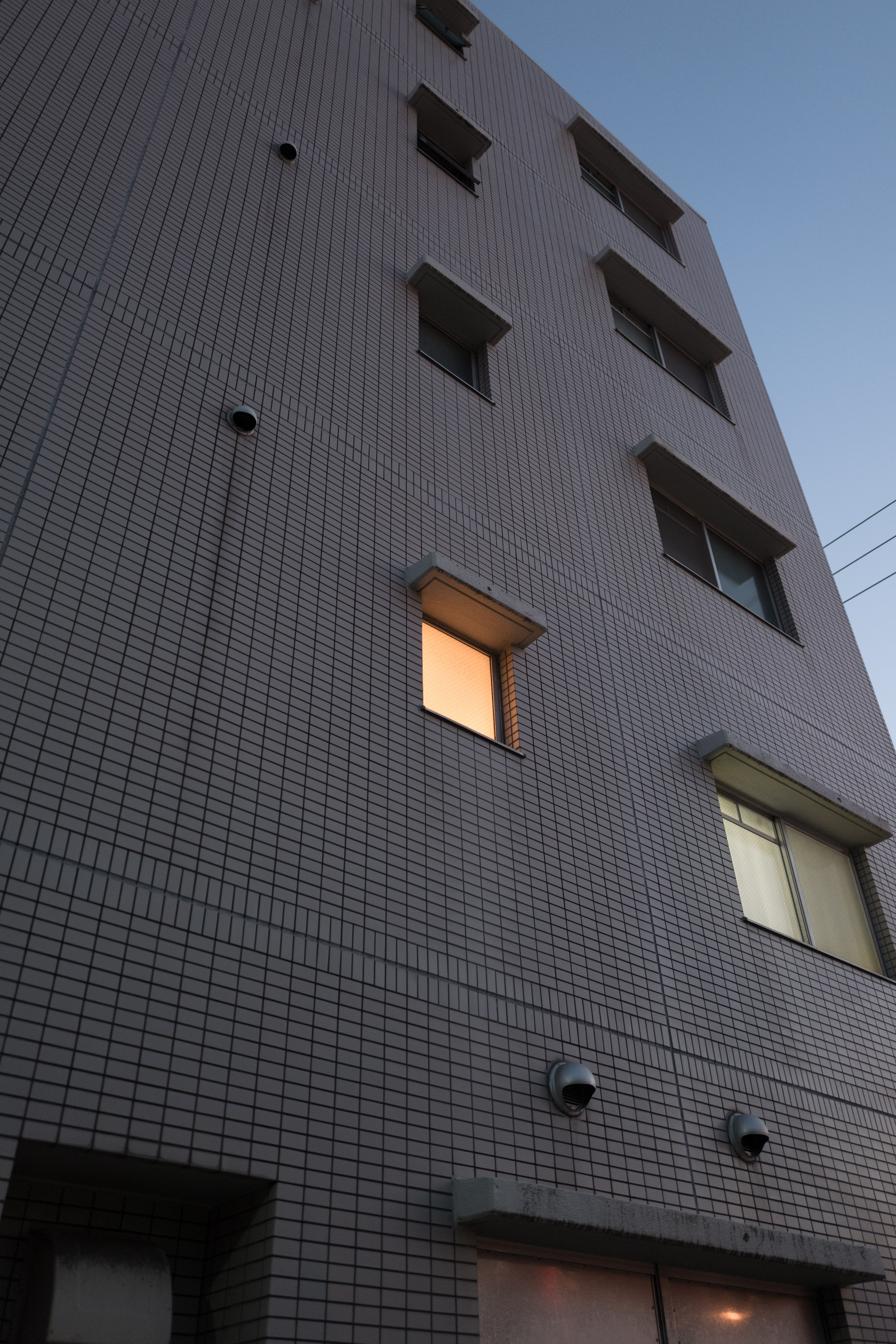
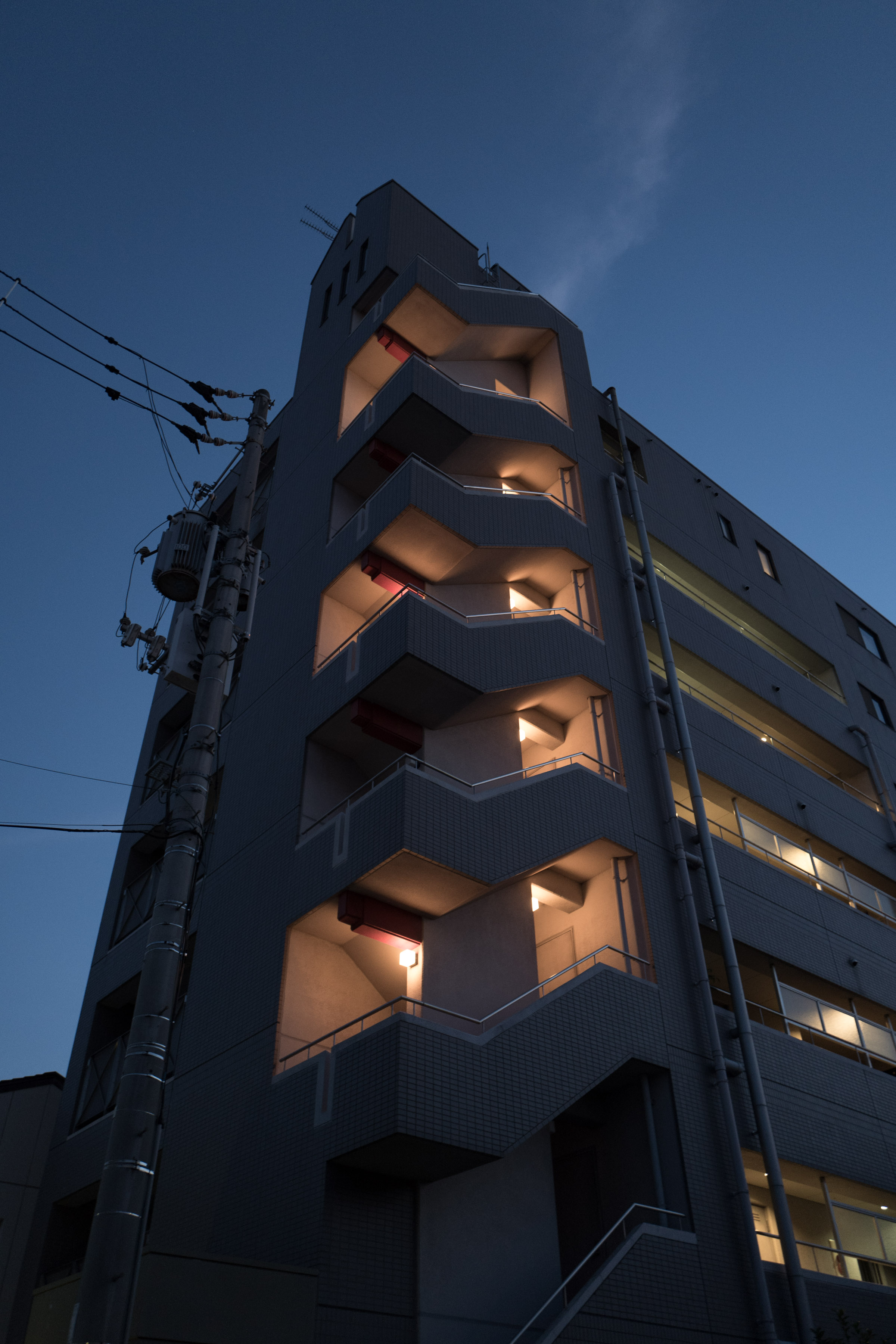
Takamatsu’s prefecture is known for it’s firm and chewy udon. Can confirm, I had some great udon here. (It was also served super hot and I scalded my tongue like never before trying to slurp it up.)
Besides the udon, my main reason for coming to Takamatsu was actually to visit the nearby island of Naoshima: home to some beautiful landscapes, architecture, and amazing art galleries.
I caught the first ferry out.



Renting a bike and cycling around is the preferred way to visit the island, but it was so nice out that I decided to walk.
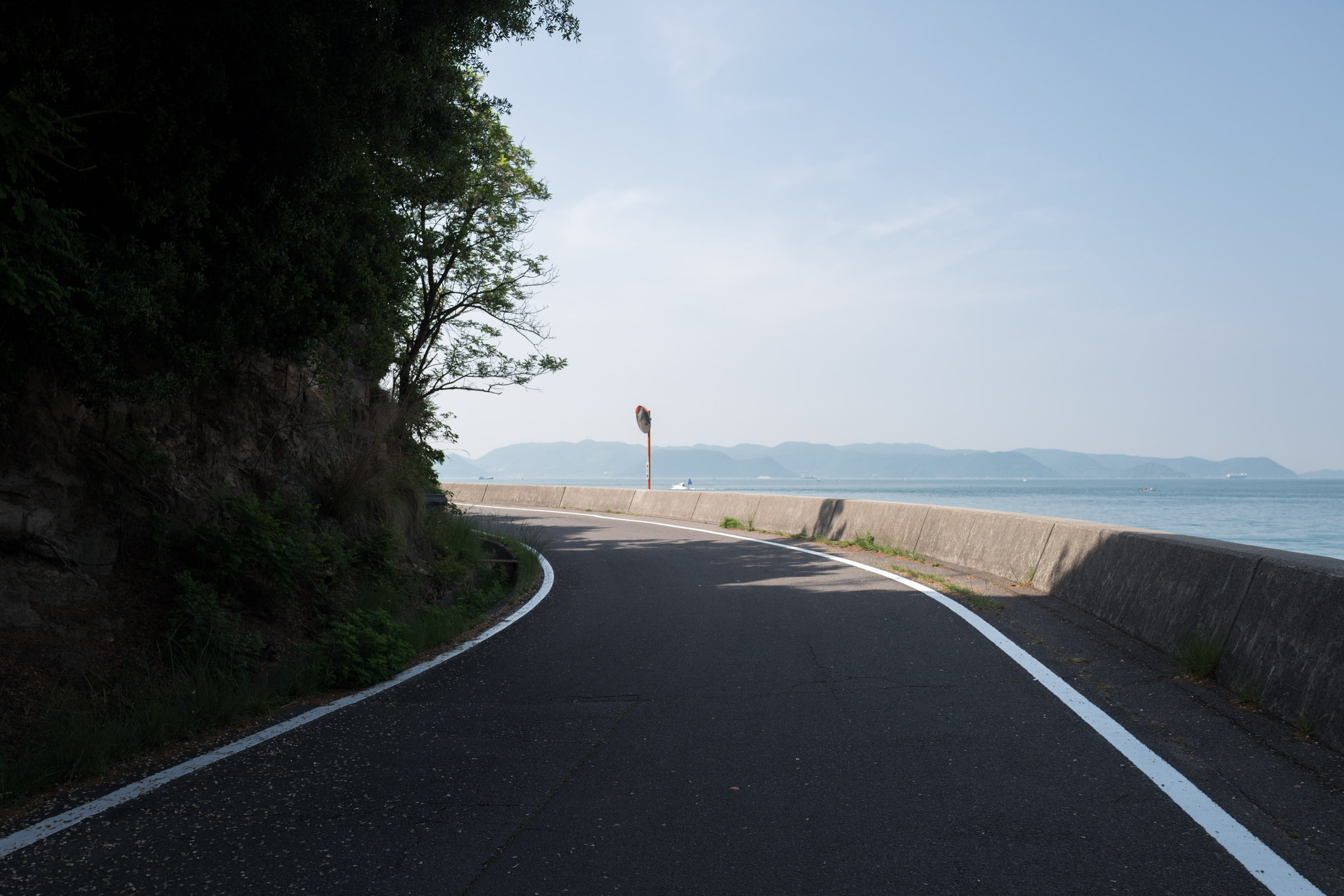
Tadao Ando was the architect for pretty much all the galleries on the island: Chichu, the Benesse House, the Lee Ufan museum, etc. There’s even a museum dedicated to Ando’s work which he, of course, also designed.
Not every day you get to run free with a whole island.
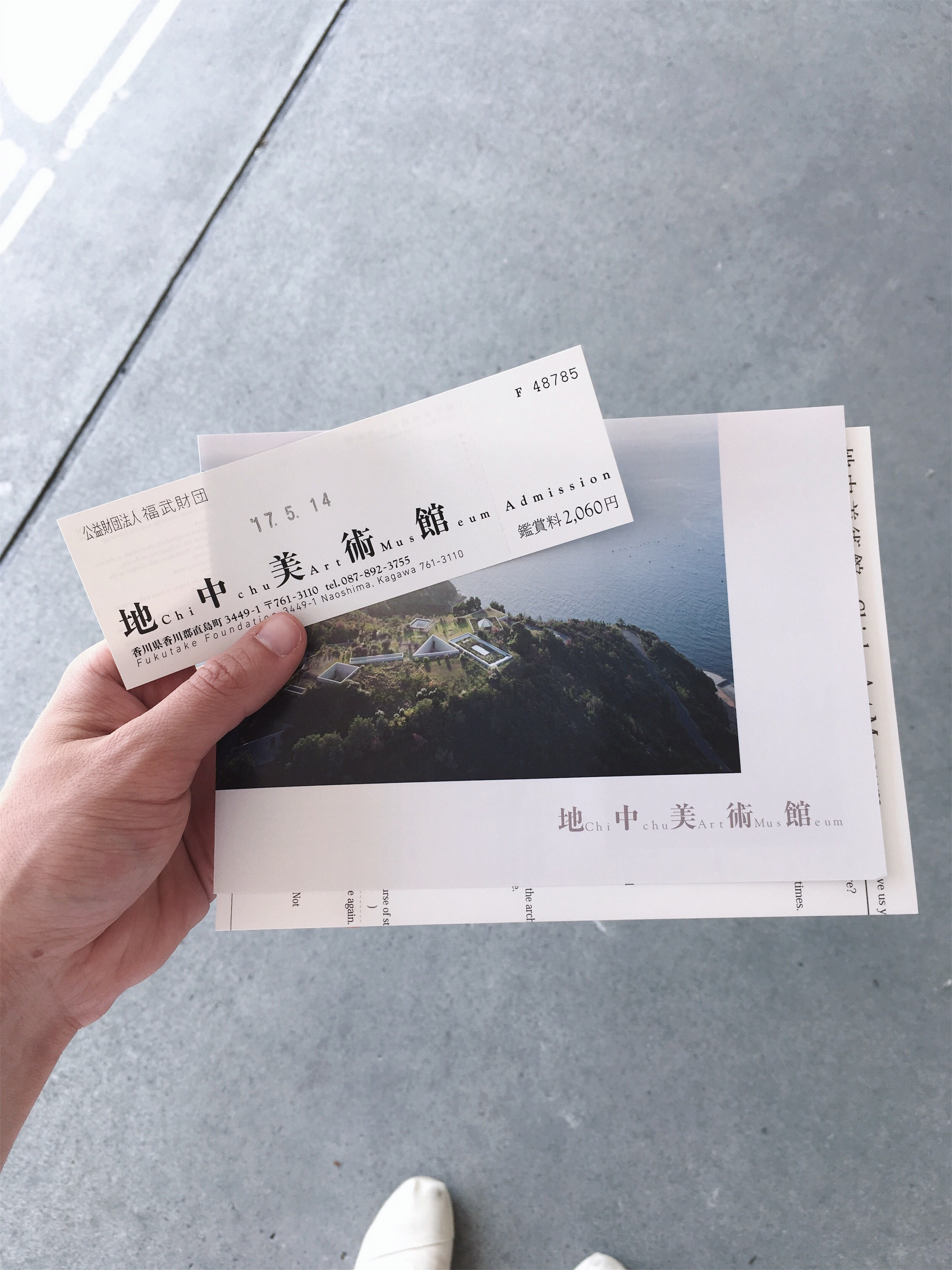
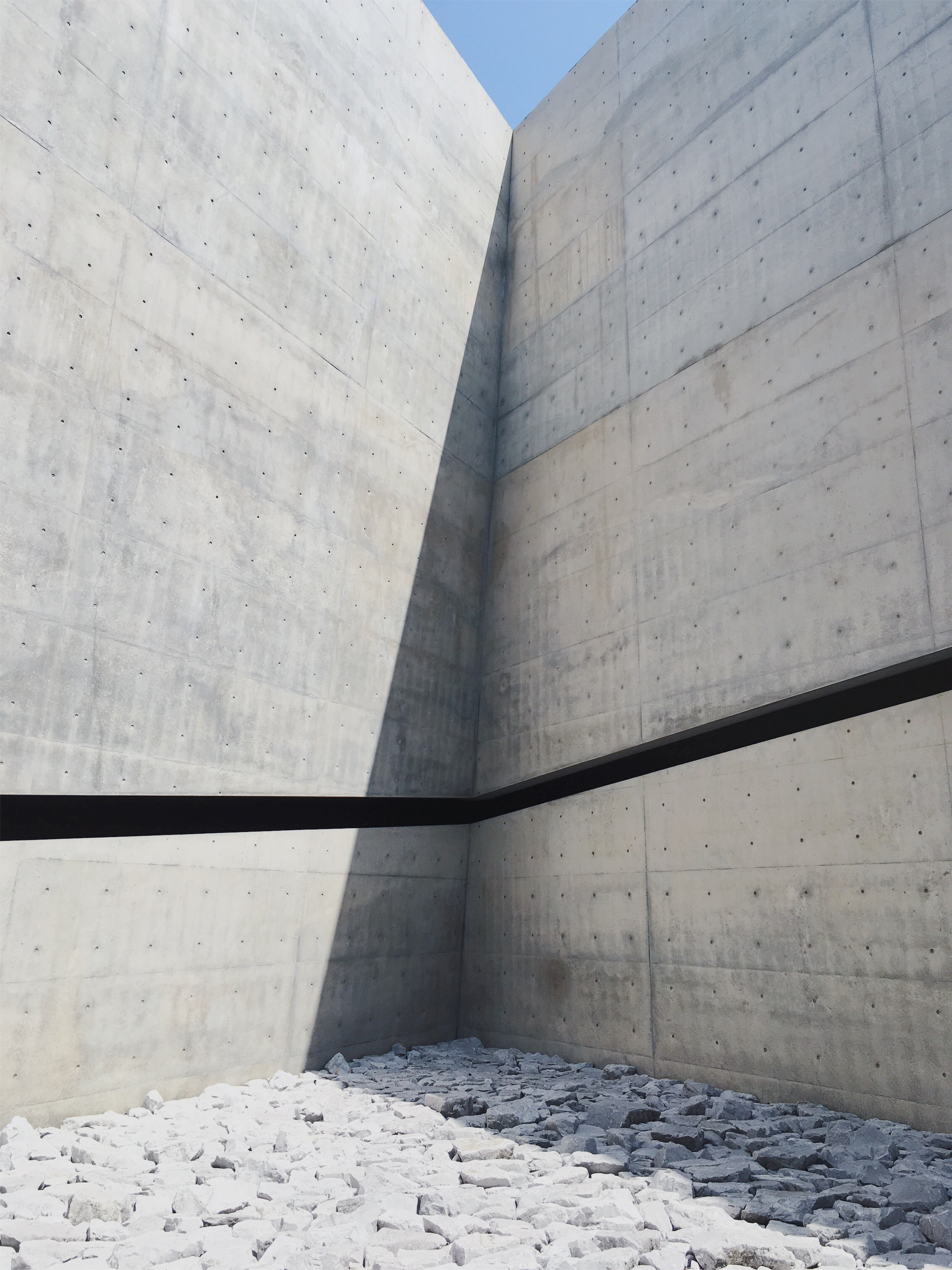
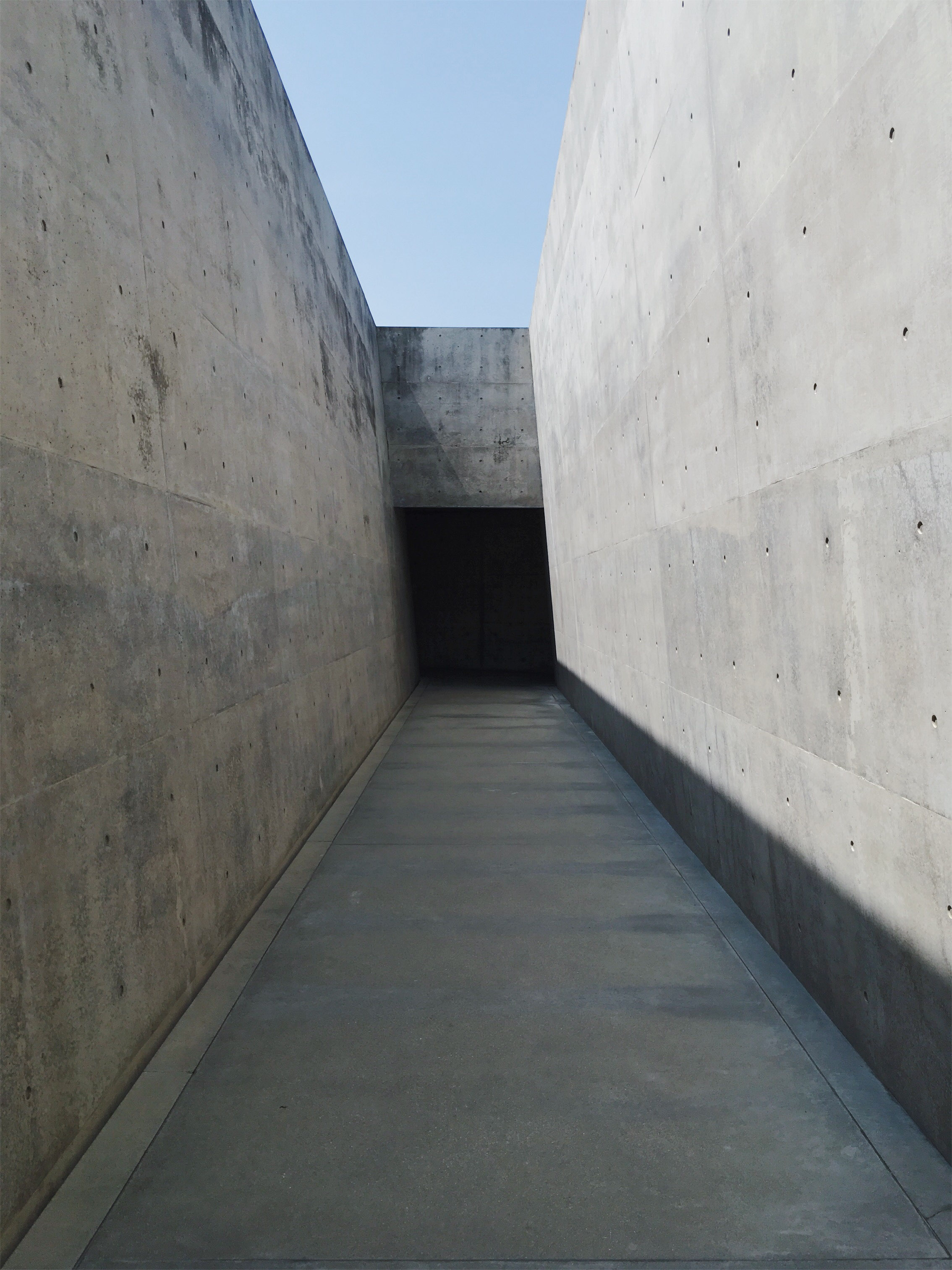
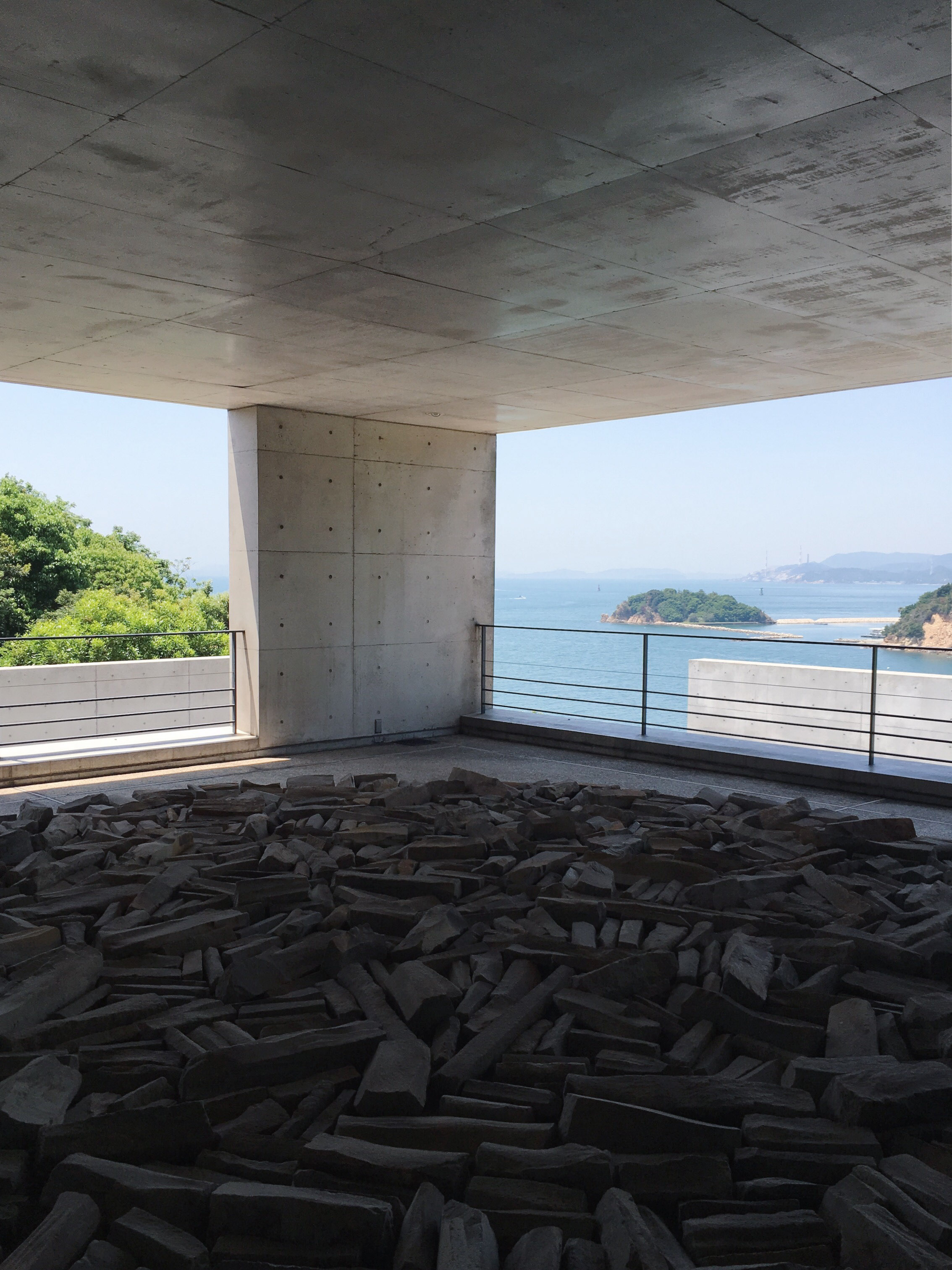
The Chichu museum was gorgeous.
The building was designed around the work of three specific artists: Monet, Walter di Maria, and James Turrell. The shape and lighting of each room is arranged to show those works in the best possible way.
Pictures weren’t allowed (I snuck these anyways 🙈), but you can also find some on zee webs.
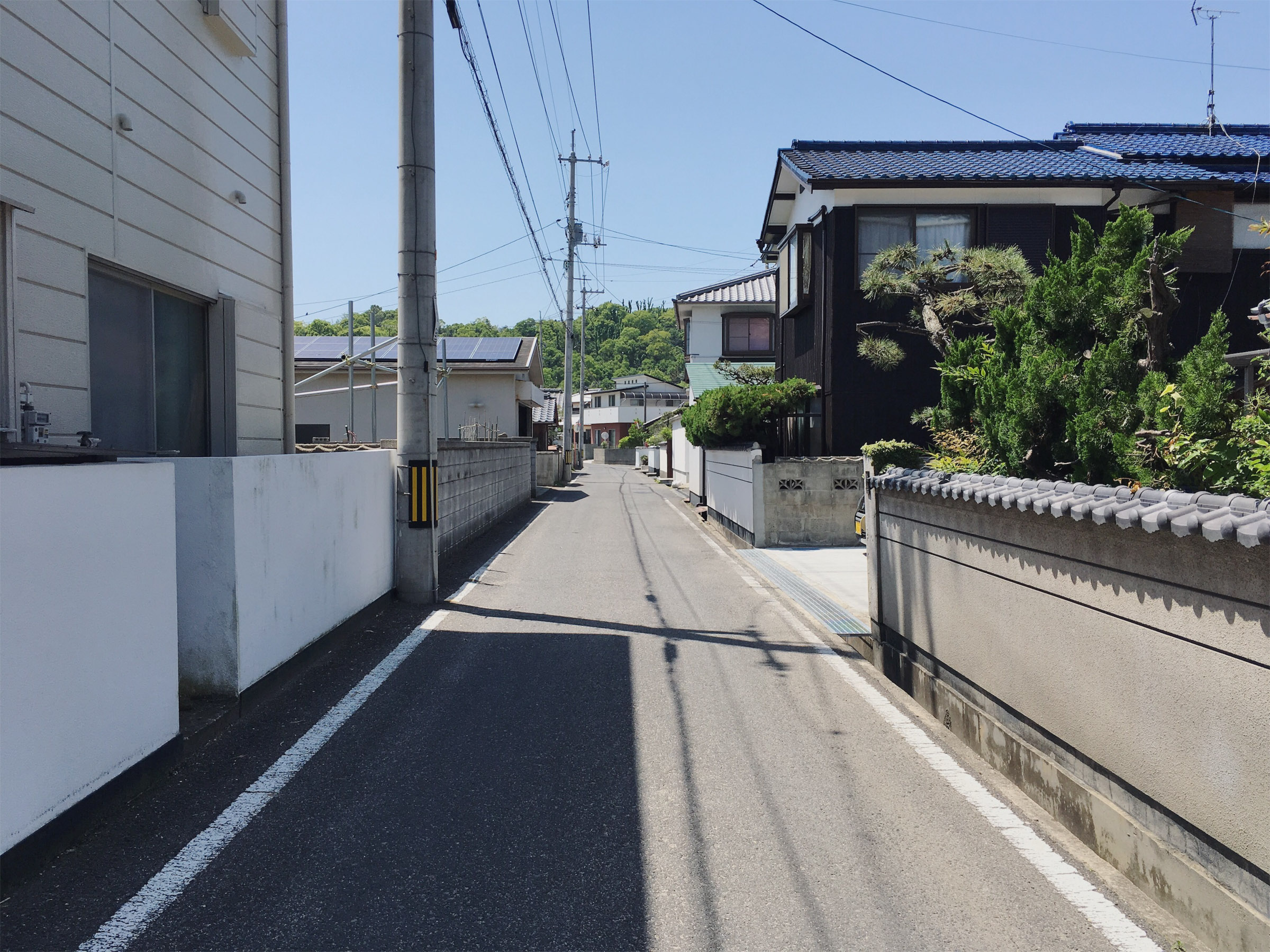
I regretted my decision to not rent a bike on the long walk back after standing in art galleries for hours.
Took a hard nap on the ferry ride back, haha.
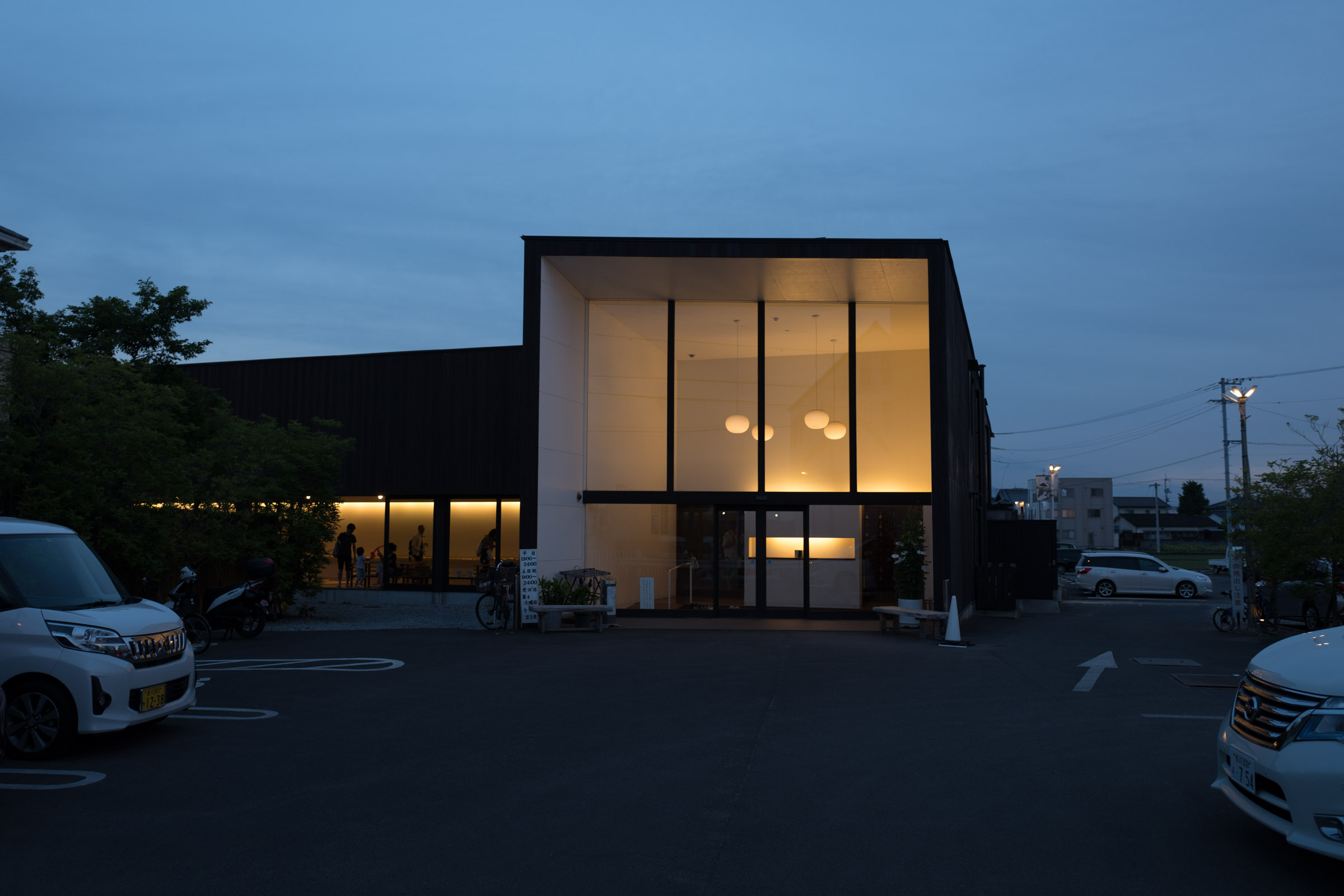
That night in Takamatsu, I visited Busshozan, a local onsen (hot springs), which hit the spot.
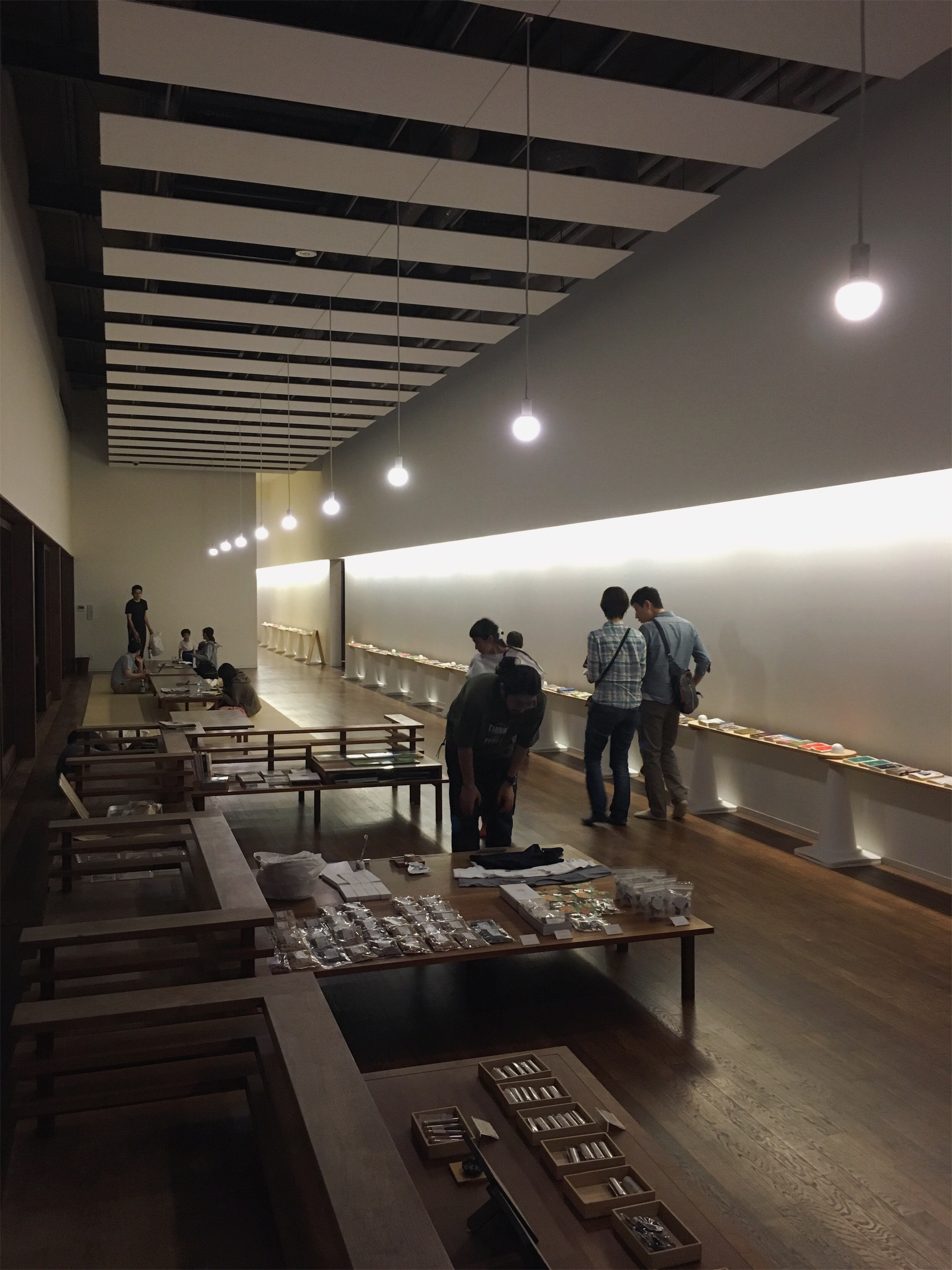
The city of Nara was next on my list.
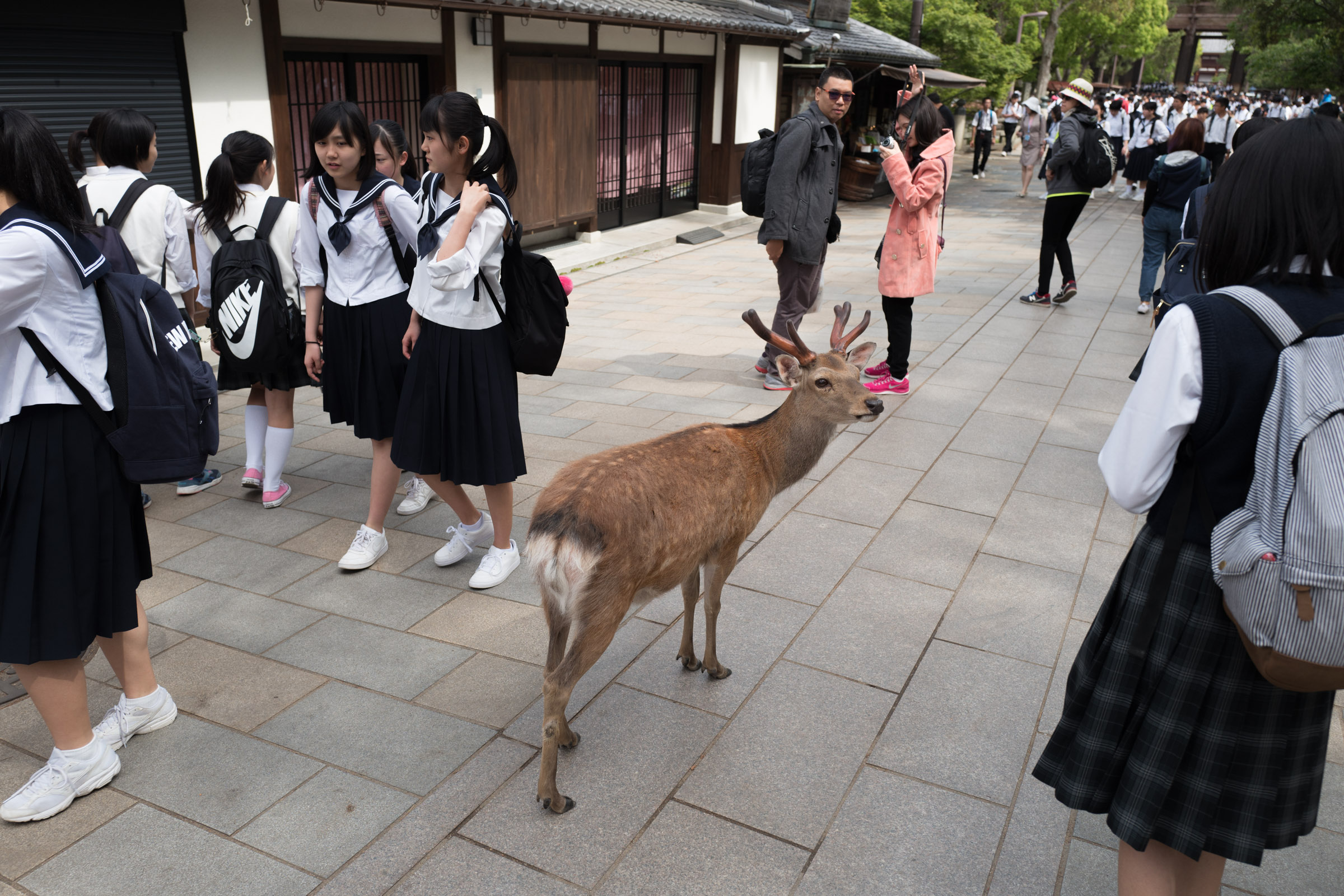
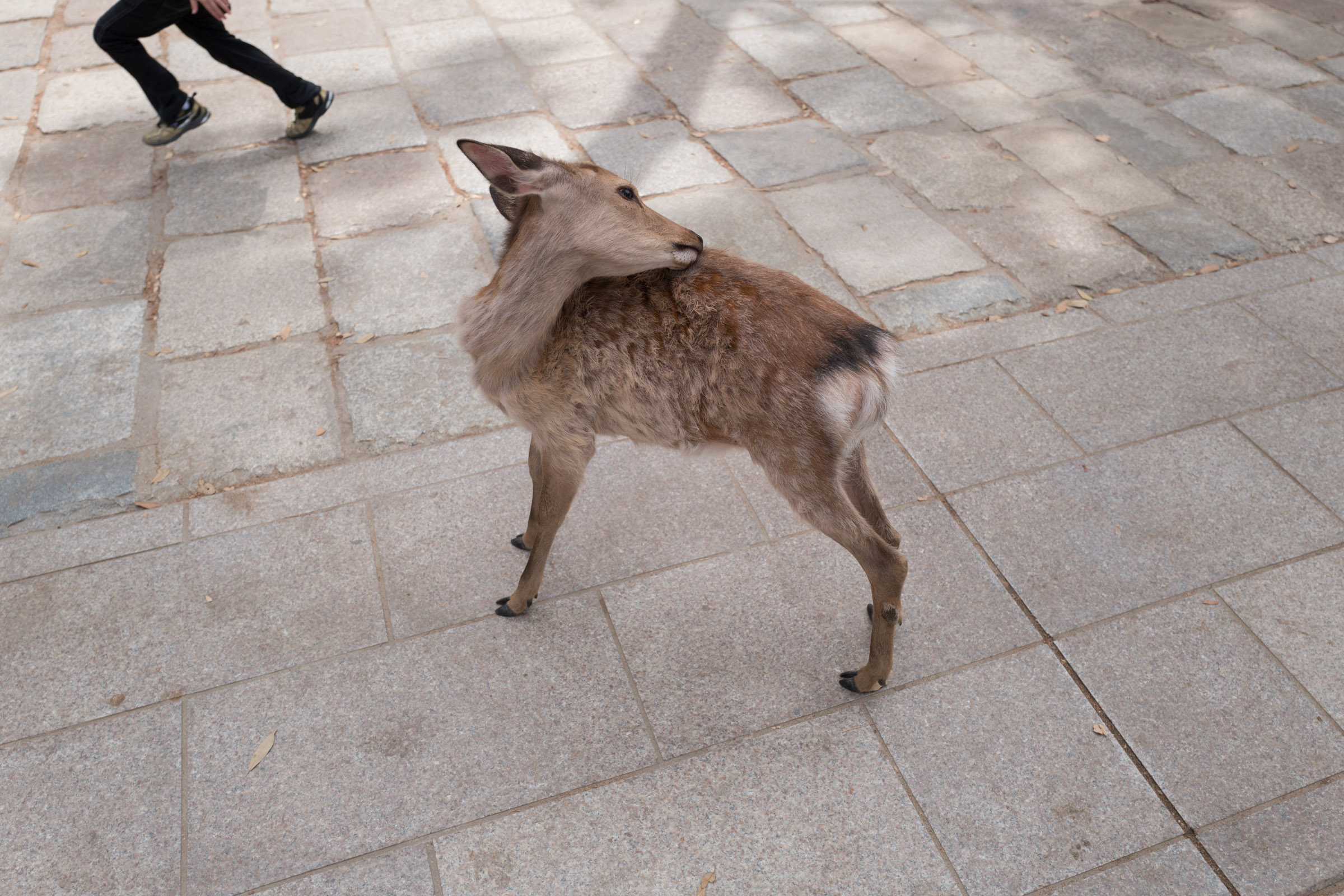
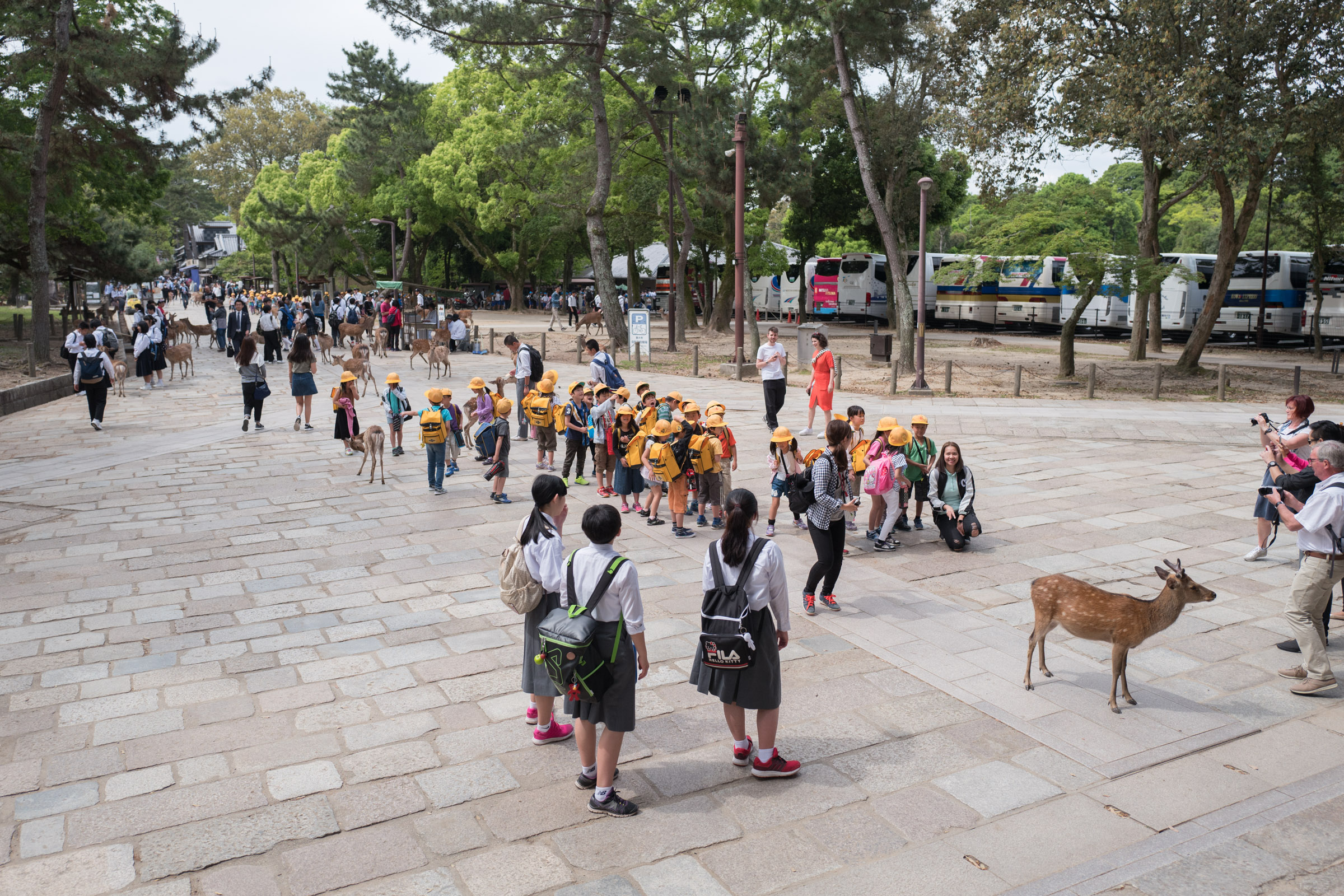
The deer and the school kids were out in full force the day I arrived.
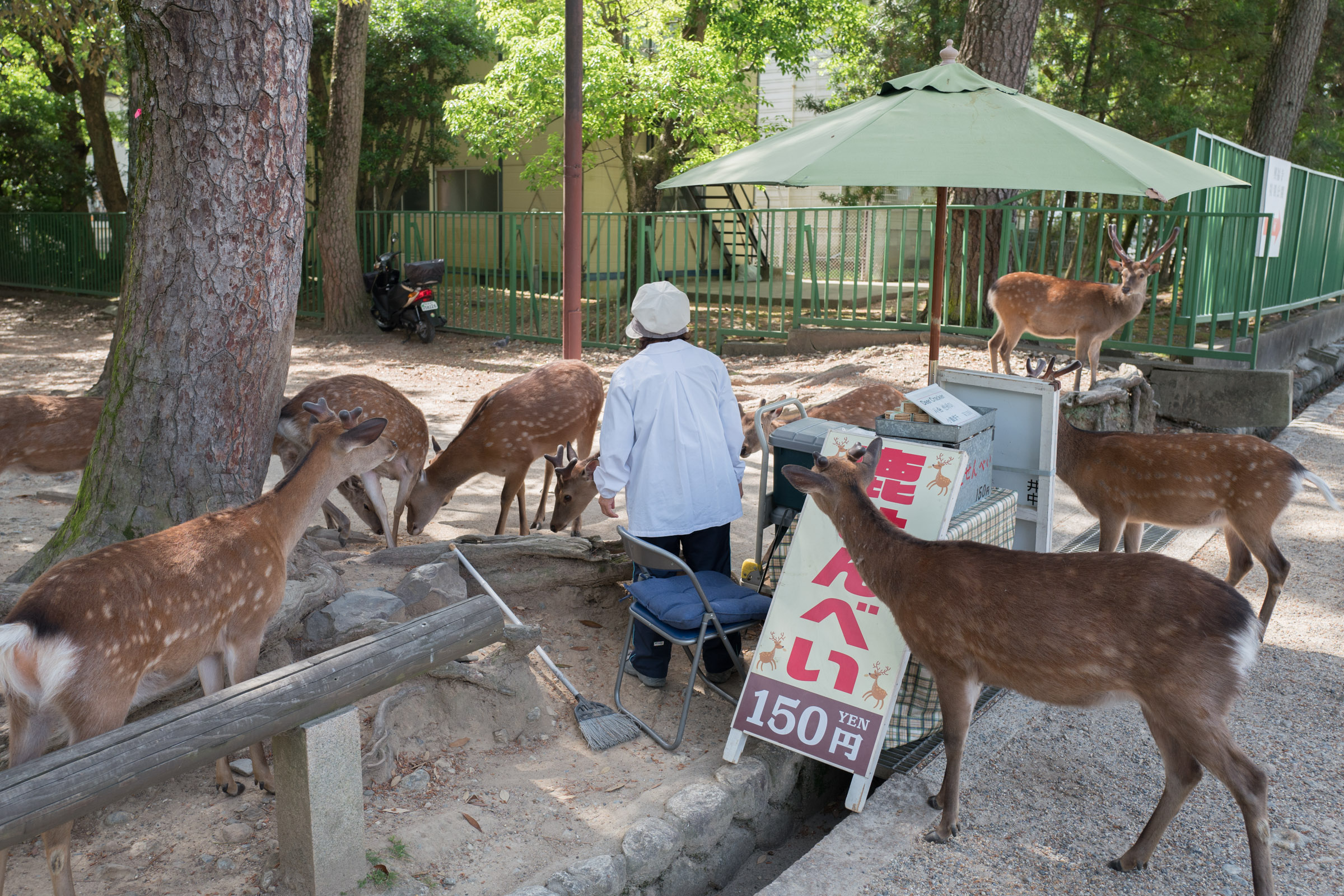
There were vendors selling crackers to feed the deer, who get sneaky when you’re not looking.
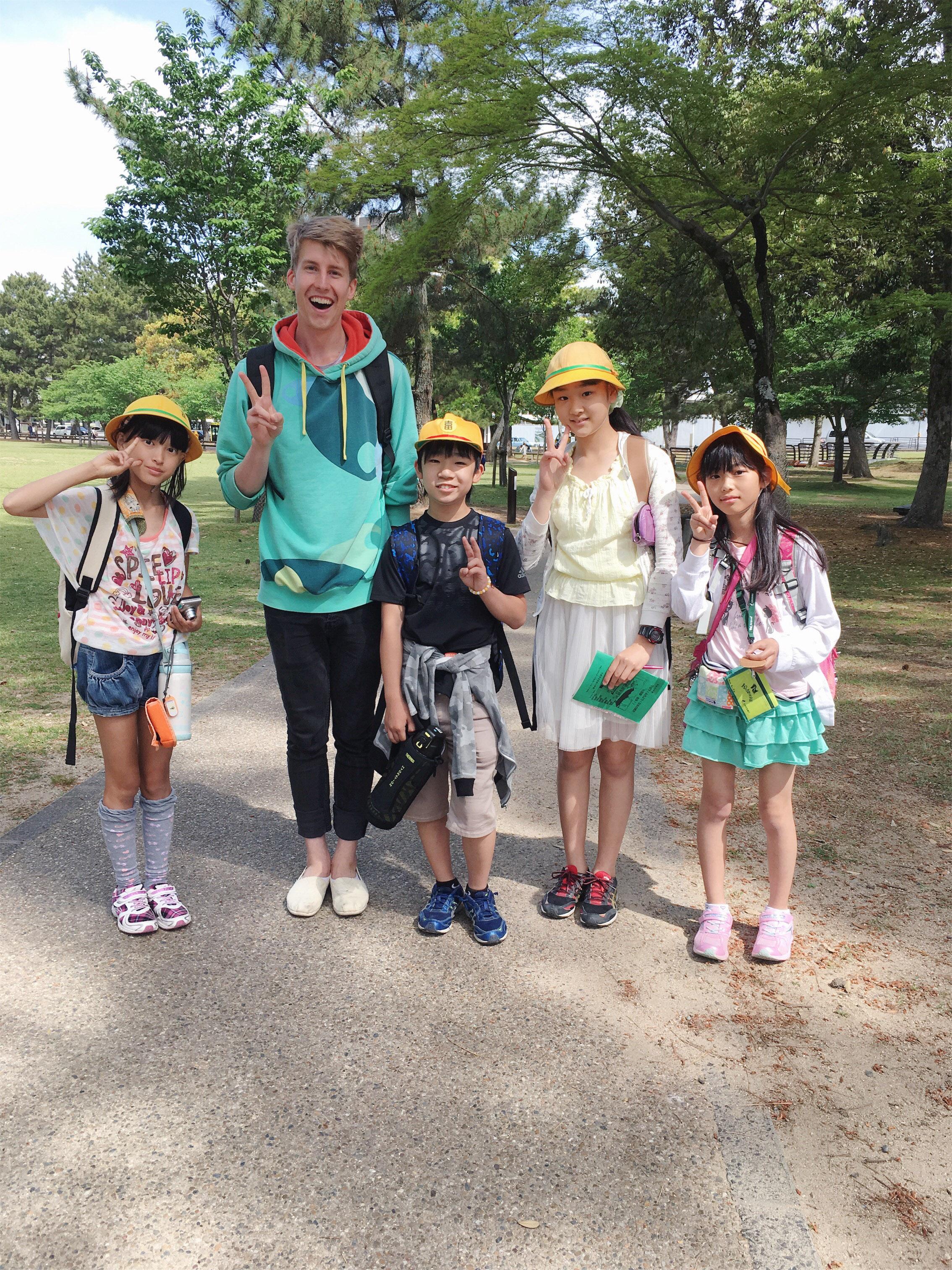
Also, got low-key interviewed for a couple school projects.
One evening, I made a quick trip to Osaka. Didn’t see much other than some big malls and long lines for takoyaki. I’ll give it a better chance next time.
I caught a train back to Tokyo for the last few days of my trip.
Back when I first arrived in Japan, I saw a poster for a Tim Hecker show in Tokyo. I’d wanted to see him for a while, so I grabbed a ticket.
There were no visuals to accompany the music — I never even saw Mr. Hecker. Just 45 minutes of pitch black sonic ambience.
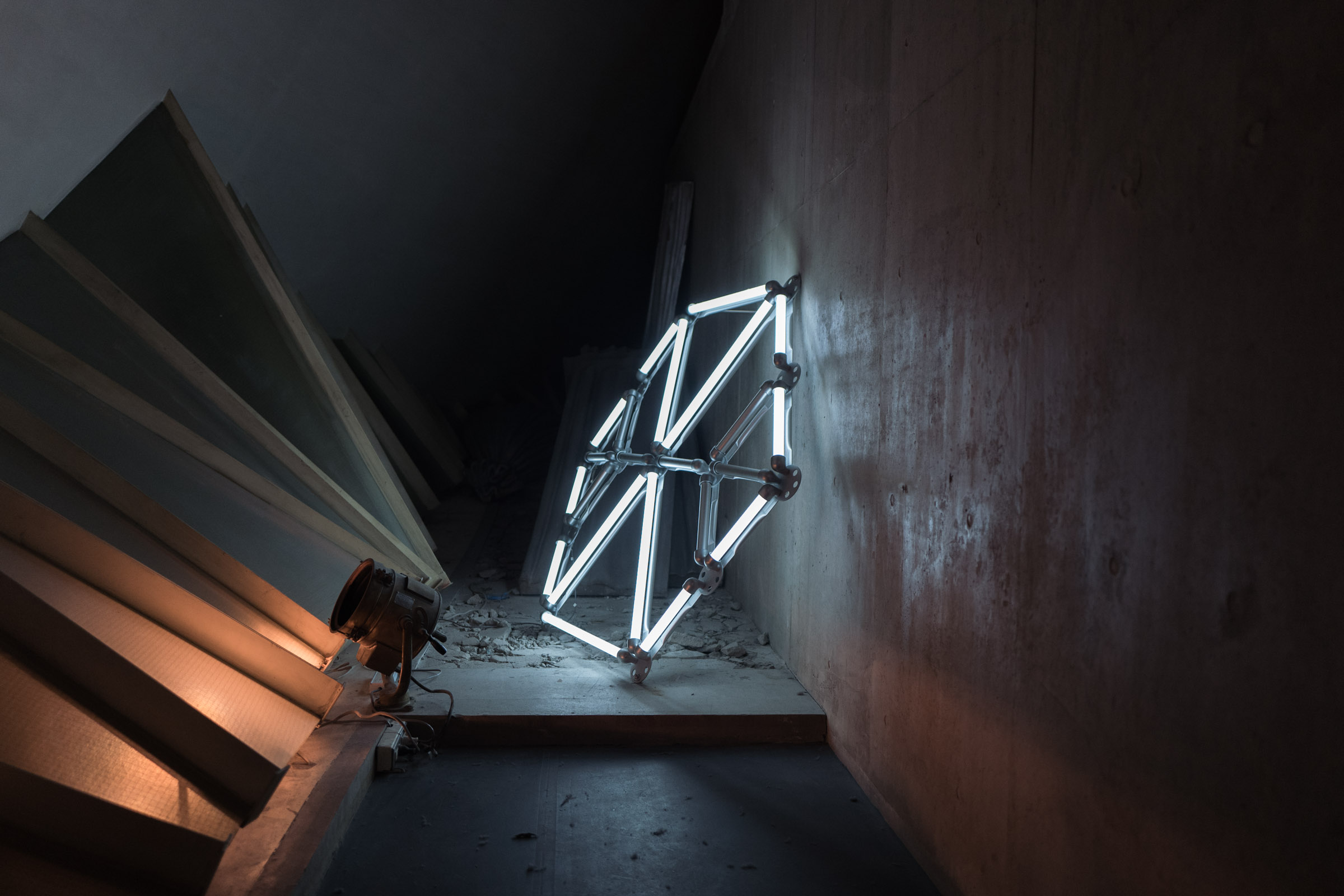
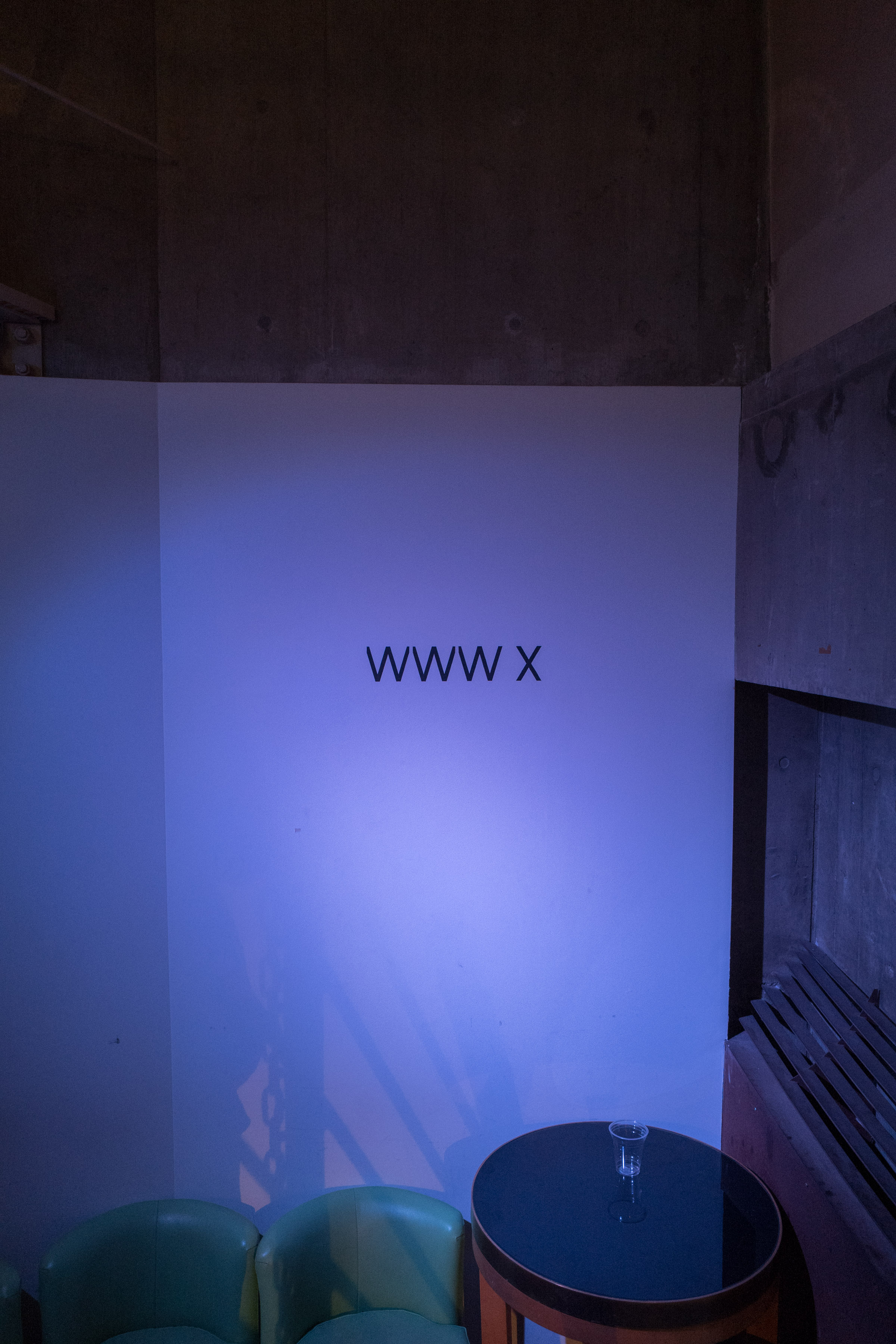
I also got to visit my favourite line of stores: MUJI. The one in Ginza was my favourite. It had a books, clothing, home renovation consultants, packaged food, packaged plants, and, best of all: a full café with delicious food.
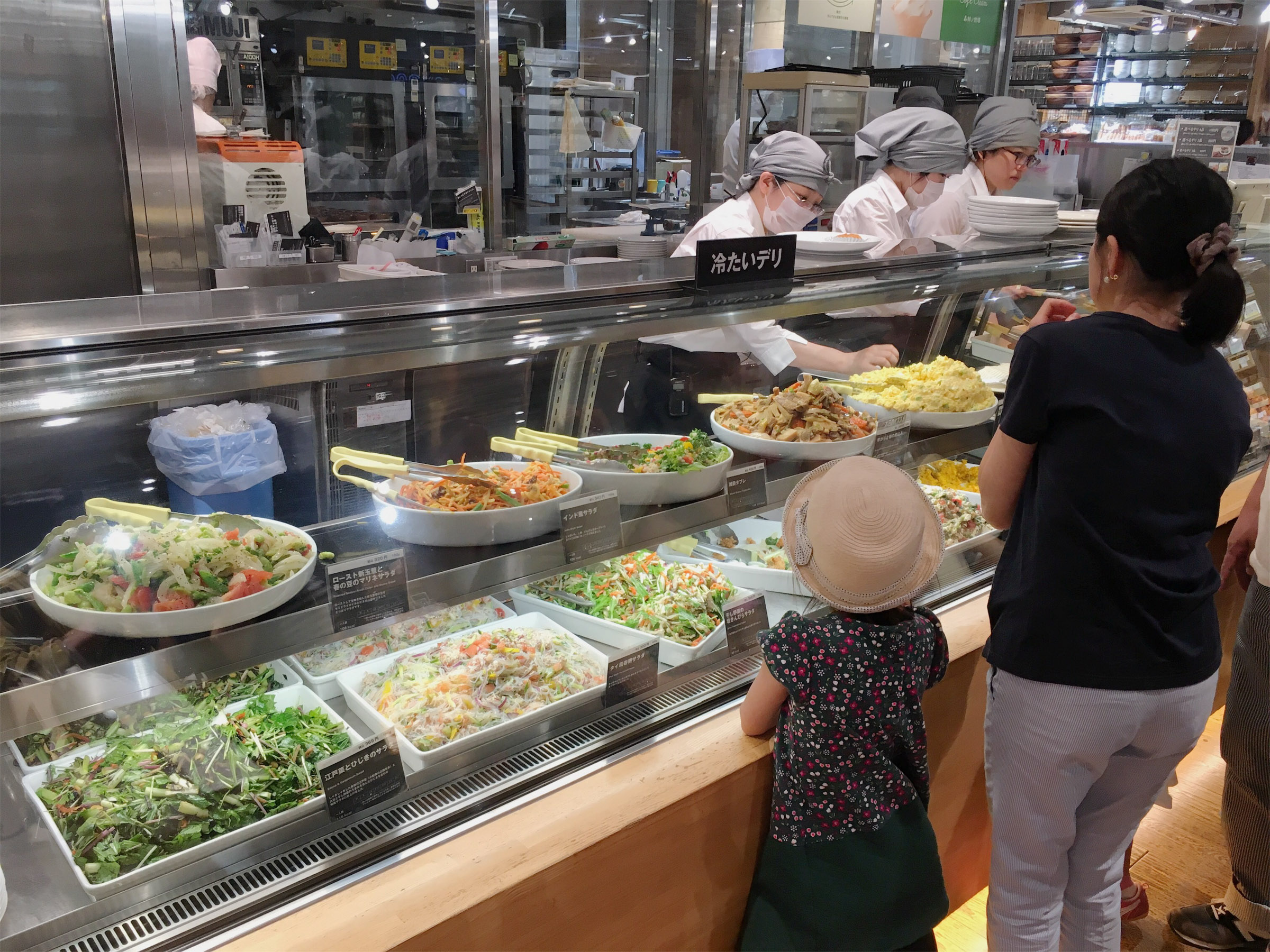
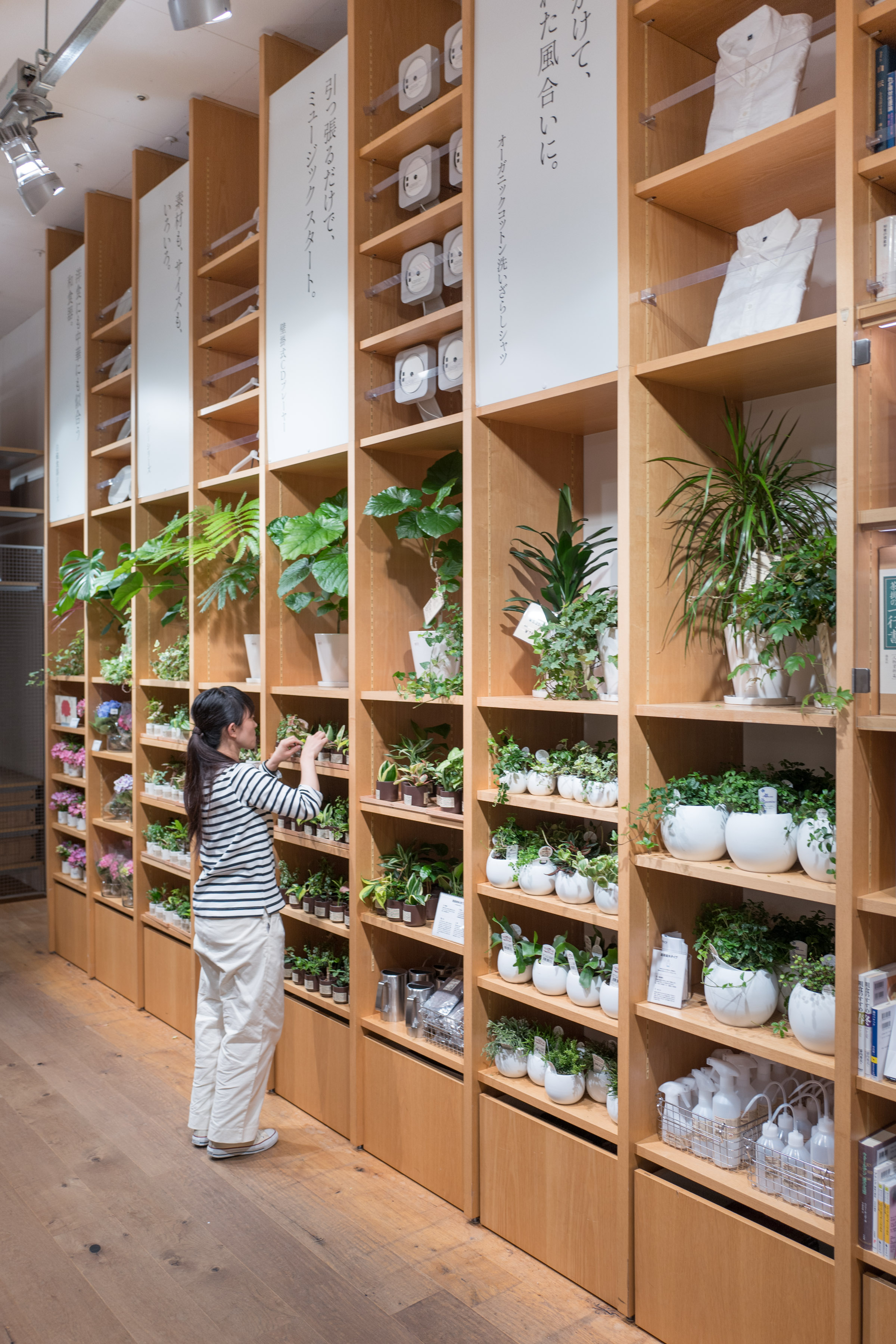
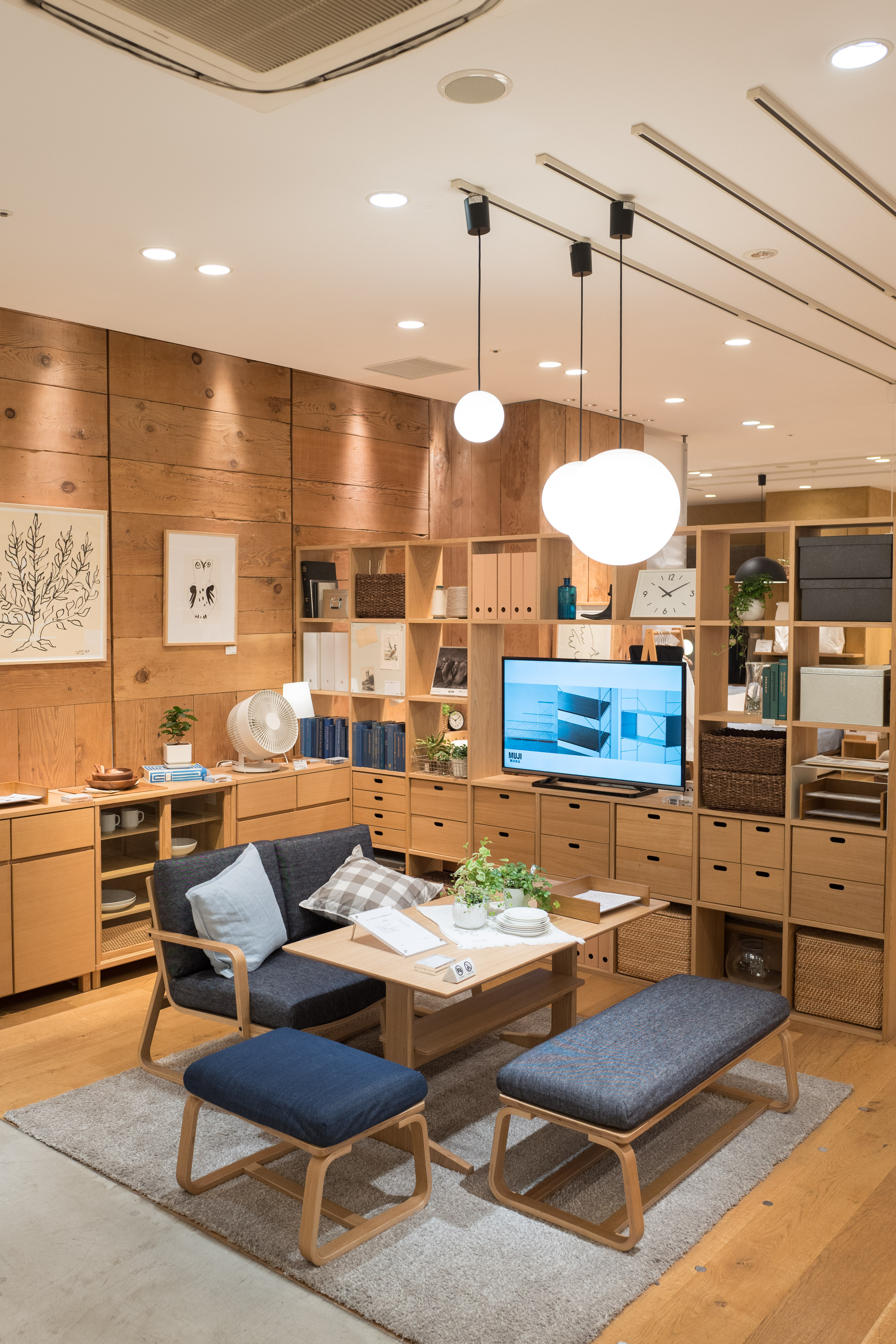
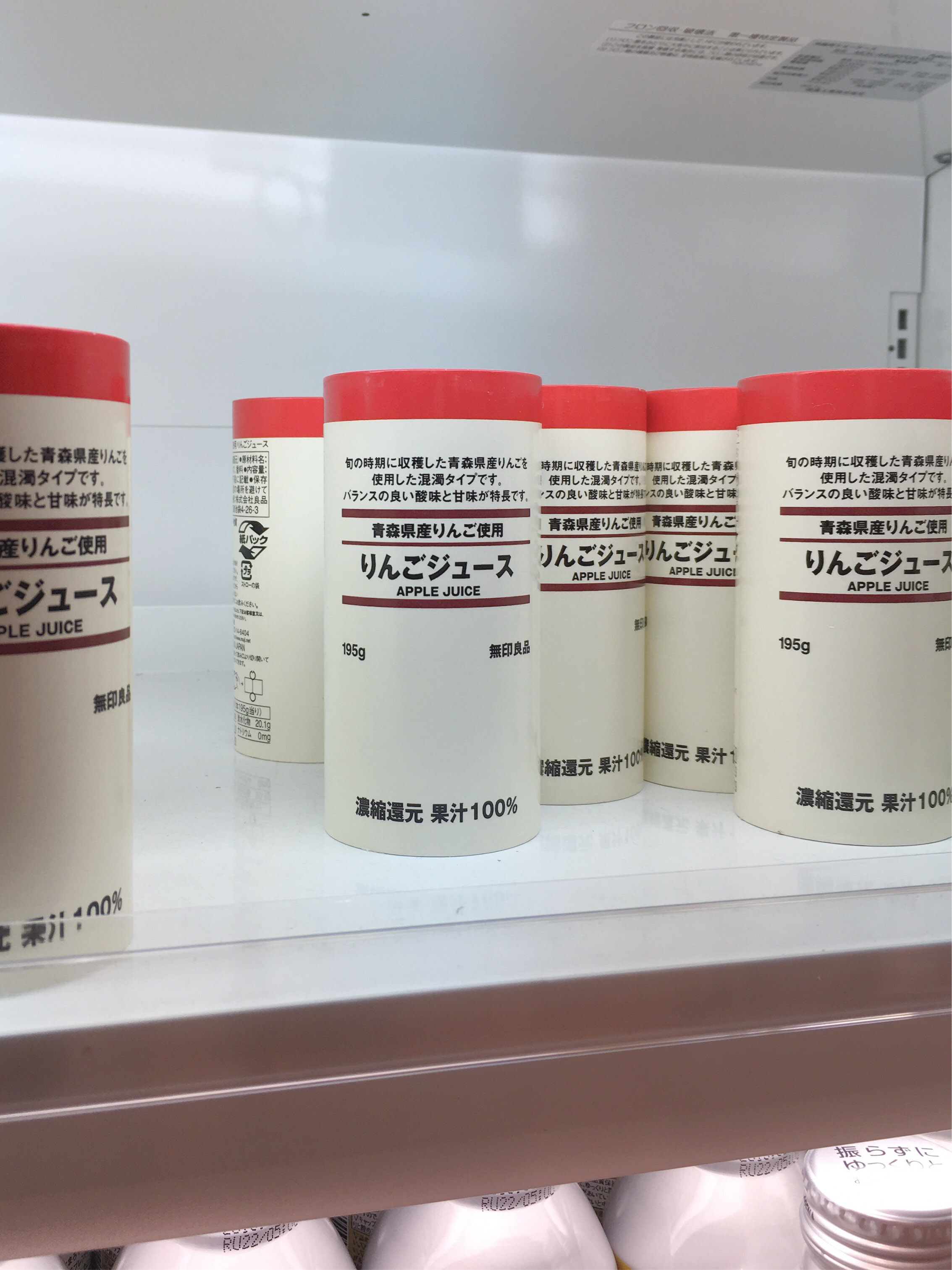
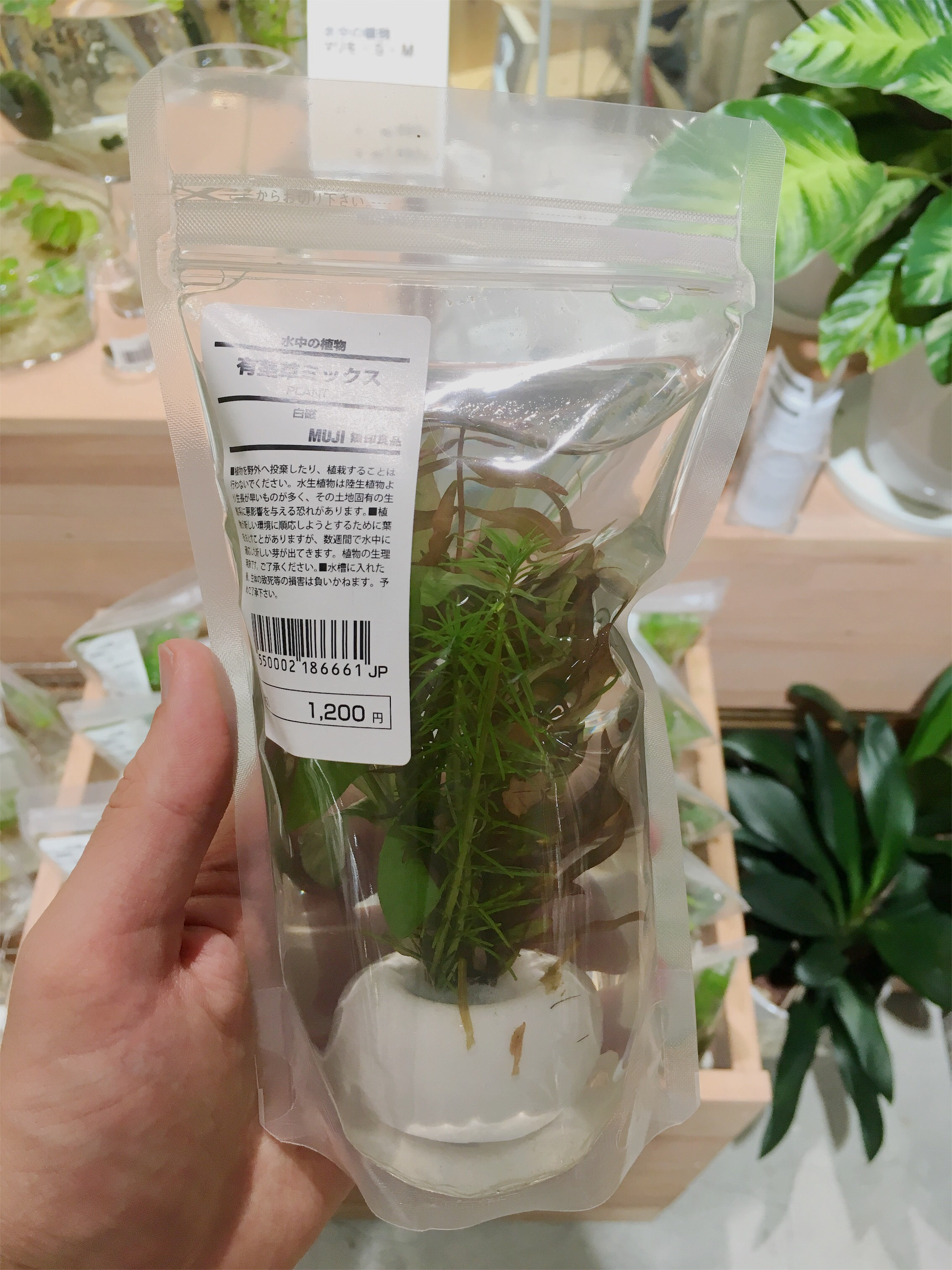
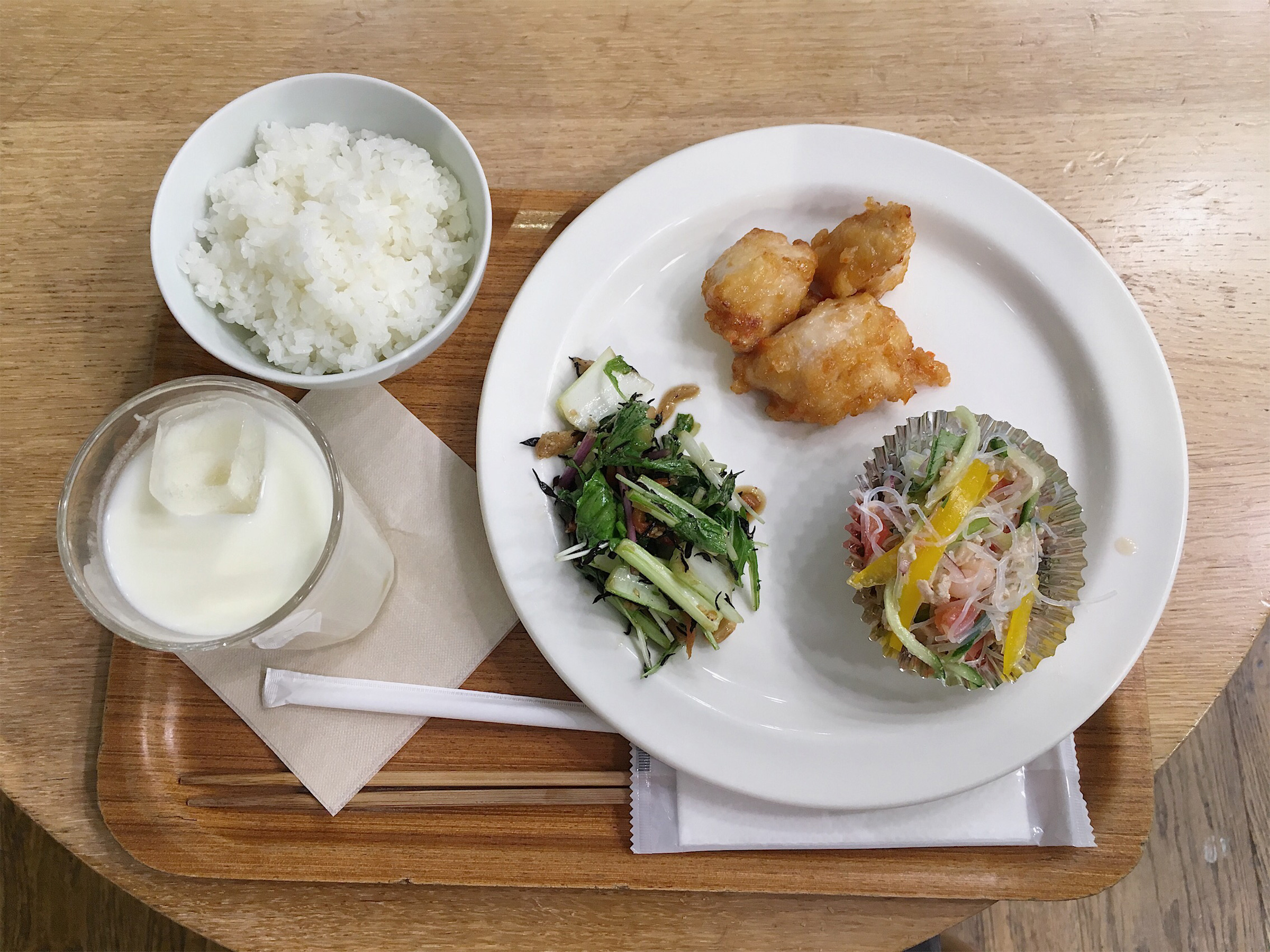


My goodness, I could live in that store I love it so much.
Next day I went to Hakone to check out the Open Air Museum.
The town was so beautiful — a village nestled into the mountains. A friend recommended I do the Hakone Round Course. I didn’t think I’d have the time, but I regret not doing it.
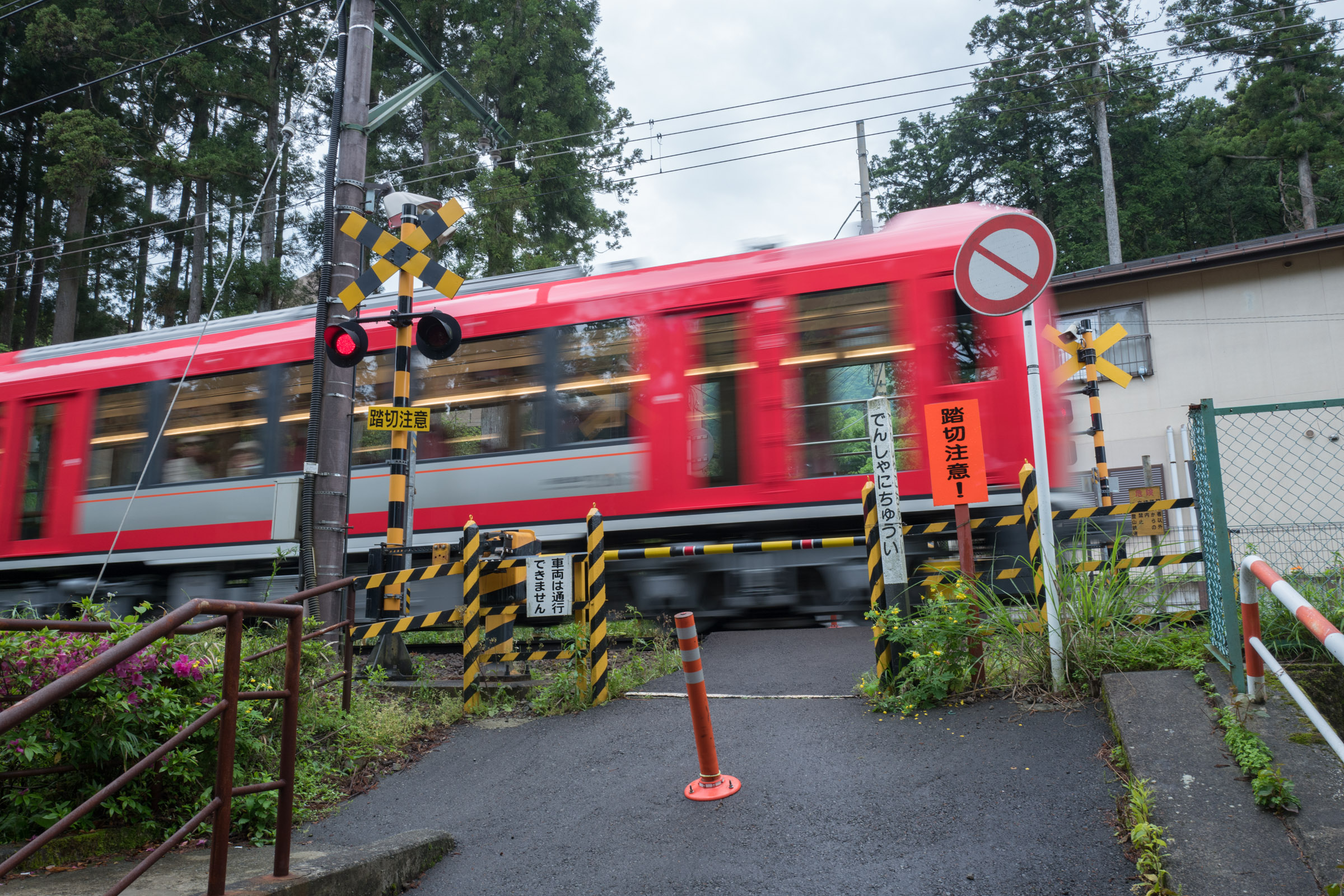
The Open Air Museum was also great, though at this point in the trip I had been to so many art galleries that I felt a bit like this guy:
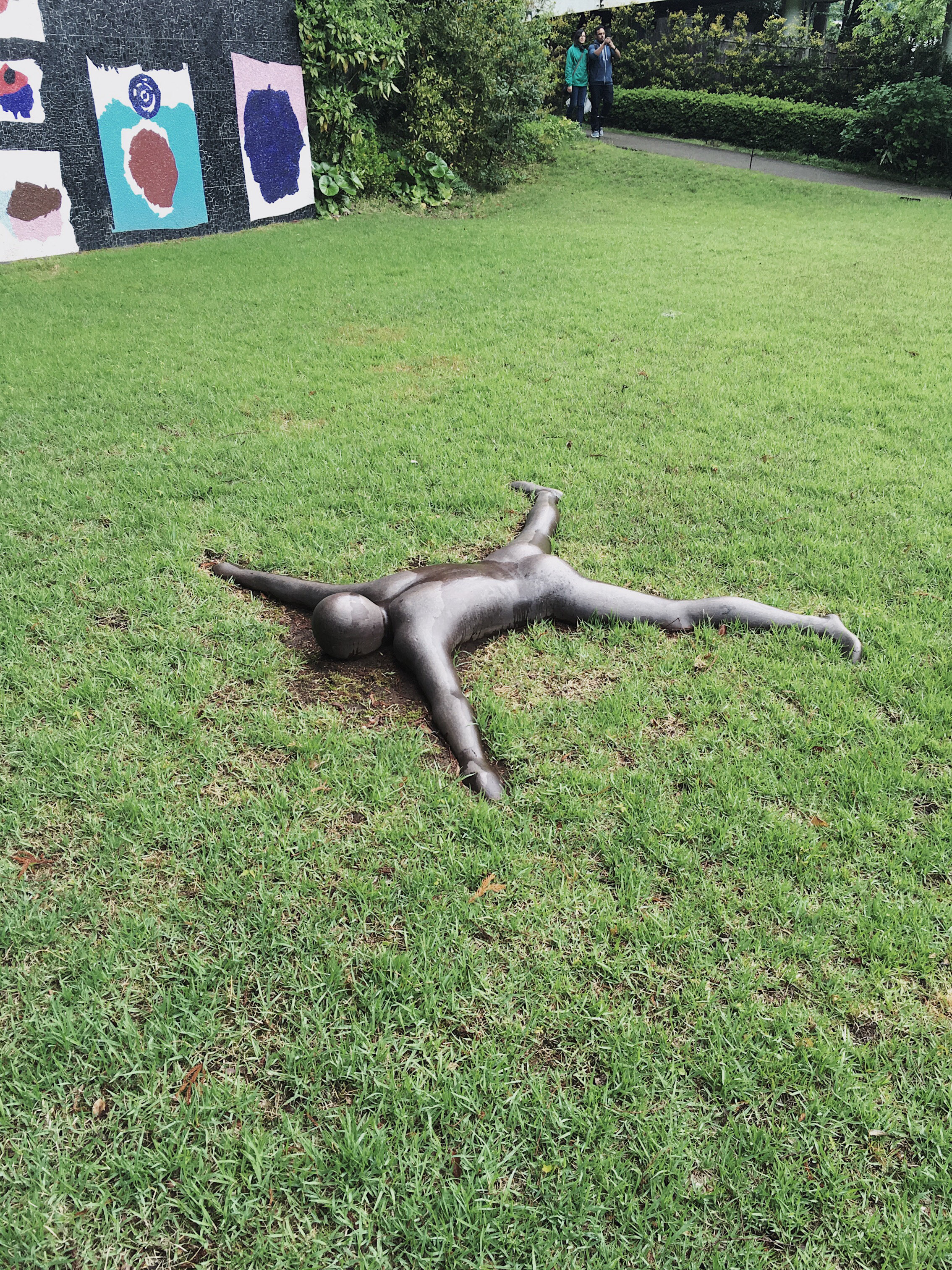
My last day-trip was to a small beach town south of Tokyo called Kamakura.
I checked out some shrines and stores. A few notes:
- The Kamaage Shirasu Donabe at this restaurant was just too good
- One restaurant had a sample of some pink jelly they serve sitting outside. Beside it was a sign, which I think it said something like “touch me!” A lady walking by gave it a pat, then shrieked back with an “OH!” as it jiggled
- Yuzu soda is the best
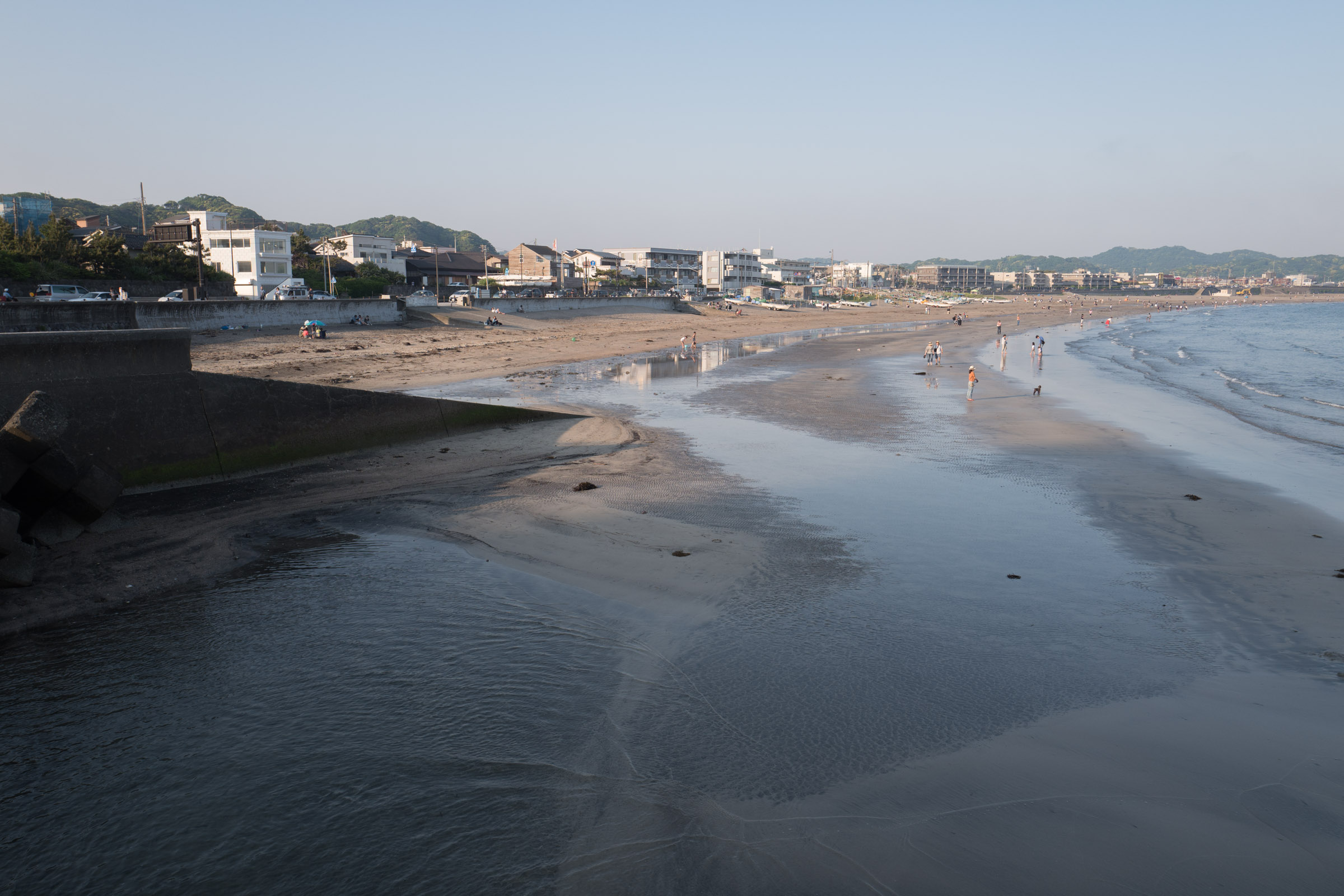
Almost every evening on the trip I turned into a mad man, sprinting around snapping photos, trying to capture the blue hour light.
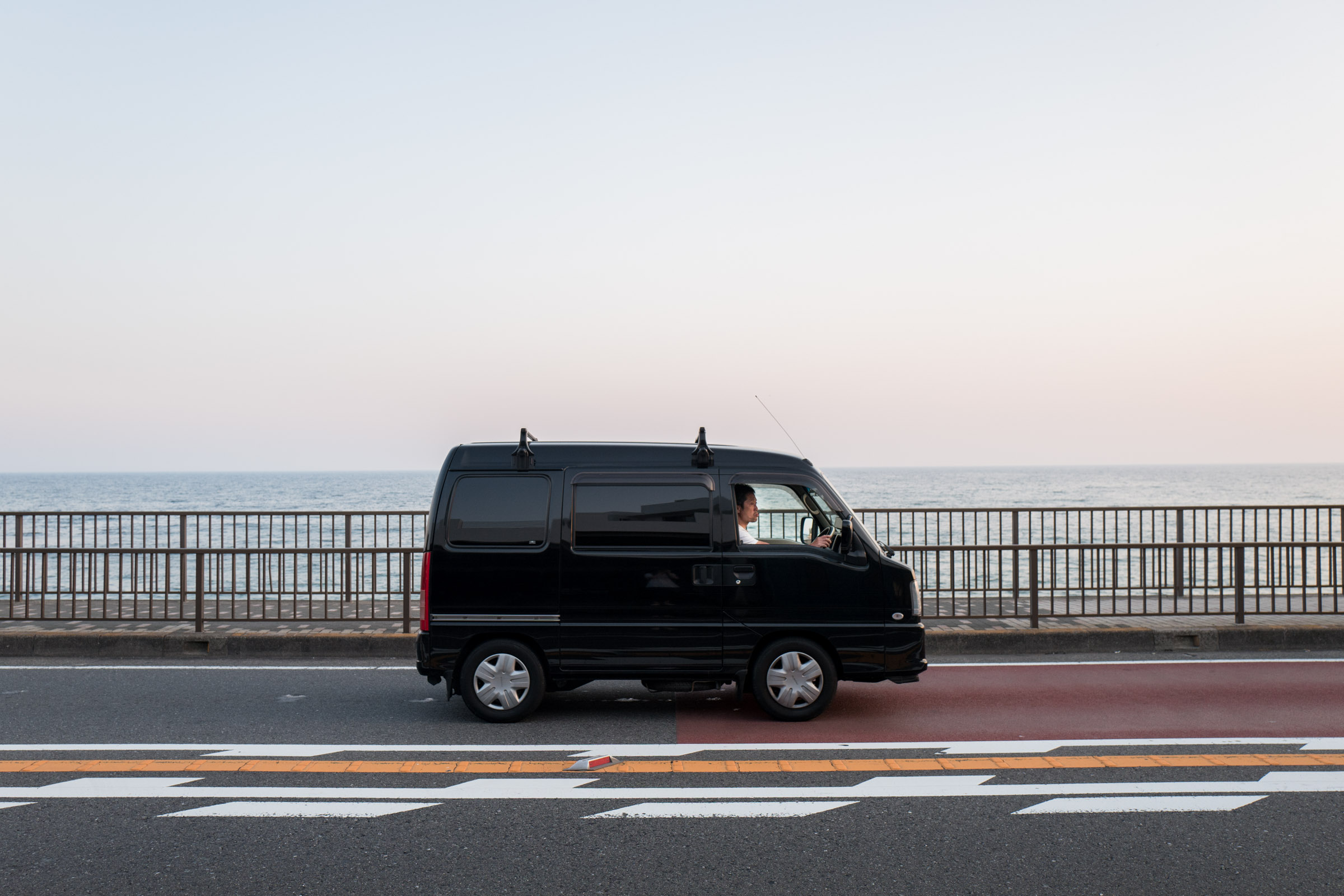

Ended the day with a visit to an onsen. The water was a deep black, like the sand on the nearby beach. Craziness.
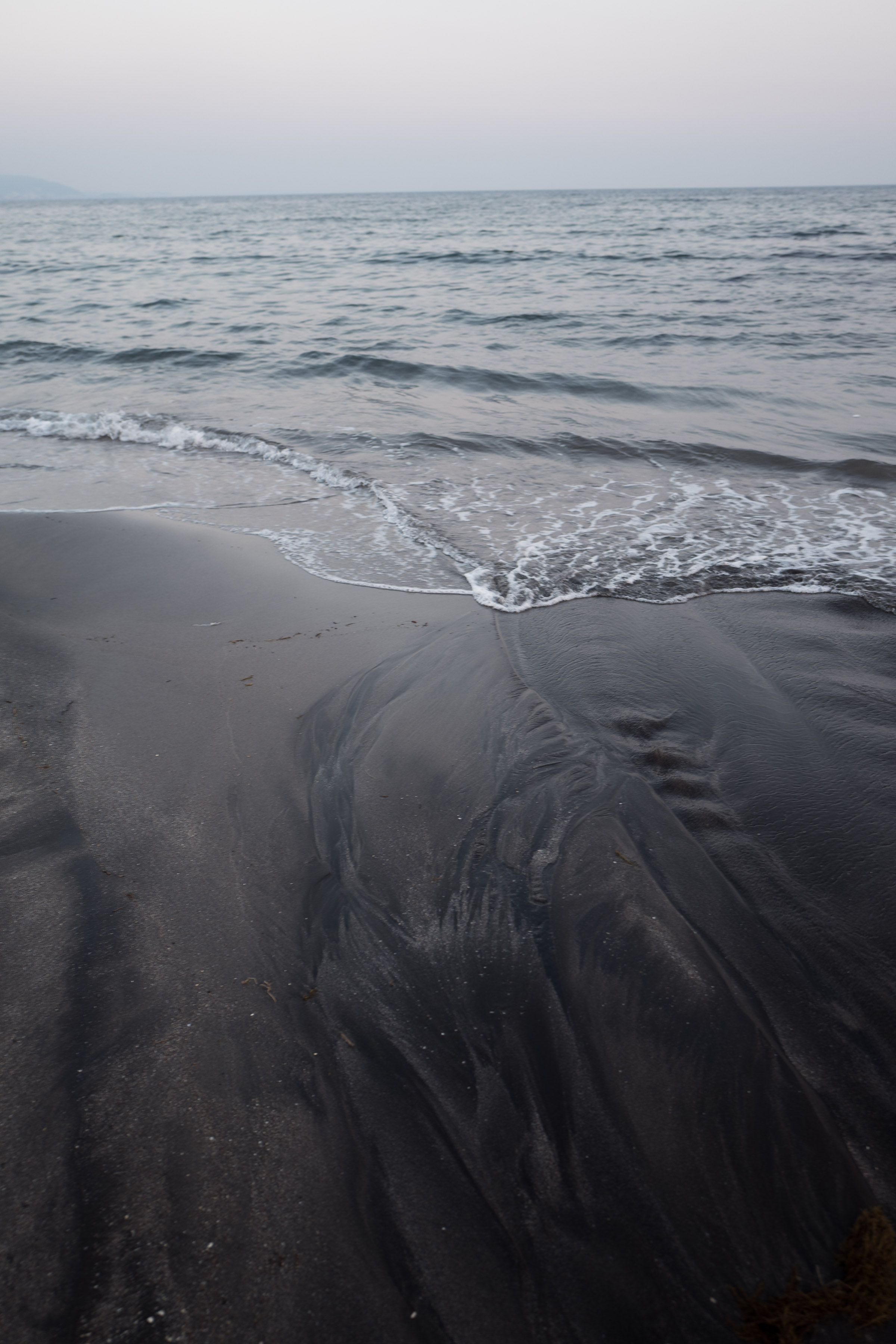
I took the last few days easy, visiting bookstores and eating lots of noodles. Also visited a bunch of neat buildings in Tokyo: Omotesando Hills, the Nakagin Capsule Tower, and, of course, the Tokyo Tower.
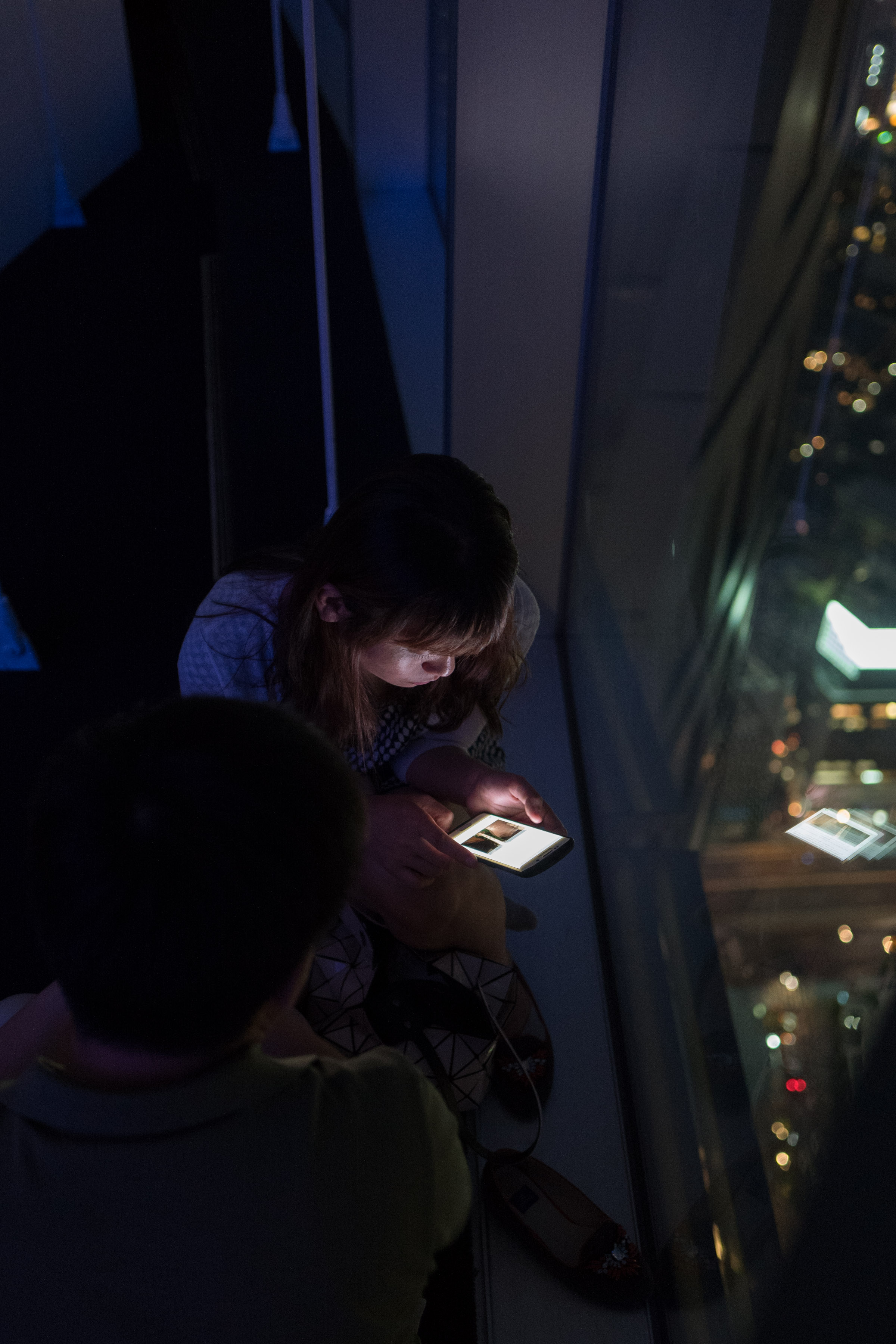
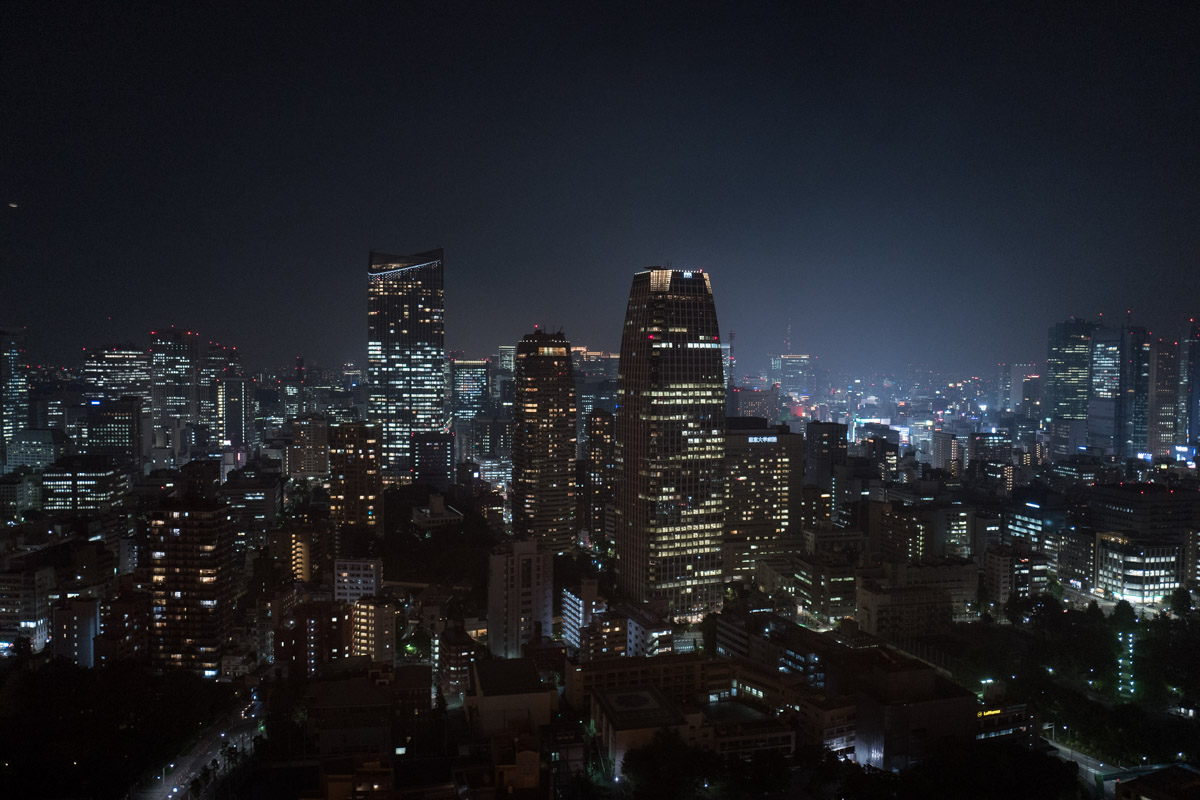
Pretty much it. I filled myself with melonpan and caffeine at the airport, then caught my flight back home.
